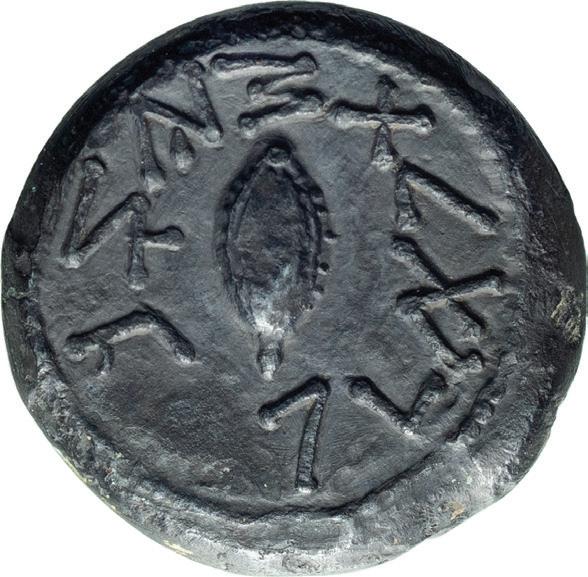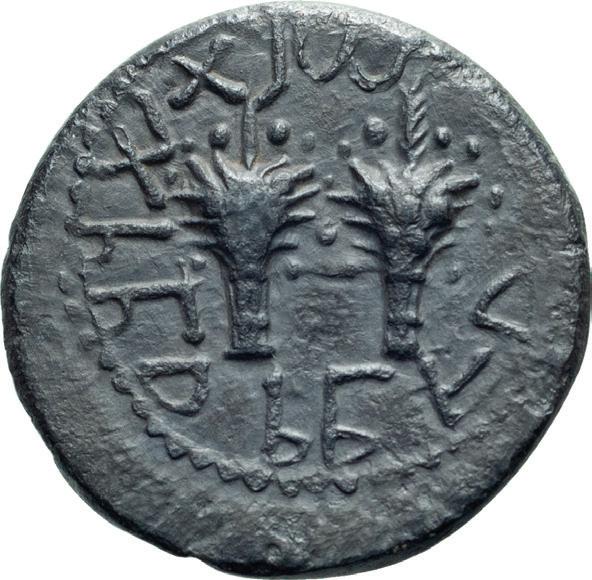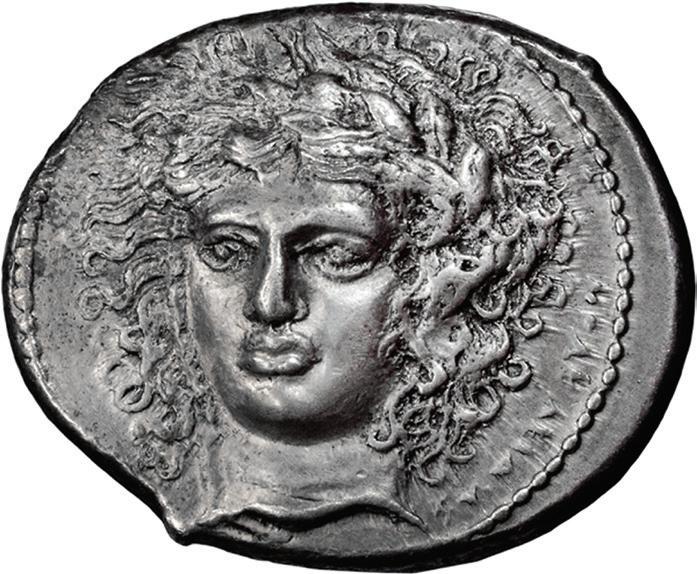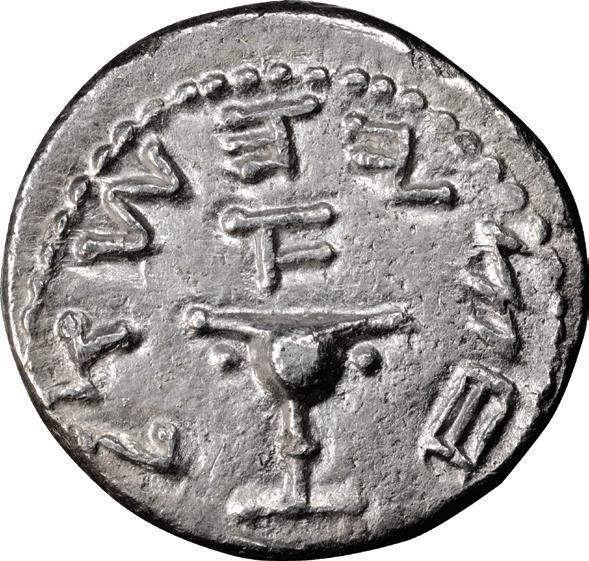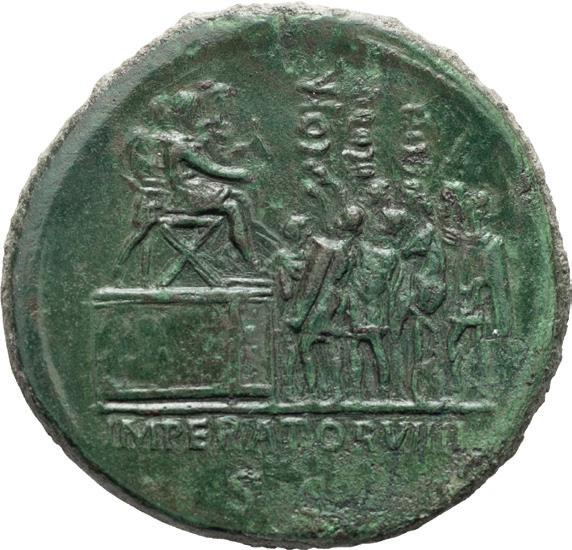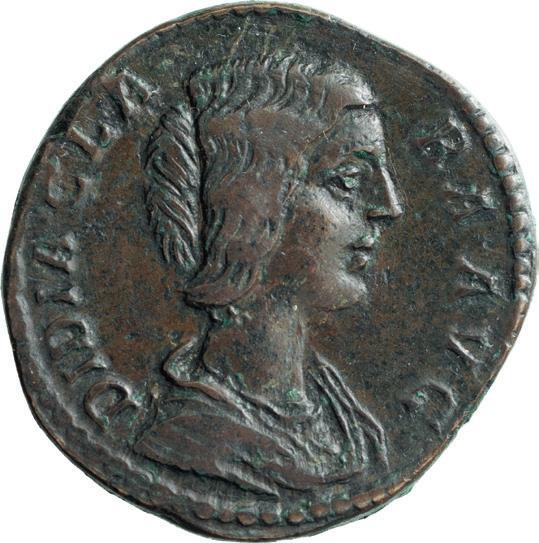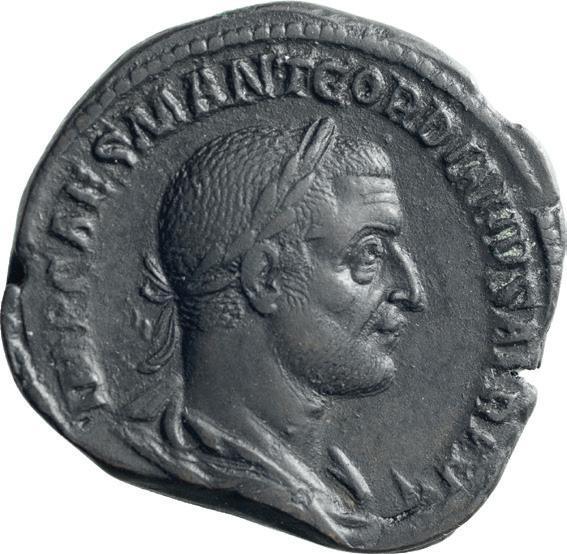Harlan J. Berk, Ltd.
The
Experts
Harlan J. Berk, Ancients • Aaron Berk, Ancients & Antiquities
Curtis Clay, Roman • Phil Davis, Ancients • Jay Harper , Ancients • Jennifer Saban, Antiquities • Laura Wakeland, World Pablo Saban, IT Manager • Photos & Videos by Andrew Steiner & Tara Kline • Layout by Aaron Berk
Harlan J. Berk, Ltd. has presented an innovation in antiquities and numismatics for some time now. The system is simple. When you want an antiquity or coin in the sale, just bid the estimated price by phone, fax, web site, email or post. We will send you the antiquity or coin immediately with no buyer’s fees and no waiting for the closing of the sale. Any and all antiquities or coins not sold before the closing date will be sent to the highest bidder after June 22. All items carry a lifetime guarantee of authenticity. EXAMPLE—You bid estimate on an item valued at $100.00 and if your bid is the 1st to reach us, you will receive the item immediately at $100. If on the other hand, you bid $75.00 on the same item and are still the high bidder at the end of the sale, the item will be mailed to you after the closing. There is a 2.5% fee for credit card use.


If you are ever in the area, stop in to see us! Of course, it’s best to call first. Harlan J. Berk, Ltd. reserves the right to refuse any bids.
GOLD
1. FOURRÉE 1/6 STATER; Dawn of Coinage Ionia, Uncertain Mint, 650-600 BC, Typeless striated Fourrée, 1/6 Stater, 2.14g, Boston-1746. This coin proves that there have always been dishonest people. aEF 850
2. IONIA UNCERTAIN EL HEMIHEKTE; 7th cent. BC, EL Hemihekte (1/12 Stater), 1.24g. SNG Aulock-7763, SNG Kayhan-676. Obv: Smooth raised lump. Rx: Incuse square. Ex Naumann E57, September 2017, lot 211. EF 1850
3. IONIA, UNCERTAIN MINT, 1/24 STATER; Ionia, Uncertain Mint, 600-550 BC. 1/24 Stater, 0.74g. Rosen-365. Obv: Raised clockwise swastika pattern. Rx: Quadripartite square. EF 600
Croesus
4. LYDIA, CROESUS, 1/12 HEAVY GOLD STATER; 565-546 BC, 1/12 Heavy Gold Stater, 0.86g. Berk-13. Obv: Confronted foreparts of a roaring lion and a bull. Rx: Incuse punch. Extremely rare. EF 4500
5. IONIA, SAMOS; c. 600-525 AD, EL Hemihekte, 1.38g. HGC-1170, SNG Kayhan-629. Obv: Irregular markings. Rx: Incuse square with irregular interior. Ex Naumann 57, September 2017, lot 258. EF 2000
Marine Deity
6. PHOENICIA, ARADUS 1/12 SHEKEL; c. 400-380 BC, 1/12 Shekel, 0.55g. SNG Cop-6, HGC-10. Obv: Half-length bust of marine deity facing, head r., holding fish in each hand. Rx: Prow of galley r. above dolphin; all in pelleted square within incuse square. Scarce. Extremely interesting type. gEF 2000
7. AETOLIAN LEAGUE; c. 239-229 BC, Half-stater, 4.30g. Tsangari, p. 75, 459, pl. 24. BM-4 (same dies), Mørkhom -pl. 35, 515. Obv: Head of young Herakles r., wearing knotted lion-skin headdress. Rx: ΑΙΤΩΛΩΝ Aetolia personified, seated r. on a pile of Celtic shields, wearing causia, short chiton, chlamys and endromides, with sword slung around waist; holding spear and wreath-bearing Nike; Artemis running r. in lower r. field, quiver at shoulder; monogram in exergue. The figure of Aetolia sitting on Celtic shields might allude to a votive statue at Delphi, donated by the Aetolians in memory of their victories against the Celtic tribes invading Central Greece from 281 on, particularly the rescue of Delphi in 279 BC. Once situated at the rear front of the temple of Apollo, the statue is now lost, cf. M.F. Courby, La terrasse du temple, Fouilles de Delphes II 1 (Paris 1927), pp. 288-291. The date of the offering is less clear. It is possible that the statue was not erected before 243 BC when the Aetolians started to celebrate the Soteria festivals at Delphi which referred to their victory some 30 years earlier. Very rare; we find no other examples offered in the past 20 years. Ex Gemini IX, 9 January 2012, lot 85. Ex Gemini VI, 10 January 2010, lot 89. Near MS 16500
8. PTOLEMAIC, PTOLEMY IV, 222-204 BC; Alexandria, c. 217 BC, Mnaieion (Octodrachm), 27.74g. Svoronos-1117, SNG Cop-196, CPE-888. Brett, “Benha hoard,” ANSMN IV, 27 (same obverse die). Obv: Radiate and diademed bust of deified Ptolemy III r., wearing aegis with trident resting on his shoulder. Rx: Radiate cornucopia bound with royal diadem, regal title around; ΔΙ to r. of tip. Around the time of the Fourth Syrian War, Ptolemy IV had these gold coins struck in memory of his father, to commemorate the great victories over the Seleucids in the Third Syrian War. Previous to the battle in order to promote victory, the Queen, Arsinoe III, promised two gold minae for each
soldier if the Ptolemaic army was successful. Following the victory, one-mina coins of this type were undoubtedly given out. Ex Gemini IV, 8 January 2008, lot 274. This is an unusual coin, in that it shows a portrait of the previous king, instead of the queen, Arsinoe III. It shows why Cleopatra was so popular, because of the enormous wealth the Ptolemaic empire commanded. No other empire does regular issues of gold this large. Highest points of obverse flatly struck as result of high relief. MS 17000
9. KUSHANO-SASSANIAN, VAHRAN (BAHRAN) I GOLD DINAR; 335-370 AD. Gold dinar, 7.88g, Kabul mint. Sunrise-1021. Obv: Bahran standing l., wearing horned headdress and sword, flames at shoulders, sacrificing at altar and holding trident, between filleted trident on l. and monogram on r. Rx: Siva standing front holding diadem and trident; behind, the bull Nandi standing l. Mint State 2850
The Huns
10. CENTRAL ASIA. ALCHON HUNS; CENTRAL ASIA. Alchon Huns. King Khingila, c. 440-490 AD. Pale gold dinar, 7.03g, Gandhara mint. Obv: Khingila standing l., sacrificing at altar and holding scepter; filleted trident to l., tamgha to r., Bactrian inscription around. Rx: Siva facing, holding diadem and trident; behind, the bull Nandi standing l. Alram-29; Göbl, Dokumente, Em.-85; Vondrovec-85c. EF 875
11. TITUS AS CAESAR; 70-79 AD, Rome, 77-8 AD, Aureus, 7.30g. BM-223; C-64 (50 Fr.); Calicó-738a; RIC-954 (C); Paris-199, pl. XXXIII (same dies). Obv: T CAESAR IMP - VESPASIANVS Head laureate r. Rx: COS VI in exergue, Roma seated r. on oval shields, l. foot drawn back and set on helmet, r. hand in lap, l. holding transverse spear; before her, Wolf and Twins; eagles flying behind and in front of her. The reverse is copied from the anonymous Republican denarius of c. 115 BC, Crawford 287/1, pl. XL. Hairlines in obverse field. aEF 11000
12. JUSTIN I AND JUSTINIAN I; 4 April - 1 August 527. Constantinople, Solidus, 4.48g. Berk-41 var., MIB-1a. Obv: D N IVSTI[N ET IVSTIN]IAN PP AVC Justin and Justinian, both nimbate, seated facing with their hands clasped on their breasts; in exergue CONOB. Rx: Angel standing facing holding long cross and cross on globe, legend VICTORI - A AVCCC followed by flat-struck officina letter, star in lower r. field removed from fresh die, in exergue CON[OB]. Part of obverse at 11 to 12 o’clock flatly struck, as well as the corresponding parts of reverse. MS 3850
13. JUSTINIAN II, FIRST REIGN, 685-695 AD; Constantinople, c. 692-695 AD, Solidus, 4.37g. Sear-1248, Berk-186 var., DO-7b, MIB-8. Obv: Facing portrait of Christ with cross behind head; he has long hair and full beard, wears pallium and colobium, and raises r. hand in benediction; he holds book of Gospels in l. Rx: Justinian, wearing crown and loros, standing facing, holding cross potent. First portrait of Christ on a coin. Ex Gemini XI, 12 January 2014, lot 580. Ex Gemini IV, 8 January 2008, lot 537. This and the next lot are first portraits of Christ on a coin, and show him virtually in the form of Zeus. Extremely lustrous. MS 6000
14. JUSTINIAN II; Constantinople, c. 692-695 AD, Solidus, 4.39g. Berk-186, S-1248, MIB-8. Obv: IhS CRISTOS REX - REGNANTIUM Facing bust of Christ with cross behind head, raising r. hand in benediction and holding book of Gospels in l. Rx: D IUSTINIANUS SERU ChRISTI Δ (officina 4) Justinian standing facing, holding cross potent set on two steps and akakia, CON-OΓ in exergue. First portrait of Christ on a coin. Extremely well-struck. MS 5000
“The
Tel: (312) 609-0018 31 N. Clark Street • Chicago, Illinois 60602 Fax: (312) 609-1309 www.hjbltd.com Email: info@hjbltd.com Established 1964 Facebook/Harlan J. Berk, Ltd. Twitter/Team_HJB Istagram/HJB_Coins 223rd BUY OR BID SALE
Art & Science of Numismatics”
2023 ALL COINS AND ANTIQUITIES GUARANTEED GENUINE NO BUYERS FEES! HJBLTD.COM FOR VIDEOS OF EACH LOT VISA DISCOVER MASTERCARD AMERICAN EXPRESS BITCOIN
Closing Date is June 22nd,
15. TIBERIUS III; 698-705 AD. Constantinople, Solidus, 4.34g. Berk-193, Sear-1360, MIB-1. Obv: D TIbERI - US PE - AV Bust facing, with short beard, wearing crown and cuirass, and holding spear diagonally across body and shield. Rx: VICTORIAAVSU A (officina 1) Cross potent on three steps, CONOB beneath. Some areas of legend flatly struck. Mint State 1675
2nd Portrait of Christ
16. JUSTINIAN II, SECOND REGIN, WITH TIBERIUS; 705-711 AD. Constantinople, Solidus, 4.49g. Sear-1415, Berk-201, MIB-2b. Obv: Bust of Christ facing, cross behind head, raising r. hand in benediction and holding Gospels in l.; Latin legend “Jesus Christ, King of Kings”. Rx: D N IUSTINIANUS ET TIbERIUS
PP A’ Crowned, facing busts of the two emperors, holding between them cross potent on two steps. Purchased from Victor England, 1992. This coin shows the second portrait of Christ, looking like a typical Greek of the period. By contrast, the first issue showed him in the form of Zeus. There is a touch of flat striking on the hair of Justinian. After this issue, a portrait of Christ does not reappear for over 200 years.
MS 3250
17. CONSTANTINE V; 741-775 AD. Constantinople, c. 741-51 AD, Solidus, 4.40g. Berk-225, Sear-1550. Obv: G N CO - N - StANtINUC Crowned frontal bust of Constantine V with short beard, holding cross potent and akakia. Rx: G - LEO - N P A MULt Crowned frontal bust of Leo III (the emperor’s deceased father) with short beard, holding cross potent and akakia. Mint State 1600
18. CONSTANTINE VI AND IRENE; Constantinople, c. 792-7 AD, Solidus, 4.47g. Berk-235, DO-3, S-1594. Obv: IR[InH] - AΓOVStI Bust of Irene facing, wearing crown and loros, and holding cross on globe and cruciform scepter. Rx: COnSTAntInOS bAS’Θ Bust of Constantine VI facing, beardless, wearing crown and chlamys, and holding cross on globe and akakia. Mint State 6000
19. ROMANUS I AND CHRISTOPHER; Constantinople, 921-31 AD, Solidus, 4.33g. Berk-276, DO-7, Sear-1745. Obv: + IhS XPS REX REGnanTIUM* Nimbate Christ enthroned facing, raising r. hand and holding Gospels in l. Rx: ROmAn’ET XPISTOFO’AUGG b’ Facing busts of the two emperors, holding between them long patriarchal cross. Unusually well struck for this issue. Flawless in all images. MS 3750
20. CONSTANTINE IX; Stamenon Nomisma, 4.41g. Berk-302, Sear-1829. Obv: Christ seated facing, wearing nimbus cruciger. Rx: Bust of Constantine IX facing, bearded, wearing crown, loros and saccos, and holding long cross and globe surmounted by pelleted cross; triple border of dots. EF 550
21. MICHAEL VIII HYPERPYRON; Constantinople, Hyperpyron, 4.19g. Berk-364, Sear-2242. Obv: Bust of Virgin orans within city walls with six groups of towers. Rx: Michael, l., kneeling before seated Christ who holds scroll, and supported by St. Michael. EF 800
22. ANDRONICUS II AND ANDRONICUS III HYPERPYRON; 1282-1328 AD. Constantinople, Hyperpyron, 3.66g. Berk-368, Sear-2461. Obv: Bust of the Virgin orans within city walls with four groups of towers; lis to l., A to r. Rx: Andronicus II and Andronicus III kneeling to l. and r. of Christ standing facing and crowning both of them. EF 450
23. ANNA OF SAVOY, ANDRONICUS III AND JOHN III HYPERPYRON ; Constantinople, Hyperpyron, 3.32g. Sear-2466. Obv: Anna and John V standing facing; Anna holding a trefoil-headed scepter in her r. hand; John holding a cross scepter in l. hand and akakia in r.; ANNA upward on l. Rx: Andronicus III on l., kneeling before Christ, standing on r., who holds his hand above him in benediction; fragments of ANDPONIKOC vertically downward. Although horribly struck as usual, the image of Anna, within the context of this issue is relatively good. Many areas of flat striking, but still good for issue. EF 1250
GREEK SILVER
24. GAUL, MASSALIA. OBOL; c. 400 BC, Obol, Pozzi-16, De La Tour-689, SNG Cop-723. Obv: Youthful head of Apollo l. Rx: Wheel of four spokes with M - A between the spokes. EF 200
25. CAMPANIA, NEAPOLIS; 346-241 BC, Didrachm, 6.86g. SNG ANS-288 (same obv. die, no O below bull on rev.). Obv: Head of nymph l. Rx: Man-headed bull standing l., head facing; above, Nike flying l., crowning bull; below bull, letter O; ethnic [NEYΠOΛITHΣ] in exergue is off flan. Rare with letter O below bull; for another specimen, with nymph head right on obverse and from a different reverse die, see SNG ANS-291. VF 550
26. CALABRIA, TARENTUM; c. 355-340 BC, Stater, 8.22g. Vlasto-448. Obv: Horseman riding r., carrying large shield; below horse, sideways T. Rx: Taras astride dolphin l., holding out one-handled vase; TAPAΣ along r. edge, Π and waves below dolphin. MS 1400
27. CALABRIA, TARENTUM; c. 355-340 BC, Stater, 7.90g. Vlasto-584. Obv: Naked rider on prancing horse r., lancing downwards; behind, round shield and two additional lances; ΣA below horse. Rx: Taras astride dolphin l. over waves; holding distaff, eagle in l. field; behind, TAPAΣ in small letters and large ivy leaf; ΦΙ between dolphin and waves. MS 1500
28. CALABRIA, TARENTUM; c. 355-340 BC, Stater, 7.67g. Cf. Vlasto-628. Obv: Naked rider on prancing horse r., lancing downwards; behind, round shield and two additional lances; ΣA below horse. Rx: Taras astride dolphin r., holding strung bow and two arrows before him and a third arrow horizontally behind him; along l. edge
TAPAΣ, below dolphin [T]HP and HP. MS 1500
29. CALABRIA, TARENTUM; c. 355-340 BC, Stater, 7.91g. Cf. Vlasto-657. Obv: Naked boy seated r. and crowning himself on horse standing r. and raising r. foreleg; below horse, letters ΣA and Ionic capital. Rx: Taras astride dolphin l., holding a water snake in his r. hand; to r., TAPAΣ; below, KO[M]. MS 1500
30. CALABRIA, TARENTUM; c. 355-340 BC, Stater, 7.85g. Cf. Vlasto-686. Obv: Naked horseman cantering l., holding small round shield; below, ΦIΛΩN. Rx: Taras
astride dolphin l., holding out Nike who crowns him; waves beneath, TAP[AΣ] along r. edge. MS 1250
31. CALABRIA, TARENTUM; c. 355-340 BC, Stater, 7.74g. Vlasto-687. Obv: Naked horseman cantering l., holding small round shield; to r. ΣI, below ΦIΛΟKΛHΣ. Rx: Taras astride dolphin l., holding out wreath; TAPAΣ along r. edge, ΛYA below. Some area of reverse softly struck. MS 1500 Boy Picking Pebble
32. CALABRIA, TARENTUM; c. 344-334 BC, Stater, 7.76g. Vlasto-510. Obv: Naked rider crowns standing horse, boy picks pebble from hoof beneath. Rx: Taras on dolphin holding shield, trident and kantharos, waves below. Within the series of Tarentum, and in fact within the entire Greek series, an image as sensitive as this is rarely shown. The figure of the boy seated below the horse, removing a pebble, gives a sensitivity not otherwise seen in the ancient series. The boy’s image is beautifully struck, even showing the details of his face. MS 3850
33. CALABRIA, TARENTUM; c. 302-280 BC, Stater, 7.84g. Vlasto-679, SNG ANS1057, HN Italy-963. Obv: Nike standing r, restraining prancing horse l.; rider holds shield. Rx: Taras, holding shield, riding dolphin l. over waves. Ex NAC 51, 5 March 2009, lot 495. Unusual obverse, showing Nike restraining a prancing horse. MS 2450
34. CALABRIA, TARENTUM; 302-281 BC, Drachm, 3.17g. SNG ANS-1303, Vlasto-1047. Obv: Helmeted head of Athena r., on helmet Scylla hurling stone. Rx: Owl with closed wings standing r., head facing, on olive sprig to r.; on l., TAP upwards; on r., IO[P] upwards. Toned. aEF 1400
Signed by Herakleidas
35. SICILY, KATANE, OBVERSE DIE SIGNED BY HERAKLEIDAS; ca. 405-403/2 BC, Tetradrachm, 17.17g. HGC-576, SNG ANS-1257, BMC-33, Gulbenkian-192/193, Jameson-547. Obv: Head of Apollo facing slightly, wearing laurel wreath; HPAKΛEIΔAΣ to r. Rx: Charioteer, holding kentron in r. hand, reins in both, driving quadriga r.; above, Nike flying l., crowning charioteer with open laurel wreath held in both hands; Ionic column in r. background; in exergue, KATANAIΩN above crawfish r. From a European Collection assembled between early 70’s and late 90’s. This is one of the more magnificent issues of the Greek series. The obverse is complete, and utterly magnificent. The fact that this issue is rare can relate to two ideas: one is that within the Greek period, some Greek cities issued magnificent coins to show future generations how relevant they were; also, this issue could have been minted and given out as awards to important citizens. Reverse flatly struck on left side, otherwise in wonderful condition. gEF SOLD
36. SICILY, HIERONYMOS; 215-214 BC. 10 Litra, 8.38g. SNG ANS-1028. Obv: Head of king l. Rx: Winged thunderbolt, KI above. The lack of sideburns on this portrait of Hieronymos indicates it was struck before he made the fatal error of aligning himself with Hannibal. EF 4250
37. MACEDONIA, ALEXANDER I, C. 498-454 BC; Struck c.492-480/79 BC, Drachm, 4.25g. SNG ANS-6, Svoronos-pl. XII, 7 (Bisaltai); Pozzi-698; Traité-1497; Raymond-pl. II, 18 var. Obv: Horseman wearing chlamys and petasos, holding two spears and leading horse. Rx: Quadripartite incuse. Rare. VF 1850
38. THRACO-MACEDONIA TRIBES, THE BISALTAE, MOSSES; Drachm, 2.79g. SNG ANS-1017 (Paeonia), Traité-pl. XLVI, 21; Raymond-pl. VI, b. Obv: Horseman wearing petasos, holding two spears and leading horse; helmet in upper l. field. Rx: MOΣΣEΩ around shallow quadripartite incuse. Raymond argues that Mosses was perhaps one of the semi-independent tribal chieftains mentioned by Thucydides, rather than a ruler of the Bisaltae (p. 115, n. 14). Rare. aVF 650
39. CHALCIDIAN DISTRICT, OLYNTHUS; c. 355 BC, Tetradrachm, 13.98g. Robinson-Clement 115 (same dies), SNG ANS-474, Sear-1430. Obv: Laureate head of Apollo r. Rx: X - A - [Λ - KIΔ] - EΩN Cithera. Ex Berk 138, 1 June 2004, lot 92. Obverse struck in high relief. Wonderful detail, especially of full design of leaves on wreath. EF 7000
40. MACEDONIA, ALEXANDER III THE GREAT; 336-323 BC. Pella, c. 275-270 BC, Tetradrachm, 17.00g. Price-621. Obv: Head of Herakles r. wearing skin of lion’s head with mane. Rx: ΑΛΕΞΑΝΔΡoΥ Zeus enthroned l. holding eagle and scepter; crested helmet in l. field, OK monogram under throne. VF 985
42. MACEDONIA, ALEXANDER III THE GREAT; c. 310-275 BC, Uncertain Mint in Greece or Macedonia, Drachm, 4.30g. Price-862. Obv: Head of Alexander r. in lionskin headdress. Rx: ΑΛΕΞΑΝΔΡoΥ Zeus enthroned l. holding eagle and scepter; aplustre (weakly struck) in l. field. EF 350
43. MACEDONIA, ALEXANDER III THE GREAT; 336-323 BC. Magnesia ad Maeandrum, c. 305-297 BC, Drachm, 4.09g. Price-1991. Obv: Head of Alexander r. in lionskin headdress. Rx: ΑΛΕΞΑΝΔΡo[Υ] Zeus enthroned l. holding eagle and scepter; lion’s head l. in l. field, AP monogram under throne, E in r. field. Toned. aEF 250
44. MACEDONIA, ALEXANDER III THE GREAT; 336-323 BC. ‘Colophon’, c. 323-319 BC, Drachm, 4.22g. Price-2266. Obv: Head of Alexander r. in lionskin headdress. Rx: ΑΛΕΞΑΝΔΡoΥ Zeus enthroned l. holding eagle and scepter; wheat ear under throne, spear head in r. field. EF 240
45. MACEDONIA, ALEXANDER III THE GREAT; Mylasa, c. 310-300 BC, Drachm, 3.97g. Price-2493. Obv: Head of Herakles r. wearing skin of lion’s head with mane. Rx: AΛΕΞΑΝΔ[ΡoΥ] downwards on r., Zeus enthroned l. holding eagle and scepter; cult image of Artemis Kindyas in l. field. VF 700
46. MACEDONIA, ALEXANDER III THE GREAT; 336-323 BC. Uncertain mint in western Asia Minor, c. 323-280 BC, Drachm, 4.22g. Price-2730 var. (position of control). Obv: Head of Herakles r. in lion-skin headdress. Rx: Zeus enthroned l., retrograde N in l. field. gVF 375 Temnos Mint
47. MACEDONIA, ALEXANDER III THE GREAT; 336-323 BC. Temnos,










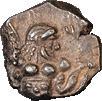

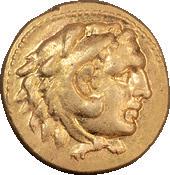
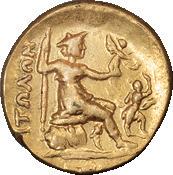
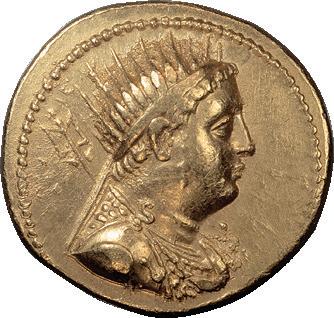
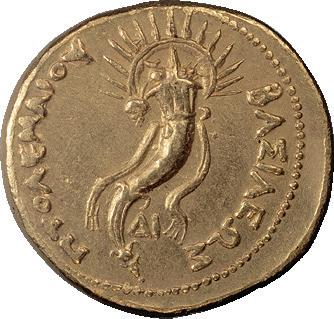


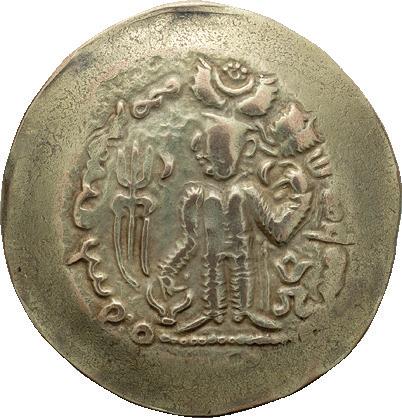
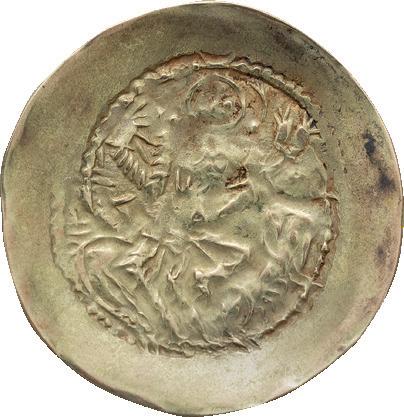
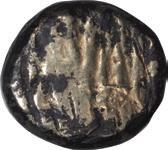
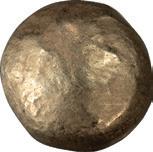


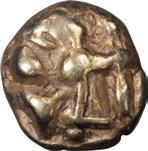




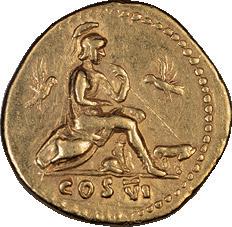
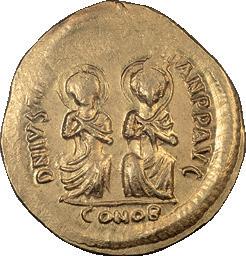



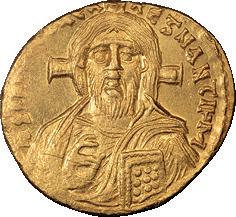
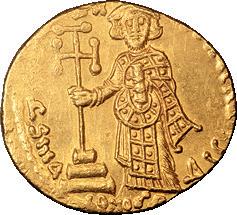





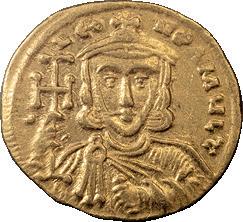

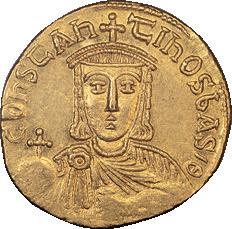

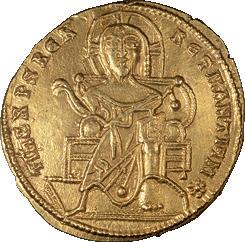
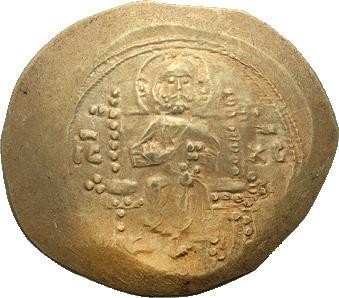
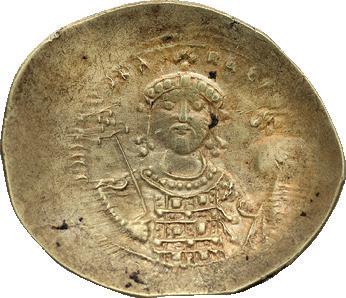
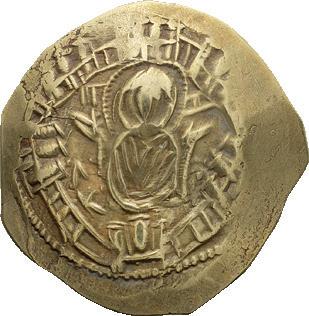





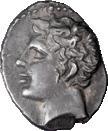
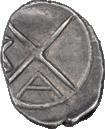



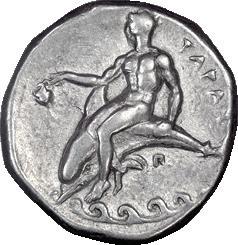

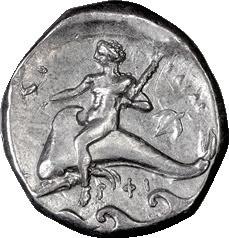


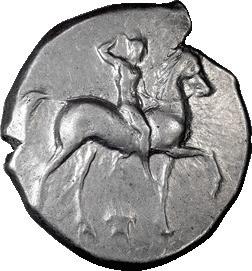

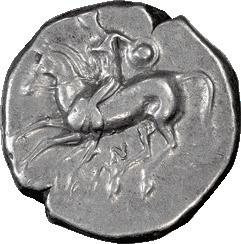
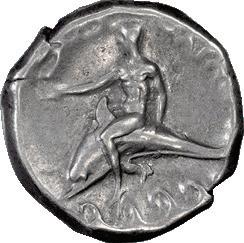


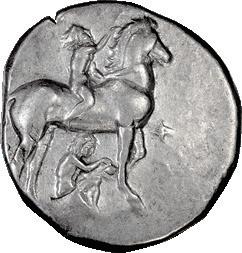

1 10 9 6 8 3 19 24 2 7 12 4 5 16 22 14 28 15 25 27 30 11 31 18 21 13 17 20 23 29 26 32
c. 188-170 BC, Tetradrachm, 16.66g. Price-1686. Obv: Head of Herakles r. Rx: ΑΛΕΞΑΝΔΡΟΥ Zeus enthroned l., holding scepter and eagle; monogram and E above oenochoe beneath vine tendril in l. field. Toned. EF 1800
48. MACEDONIA, PHILIP III; 323-317 BC. Babelon, Tetradrachm, 16.80g. Price-P181. Obv: Head of Herakles r., wearing lion-skin headdress. Rx: ΦIΛIΠΠo[Y] on r., [BAΣIΛEΩΣ] in exergue (mostly off flan), Zeus seated l. holding eagle and scepter, M in l. field, ΛY under throne. Toned; reverse flatly struck. EF 500
49. MACEDONIA, PHILIP III; 323-317 BC. Babylon, c. 323-317 BC, Tetradrachm, Price-P182. Obv: Head of Herakles r. wearing skin of lion’s head with mane. Rx: Zeus enthroned l. holding eagle and scepter; M l., B under throne. VF 675
50. MACEDONIA, PHILIP III; 323-317 BC, Babelon, Tetradrachm, 17.06g. Price-P202. Obv: Head of Herakles r., wearing lion-skin headdress. Rx: ΦIΛIΠΠoY on r., [BAΣ]IΛEΩ[Σ] in exergue, Zeus seated l. holding eagle and scepter, wheel and monogram [TE] (off flan) in l. field, second monogram under throne. Wonderful obverse die; the obverse of this coin was done by the same hand that issued the wonderful tetradrachms attributed to Ptolemy I, that show the rose and other excellent images. EF / VF 1550
51. MACEDONIA, ALEXANDER III THE GREAT; Lampsacus, c. 323-317 BC, Drachm, 3.60g. Price-P16 (p. 214). Obv: Head of Herakles r. wearing lionskin headdress. Rx: ΦIΛIΠΠoY Zeus seated l. holding eagle and scepter; in l. field buckle and the letter A below crescent. Reverse double-struck. EF 335
52. PAEONIA, PATRAOS; c. 340-315 BC, Tetradrachm, 12.40g. SNG ANS-1032. Obv: Laureate head of Apollo r. Rx: [ΠΑΤPΑοΥ] Horseman in crested helmet riding r., spearing fallen enemy carrying Macedonian shield; behind horse, kantharos. Ex Paeonian Hoard; same dies as no. 185 in the hoard. Test cut on reverse. EF 575
53. PAEONIA, PATRAOS; c. 340-315 BC, Tetradrachm, 12.53g. BM-4. Obv: Laureate head of Apollo r. Rx: Π - ΑΤPΑοΥ Horseman in crested helmet riding r., spearing fallen enemy carrying Macedonian shield. Ex Paeonian Hoard; same obverse die as Paeonian Hoard-1030. VF 600
54. PAEONIA, PATRAOS; c. 340-315 BC, Tetradrachm, 12.57g. BM-4. Obv: Laureate head of Apollo r. Rx: [ΠΑΤPΑοΥ] Horseman in crested helmet riding r., spearing fallen enemy carrying Macedonian shield. Ex Peonian Hoard; cf. no. 373 in the hoard. Crude obverse die, but since the reverse is well done, it suggests that this coin is not imitative, but rather was made by a local die-maker to produce money in a hurry, to pay the troops. EF 500
55. PAEONIA, PATRAOS; c. 335-315 BC, Tetradrachm, 12.71g. BM-4. Obv: Laureate head of Apollo r. Rx: Π - A[ΤP]AoY Horseman in crested helmet charging r., spearing fallen enemy carrying Macedonian shield. Ex Paeonian Hoard. End of king’s name legible. EF 750
56. MACEDONIA UNDER ROMAN RULE; Amphipolis, 158-149 BC, Tetradrachm, 16.87g. SNG Cop-1314. Obv: Bust of Artemis r. within Macedonian shield. Rx: Club of Herakles, inscription and monograms within wreath; thunderbolt to l. Formerly slabbed, NGC Ch XF Strike 5/5, Surface 4/5. EF 1250
Exceptional Life-like Scene
57. THRACE, THASOS; c. 435-411 BC, Stater, 8.99g. SNG Cop-1011; Le Rider, Thasiennes-6. Obv: Ithyphallic satyr kneeling r. and carrying nymph, who raises r. hand in protest. Rx: Quadripartite incuse square. Scarce later issue, of fully classical style. Ex Nomos 25, 20 November 2022, lot 72. Ex Nomos 16, 10 May 2018, lot 54. Late issue, but much more beautiful and sensitive than the earlier issue by this city. Toned. EF 4000
58. TAURIC CHERSONESUS, CHERRONESUS; c. 400-350 BC, Hemidrachm, 2.29g. Grose-4101. Obv: Forepart of lion r., looking back, paws raised. Rx: Four-part incuse square, the alternate depressions deeper, one of them containing an E followed by a pellet, the other containing a wheat ear (partly off flan). VF 200
59. TAURIC CHERSONESUS, CHERRONESUS; c. 400-350 BC, Hemidrachm, 2.33g. Cf. Grose-4114 and BM-41. Obv: Forepart of lion r., looking back, paws raised. Rx: Four-part incuse square, the alternate depressions deeper, one of them containing an E followed by a pellet, the other containing a bee. EF 250
60. THRACE, LYSIMACHUS, 305-281 BC; Sardes, c. 297/6-287 BC, Tetradrachm, 17.07g. Thompson-86. Obv: Head of Alexander the Great with horn of Ammon r. Rx: Athena enthroned l.; monogram in circle in outer l. field; monogram in exergue. EF 2500
61. PAPHLAGONIA, SINOPE; Magistrate Aregos, c. 330-300, Drachm, 4.98g. HGC399, SNG BM-1481-3. Obv: Head of nymph l., hair in sakkos. Rx: Sea-eagle on dolphin l.; APPE below eagle’s wings, ΣINΩ in exergue. Ex: Nomos 8, 22 October, 2013, lot 161. Ex CNG 88, 14 September 2011, lot 282. EF 1500 Ear;y Didrachm
62. THESSALY, LARISSA; Mid to late 4th cent. BC, Stater, 12.26g. BCD-301. Obv: Head of the nymph Larissa three-quarter facing l., wearing plain necklace and drop pendant earring, her hair held by an ampyx. Rx: Bridled horse trotting r., tail upright and looped; ΛAPI above, [ΣAIΩN] off flan in exergue. Purchased from HJB in 1997. While Larissa didrachms are not particularly rare, the early experimental didrachms which we first identified over thirty years ago look nothing like the design that was settled upon and became very static. These are much freer and far more beautiful. They are more closely reminiscent of the Syracusan facing Arethusa heads from which they were copied. One of the two rare prototype issues of Larissan staters. Virtually MS 9000
Exquisite image of Larissa
63. THESSALY, LARISSA; Early to mid 4th cent. BC, Drachm, 6.08g. Lorber-69, BCD Thessaly II-249. Obv: Head of Larissa three-quarter face r.; v-shaped neckline with central pellet. Rx: Horse grazing r., ΛΑΡΙ above. Exquisite image of Larissa.
Choice EF 1850
64. THESSALY, THESSALIAN LEAGUE; Polyxenos and Eukolos magistrates,
mid-late 1st cent. BC, Stater, 5.85g. BCD-878.2, HGC-210. Obv: Head of Zeus r. wearing oak wreath. Rx: Athena Itonia advancing r., brandishing spear and holding shield; ΘΕΣΣΑ - ΛΩΝ to l. and r., ΠOΛV - ΞEΝ[OV] above spear, [EVKOΛΟΣ] in exergue (mostly off flan). Ex CNG E421, 30 May 2018, lot 121. Toned. EF 385
65. BOEOTIA, THEBES; Federal Coinage, c. 225-171 BC., Drachm, 4.94g. BM-103, cf. Sear-2404. Obv: Laureate head of Poseidon r. Rx: [B]OIΩTΩN on r. downwards, Nike standing l. holding [wreath] and trident, whose head is off flan; in l. field monogram resembling ΠΠ topped by A. Reverse flatly struck. aEF 225
66. BOEOTIA, THEBES; Federal Coinage, c. 225-171 BC., Drachm, 5.04g. BM-99, cf. Sear 2404. Obv: Laureate head of Poseidon r. Rx: BOIΩTΩN on l. downwards, Nike standing l. holding [wreath] and trident, whose head is off flan; AV monogram in inner l. field. Toned. VF 280
67. BOEOTIA, TANAGRA. OBOL; Early-mid 4th cent. BC, Obol, 0.90g. BCD-277 (this coin), SNG Cop-230, Dewing-1499. Obv: Boeotian Shield. Rx: Forepart of Horse, T in l. field, A in r. field. Ex BCD Collection, Triton IX, 10 January 2006, lot 277; ex V. Luneau Collection Part I, C. Platt, 27 March 1922, lot 494. VF 200
68. BOEOTIA, TANAGRA. OBOL; Early-mid 4th cent. BC, Obol, 0.84g. BCD-290. Obv: Boeotian Shield. Rx: Forepart of Horse, T in l. field, A in r. field. aVF 125
69. EUBOEA, HISTIAIA; 3rd cent. BC until 146 BC, Tetrobol, 2.40g. BM-56. Obv: Head of nymph Histiaea wearing wreath formed of bunches of grapes. Rx: IΣTIAI - EΩN Nymph Histiaea seated r. on stern of galley, which is usually decorated with wing. EF 325
70. EUBOEA, HISTIAIA; 3rd cent. BC until 146 BC, Tetrobol, 2.43g. BM-56. Obv: Head of nymph Histiaea wearing wreath formed of bunches of grapes. Rx: IΣTIAI - EΩN Nymph Histiaea seated r. on stern of galley, which is usually decorated with wing. EF 260
71. EUBOEA, HISTIAIA; 3rd cent. BC until 146 BC, Tetrobol, 2.33g. BM-56. Obv: Head of nymph Histiaea wearing wreath formed of bunches of grapes. Rx: IΣTIAI - EΩN Nymph Histiaea seated r. on stern of galley, which is usually decorated with wing. EF 180
Wappenműnzen
72. ATTICA, ATHENS OBOL; c. 545-515 BC, Obol, 0.60g. Seltman pl. 4, SNG Cop8. Obv: Four-spoked wheel. Rx: Irregular incuse. Ex Salton Collection, with ticket. This the most frequently found of the first issues of silver coins by Athens, showing a wheel. aVF 1200
First after Starr
73. ATTICA, ATHENS; c. 449-445 BC, Tetradrachm, 17.08g. Obv: Helmeted head of Athena r. Rx: Owl standing r., head front, crescent and olive twig with two leaves behind, ΑΘΕ in r. field. This the first die type that was struck after the Starr Group issues. The difference between this coin and Starr Group V is that the owl does not have four separate tail feathers pointed down. However, it is of the same fine quality as the Starr Group V coins. MS 2800 Beautiful Archaic Face
74. ATTICA, ATHENS; c. 445 BC, Tetradrachm, 17.17g. Obv: Helmeted head of Athena r. Rx: Owl standing r., head front, crescent and olive twig with two leaves behind, ΑΘΕ downwards in r. field. While this is an early, regular issue, it shows a beautiful archaic face of Athena, which is unusual for this period. MS 2250
75. ATTICA, ATHENS; c. 440 BC, Tetradrachm, 17.14g. Obv: Helmeted head of Athena r. Rx: Owl standing r., head front, crescent and olive twig with two leaves behind, ΑΘΕ downwards in r. field. MS 1800
76. ATTICA, ATHENS; c. 435 BC, Tetradrachm, 17.18g. Obv: Helmeted head of Athena r. Rx: Owl standing r., head front, crescent and olive twig with two leaves behind, ΑΘΕ downwards in r. field. MS 1750 Drachm
77. ATTICA, ATHENS; c. 450-404 BC, Drachm, 4.29g. BM-74, Sear-2527. Obv: Helmeted head of Athena r. with frontal eye. Rx: Owl standing r., head front, olive spray but no crescent in l. field, AΘΕ downwards in r. field. Ex Gemini VII, 9 January 2007, lot 375. It is extremely unusual to find a drachma of Athens from this period, especially of this excellent quality. Choice EF 4000
78. ATTICA, ATHENS; c. 337-294 BC, Tetradrachm, 16.94g. Dewing-636 Obv: Helmeted head of Athena r. Rx: Owl standing r., head front, crescent and olive twig with two leaves behind, ΑΘΕ in r. field. With Stack’s ticket . aVF 400
79. CORINTHIA, CORINTH; 400-375 BC, Stater, 8.47g. Calciati-210. Obv: Pegasus flying l. Rx: Head of Athena l., bucranium behind. VF 475
80. PELOPONNESUS, SICYON. OBOL; c. 370-330 BC, Obol, 0.88g. BCD-247. Obv: Dove flying r. Rx: Dove flying r., second wing visible below its body, Σ behind. Toned. VF 300
82. ARGOLIS, ARGOS; 196-146 BC, Hemidrachm, 2.30g. BM-89. Obv: Laureate head of Zeus r. Rx: Large AX monogram within laurel wreath, I - Ω across field.
EF 125
Wonderful Gortyna
83. CRETE, GORTYNA; c. 330-270 BC, Stater, 11.51g. Svoronos-59 and pl. XIV, 6; Le Rider-21c and pl. XIV, 4 (this coin); SNG Cop-442. Obv: Europa seated r. amid the branches of a tree, her head lowered and resting on her l. hand. Rx: Zeus as bull standing r., head l. Overstruck on a land tortoise stater of Aegina; planchet defect on obverse. Ex Leu 8 (new), 23 October 2021, lot 71. From the collection of Regierungsrat Dr. iur. Hans Krähenbühl, privately acquired from Bank Leu on 18 August 1965 (photocopy of the original invoice included in lot). Ex Kricheldorf XIII, 23 September 1963, 93. From the 1953 Phaestus region Hoard (IGCH 152). This coin has a wonderful pedigree, and is published in literature by the writer. It is overstruck on an Aeginetic stater, leaving a slight split in the flan. Wonderfully centered, and beautifully struck, this is a magnificent example of one of the most popular and storied issues of Crete. An exceptional entry to any collection of Greek silver. gEF 14000
Mithradates VI
84. PONTIC, MITHRADATES VI; 120-63 BC. Odessus, c. 125-70 BC, Tetradrachm, 16.28g. Price-1193. Obv: Portrait r. of Mithradates as Alexander III as Hercules, wearing lionskin headdress. Rx: Zeus seated l. holding eagle and scepter; AΛEΞANΔPOY on l., BAΣIΛEΩΣ on r., magistrate ΛAKΩ in l. field, ethnic [OΔH] in exergue (off flan) One of the many coins of varied quality issued at Odessa by Mithradates VI just before his second war with the Romans. While our example has some wear, it is probably one the most accurate portraits of Mithradates VI in this series. Toned. VF 600
85. MYSIA, PERGAMUM; c. 370-282 BC, Diobol, 1.38g. SNG Aulock-1349, SNG Paris-1558. Obv: Head of Herakles r. wearing lionskin headdress. Rx: ΠEPΓAM Frontal statue of Athena (Palladium), raising spear and holding shield. Toned. EF 250 Wolf of Wallstreet
86. CILICIA, MAZAIUS. OBOL; Tarsus, 361-333 BC, Obol, 0.60g. Pozzi-2864, BM86, SNG Paris-448. Obv: Baal of Tarsus seated l. Rx: Forepart of wolf r., crescent above. Very few Greek coins show wolves, especially on a small denomination like this. Rarely are they as well struck as this particular coin. Obverse softly struck.
F / aEF 100
87. AEOLIS, CYME; Magistrate Olympios, c. 151-142 BC, Tetradrachm, 16.56g. Oakley-50a. Obv: Head of Amazon Cyme r. wearing hairband. Rx: Horse stepping r., one-handled cup below horse’s raised l. foreleg, magistrate’s name ΟΛΥΜΠΙΟΣ in exergue, ethnic KYMAIΩN downwards before horse, all in laurel wreath. Toned. VF 3000
88. IONIA, EPHESUS; c. 387-295 BC, Diobol, 1.01g. SNG Aulock-1835, SNG Cop242. Obv: E - Φ Bee with straight wings, seen from above. Rx: Foreparts of two deer facing one another, ΕΦ above. EF 250
89. IONIA, SAMOS; c. 210-190 BC, Drachm, 2.88g. Barron-6 (HA 303/HP 305). Obv: Facing lion’s scalp. Rx: Forepart of ox r., ΣAMIΩΝ above, grain ear and krater below. VF 450
90. IONIA, TEOS; c. 320-294 BC, Diobol, 0.97g. Obv: Griffin seated r., raising l. forepaw. Rx: Lyre; T[HI] above, ΔIOYXHΣ downwards on l. Not in the standard references, but there are several specimens in CoinArchives Pro, e.g. VAuctions 324, 23 May 2017, lot 171. VF 200
91. LYCIA, UNCERTAIN MINT; c. 520-460 BC, 1/6 Stater, 1.21g. SNG Copenhagen Supp-370, Falghera 14–6, SNG Aulock-4051 var. (denomination). Obv: Forepart of boar r. Rx: Incuse square divided by large X, “prongs” and indentations on three sides. Obverse softly struck. aEF 300
92. CARIA, MYNDUS; 180-140 BC, Hemidrachm, 2.22g. Obv: Head of Dionysus r. wearing ivy wreath, thyrsus behind neck. Rx: Winged thunderbolt, MYNΔIΩN. The usual magistrate’s name has been replaced in this issue by a control mark, the headdress of Isis. Apparently unpublished by 1921, according to the Pozzi Catalogue.
Another specimen: Berk 211, 30 June 2020, lot 101 . gVF 400
93. CARIA, MYNDUS; 180-140 BC, Hemidrachm, 2.20g. Obv: Head of Dionysus r. wearing ivy wreath, thyrsus behind neck. Rx: Winged thunderbolt, MYNΔIΩN / AΛEΞANΔ. For another hemidrachm of Myndus naming the same magistrate Alexander, see SNG Copenhagen-440. Scarce. EF 285
94. CARIA, RHODES; c. 40 BC-25 AD, Drachm, 4.14g. SNG Keckman-. Obv: Head of Helios facing, slightly r. Rx: Full-blown rose from above; P - O, winged caduceus and MIKIΩN around. From the Mark Gibbons Collection. Toned. EF 900
95. PAMPHYLIA, ASPENDUS; c. 465-430 BC, Stater, 10.80g. SNG Aulock-4477 and BM-3. Obv: Naked warrior advancing r. holding sword and large round shield. Rx: Triskeles of human legs, E Σ above, all within incuse square. Well centered. aEF 450
96. PAMPHYLIA, ASPENDUS; c. 465-430 BC, Stater, 10.76g. Cf. SNG Aulock-4477 and BM-3. Obv: Naked warrior advancing r. holding sword and large round shield. Rx: Triskeles of human legs, E Σ above, all within incuse square. Softly struck with worn dies, but beautifully centered. gVF 450
97. PAMPHYLIA, ASPENDUS; 4th cent. BC, Stater, 10.71g. SNG Cop-229, SNG Paris-81. Obv: Two wrestlers standing, grasping each other by the arms; in lower field between them, AA. Rx: Slinger wearing short chiton standing r., discharging sling; in field r., triskeles of human legs; upwards on l., ethnic [EΣT]FEΔII[YΣ]. gVF 485
98. CILICIA, TARSUS, MAZAIOS; 361-334 BC, Stater, 10.88g. SNG Paris-332. Obv: Baal of Tarsus enthroned l., head facing, holding eagle, wheat ear and bunch of grapes in r. hand, scepter in l.; behind, Aramaic legend. Rx: Lion l. on the back of bull kneeling l. which it attacks with teeth and claws; above, Aramaic legend. Near MS 1650
99. CILICIA, MAZAIOS. OBOL; Tarsus, 361-333 BC, Obol, 0.41g. Pozzi-2864, BM86. Obv: Baal of Tarsus seated l. Rx: Forepart of wolf r., crescent above. EF 65
100. CILICIA, MAZAIOS. OBOL; Tarsus, 361-333 BC, Obol, 0.57g. Pozzi-2864, BM86. Obv: Baal of Tarsus seated l. Rx: Forepart of wolf r., crescent above. EF 70
101. SELEUCID, ANTIOCHUS I; 281-261 BC, Sardes, Tetradrachm, 17.05g. SC325b. Obv: Diademed head of Antiochus I r. Rx: ΒΑΣΙΛΕΩΣ on r., ΑΝΤΙΟΧΟΥ on l., Apollo, slight drapery on r. thigh, seated l. on omphalos, holding arrow and resting l. hand on grounded bow, control marks in exergue. Ex HJB 196th Buy or Bid Sale, January 2016, lot 119 . EF / VF 500
102. SYRIA, SELEUCUS III SOTER (CERAUNUS); 226-223 BC, Antioch mint, Tetradrachm, 16.99g. SC-921.1. Obv: Diademed head of Seleucus III r., with long sideburn, dotted border. Rx: ΒΑΣΙΛΕΩΣ on r., ΣΕΛΕΥΚΟΥ on l., Apollo, slight drapery on r. thigh, seated l. on omphalos, testing arrow and resting l. hand on grounded bow. Control marks on outer left and outer right. VF 675
103. SYRIA, ANTIOCHUS III; 223-187 BC. Rose mint, from c. 213 BC, Tetradrachm, 17.13g. SC-1121.2a. Obv: Diademed head of Antiochus III r., diadem ends falling straight behind, dotted border. Rx: ΒΑΣΙΛΕΩΣ on r., ΑΝΤIO - ΧΟΥ on l., Apollo seated l. on omphalos holding arrow and resting l. hand on grounded bow; rose
in outer l. field, ΠAI monogram in outer r. field. From Newell’s obverse die A2, illustrated ESM pl. XXX.2 and 4 and SC pl. 57, 1121.2. aEF 400
104. SYRIA, ANTIOCHUS III; 223-187 BC. Seleucia on the Tigris, Series I, From 220, Tetradrachm, 17.03g. SC-1161.1. Obv: Diademed head of Antiochus III r. Rx:
ΒΑΣΙΛΕΩΣ on r., ΑΝΤΙΟΧΟΥ on l., Apollo nude, seated l. on omphalos, testing arrow and resting l. hand on grounded bow. Control marks in outer l. and r. fields and in exergue. gVF 450
Panhellenic Festival Tetradrachm
105. ANTIOCHUS IV EPIPHANES; c. 166-165 BC, Tetradrachm, 16.79g. SC-1401 (only 10 recorded), Newell-SMA 64. Obv: Laureate head of Apollo r. Rx: Sculpture of Apollo Citharoedus created by the artist Bryaxis, wearing a long peplos, advancing r. playing lyre and holding patera; BAΣIΛEΩΣ ANTIOXOY ΘEOY to r., EΠIΦANOYΣ NIKHΦOPOY to l. This wonderful coin was one of the two commemorative coins struck for the Panhellenic festival that Antiochus IV created to compete with the festival the Romans were carrying on. The festival lasted about 30 days and had many parades, dinners, and athletic events. This coin depicts a real statue of Apollo that was shown at the games. This coin with head of Apollo on obverse is considerably rarer than its companion piece showing head of Zeus, so may be considered one of the most desirable coins issued by the Seleucid kings. All but one of the known specimens are of the same grade with the same toning, suggesting that they all derive from a single find dispersed before 1980. We have offered this coin more than once, but it seems that its importance has not been recognized. We still have great confidence in it. Toned Bold VF 18000
106. SYRIA, ANTIOCHUS VII, 138-129 BC; Tyre, 136/5 BC, Tetradrachm, 14.00g. SC-2109.5a. Obv: Head of Antiochus r. Rx: Eagle standing l., date in field r., monogram between legs. Exceptional image. MS 800
107. SYRIA, ANTIOCHUS VII; Antioch, Tetradrachm, 16.09g. Cf. SC-2061.4c. Obv: Diademed head of Antiochus r., fillet border. Rx: Athena standing l., holding Nike with r. hand, spear in l. arm, and resting l. hand on shield; monogram above AP monogram in outer l. field; all within wreath. EF 575
108. SYRIA, ANTIOCHUS VII, 138-129 BC; Struck in the name of Antiochus VII by the king of Cappadocia, Tetradrachm, 16.50g. SC-2148. Obv: Diademed head of king r. Rx: Athena standing l. holding Nike; O - Λ across inner field before and behind Athena. Formerly NGC 2407300-003, Strike 4/5, Surface 3/5. EF 475
109. SYRIA, DEMETRIUS I, 162-150 BC; Antioch, ΞP=153/2 BC, Tetradrachm, 16.52g. SC-1641.5a. Obv: Diademed head of Demetrius r. Rx: Tyche seated l., cornucopia over shoulder; two monograms in l. field, ΞP (date) in exergue. MS 475
110. CAPPADOCIA, ARIARATHES IV; Year 33=188/87 BC, Drachm, 4.12g. Simonetta-13b. Obv: Head of Ariarathes IV r., wearing diadem. Rx:
Athena standing l., holding spear, shield and figure of Nike; monograms in l. and r. outer fields and l. inner field; ΓΛ in exergue. Near MS 250
111. PHOENICIA, TYRE; 100/99 BCE, Shekel, 13.05g. BM-113. Obv: Laureate bust of Melqart r., with lionskin knotted around neck. Rx: Eagle with palm branch over shoulder, standing l. with r. foot on prow of ship, club in l. field, ZK (date) in r. field, Phoenician letter and monogram between eagle’s legs. MS 1950 Persian King Sacrificing
112. JUDAEA, SAMARIA. OBOL; 4th cent. BC, Obol, 0.66g. Meshorer & Qedar-98. Obv: Satrap seated r., holding bird. Rx: Persian king sacrificing bull which he grasps by its horns. Toned. EF 475
Persian King Smelling Flower
113. JUDAEA, SAMARIA. OBOL; 4th cent. BC, Obol, 0.75g. Meshorer & Qedar-14. Obv: Persian king seated r., smelling flower and holding scepter. Rx: Persian king standing r., holding scepter; BDYHBL behind. This coin is highly unusual for this issue, in that it shows a well-struck obverse and reverse, with complete legends on both sides. VF 2000
114. GAZA; Gaza, c. 5th-4th cent. BC, AR ma’ah-obol, 0.68g. Cf. Hendin-6005. Obv: Helmeted head of Athena r. Rx: Owl standing r., AΘΕ before, olive spray behind. Fine 125
115. GAZA; Gaza, c. 5th-4th cent. BC, AR ma’ah-obol, 0.70g. Cf. Hendin-6005. Obv: Helmeted head of Athena r. Rx: Owl standing r., head front, AΘ[Ε] before, olive spray behind. VF 125
116. PHILISTIA, GAZA; c. 5th-4th cent. BC, AR ma’ah-obol, 0.70g. Gitler/Tal, pp. 122-3, Gaza V, 10O. Obv: Die heavily worn, type unclear. Rx: Owl standing r., AΘΕ before, olive spray behind with ‘Ayin below the spray, a letter which is similar to the Greek Θ. Our specimen is unusual for the upright stance of the owl, the ‘Ayin at the same height in the field as the Θ of the ethnic, and the rare denomination, obol instead of hemiobol. VF 325
117. PHILISTIA, GAZA; c. 5th-4th century BC, AR ma’ah-obol, 0.57g. Hendin-6023, Gitler-Tal-XIV.22O. Obv: Head of bearded male r., wearing canine-headed cap. Rx: Owl standing r. Quite rare. This highly unusual type shows an unpublished version of the a die picturing the head of bearded man wearing a canine-headed cap. Maybe the only example of this pair of dies. VF 500
Year One Half Shekel
118. THE JEWISH WAR; 66-70 CE. Jerusalem, Year 1 = 66/67 CE, Half Shekel, Hendin-6384. Obv: Omer cup with smooth rim but pearl on either side, base with pearled ends; Hebrew inscription around, date above cup. Reverse: Stem with pearled base and three pomegranates; Hebrew inscription around (“Jerusalem the Holy”). Ex NAC 64, 17 May 2012, lot 1824. VF 30000
Year One
119. THE JEWISH WAR; Jerusalem, Year 1 = 66/67 CE, Half Shekel, 6.89g Hendin-6384. Obv: Omer cup with smooth rim but pearl on either side, base with pearled ends; Hebrew inscription around, date above cup. Reverse: Stem with pearled
ΒΑΣΙΛΕΩΣ ΑPΙΑPΑΘΟΥ ΕΥΣΕΒΟΥΣ,
base and three pomegranates; Hebrew inscription around (“Jerusalem the Holy”) This is an utterly magnificent example of a Year One 1/2 shekel, which was the fee paid to the temple by each man in the family. G / VF 25000
120. THE JEWISH WAR; 66-70 CE. Year 3, 68-69 CE, Half Shekel, 6.91g. Hendin-6391, Meshorer-203. Obv: Omer cup; “half of a shekel; year 3” around and above. Rx: Three pomegranates on stem; “Jerusalem the holy” around. From the Solomon Collection. Ex Heritage May 2009, lot 20061. Solomon collection. VF / EF 22500
121. BACTRIA, EUTHYDEMUS I, C. 230-200 BC; Tetradrachm, 15.73g. Bopearachchi-Série 9A, SNG ANS-137. Obv: Diademed head of Euthydemos I r. Rx: Herakles seated l. on rock, holding club set on knee; PK monogram below. MS 1500
122. DEMETRIUS I OBOL; 205-171 BC, Obol, 0.60g. Bop-p. 165, Series 3, monogram B; Sear-7531. Obv: Diademed and draped bust of king r., wearing elephant’s scalp headdress. Rx: BAΣIΛEΩΣ / ΔHMHTPIoY Young naked Herakles standing facing, crowning himself and holding club and lionskin, PK monogram at lower l. Toned. EF 400
Magnificent Bronze
123. DEMETRIUS I; 205-171 BC, AE 24, 7.27g. Bop-p. 166, Series 4, monogram G; cf. Sear-7534. Obv: Bust of bearded Herakles r. with lion’s skin around neck and club over shoulder. Rx: BAΣIΛEΩΣ / ΔHMHTPIoY Radiate Artemis standing facing, drawing arrow from quiver and holding bow, monogram at lower r. This is an incredible bronze coin. Obverse struck in high relief; without a doubt, the finest known. EF 1500
124. BACTRIA, ANTIMACHUS, 185-170 BC; Tetradrachm, 16.97g. SNG ANS-274, Bopearachchi-Series 1A. Obv: Diademed, draped bust of Antimachus r., wearing kausia. Rx: ΒΑΣΙΛΕΩΣ ΘΕΟΥ ΑΝΤΙΜΑΧΟΥ, Poseidon standing facing, resting r. hand on trident and holding palm branch in l., ΔΙΦ monogram low in inner right field. Ex Gemini IV, 8 January 2008, lot 246. Some very light contact marks. Quite rare.
EF 3850
125. BACTRIA, ANTIMACHUS; c. 185-170 BC, Obol, 0.69g. Bop-p. 185, Series 4, monogram B. Obv: Bust of king r. wearing kausia. Rx: [B]AΣIΛEΩΣ ΘE[oY] / ANTIMAXoY Poseidon standing facing, holding trident and palm branch; PK monogram at lower r. aEF 450
126. BACTRIA, AGATHOCLES; c. 185-170 BC. Tetradrachm, 16.16g. Bopearachchi Série-1D, SNG ANS-230, MIG Type-137a. Obv: Diademed and draped bust of king r. Rx: Zeus standing facing, holding figure of Hecate in r. hand, who holds two torches; in l. Zeus holds a scepter; monogram in l. field. EF 900
127. BACTRIA, EUCRATIDES; c. 171-135 BC. Tetradrachm, 16.37g. BopearachchiSerie 6W var. (monogram placement), Sear-7570 var. Obv: Draped, cuirassed bust of Eucratides r., wearing crested helmet decorated with bull’s horn and ear; fillet border. Rx: ΒΑΣΙΛΕΩΣ ΜΕΓΑΛoY above, ΕΥΚΡΑΤΙΔoΥ in exergue, the Dioscouri on horses prancing r., each holding spear and palm; WA monogram in lower l. field behind horses. Bopearachchi knew this tetradrachm only with the monogram placed in the lower right rather than lower left field. Two other specimens apart from ours with monogram to left not right: Berk 168, 16 March 2010, lot 156, and CGB Paris, June 2017, lot 53. MS 2000
128. BACTRIA, EUCRATIDES, C. 170-145 BC; Tetradrachm, 16.15g. BopearachchiSérie 6X, 41 var. (monogram differs slightly). Obv: Helmeted head of Eucratides r. Rx: Dioscuri riding r., monogram in lower r. field. EF / VF 950 Dynastic Tetradrachm
129. BACTRIA, EUCRATIDES; c. 170-145 BC, Tetradrachm, 16.53g. Obv: Bust of Eukratides r., wearing helmet adorned with bull’s horn and ear; all within bead-andreel border. Rx: HΛIOKΛEOYΣ above, KAI ΛAOΔIKHΣ in exergue; jugate draped busts of Heliokles and Laodike r., monogram behind; all within bead-and-reel border. Very scarce dynastic issue. Ex Triton XXVI, 10-11 January 2023, lot 484. Ex CNG 75, 23 May 2007, lot 645. Ex CNG 73, 13 September 2006, lot 536. This one of the very rare examples that occur only in this series of Greek coins, showing the parents of the emperor in profile portraits. Utterly magnificent with some toning. EF 10000
130. BACTRIA, EUCRATIDES; c. 171-135 BC. Obol, 0.67g. Bop-pp. 207-8, Series 9, monogram C. Obv: Helmeted, draped bust of Eucratides r. Rx: [B]AΣIΛEΩΣ / EYKPATIΔoY Caps of the Dioscuri, each topped by a star and flanked by a palm branch; below the first cap, monogram IAI. Near MS 275
131. BACTRIA, EUCRATIDES. OBOL; c. 171-145 BC. Obol, 0.70g. Bop-p. 301, Series 3, monogram F. Obv: Diademed, draped bust of king r. Rx: [B]AΣIΛEΩΣ / [E] YKPATIΔoY Caps of the Dioscuri each surmounted by a star and accompanied by a palm branch; monogram IAI below the first cap. VF 300
132. BACTRIA, EUKRATIDES I, C. 170-145 BC; Square AE 23, 5.67g. BopearachchiSerie 19, SNG ANS-567. Obv: Bust of Eukratides r., wearing crested helmet. Rx: Dioscuri riding r. Some obverse encrustation. gF / VF 150
133. BACTRIA, ANTIMACHUS II; c. 174-165 BC. Drachm, 2.43g. Bop-p. 196, Series 1, monogram E. Obv: BAΣIΛEΩΣ NIKHΦoPoY ANTIMAXoY Nike advancing l., holding palm branch and fillet; monogram in lower l. field. Rx: Helmeted king on horse prancing r., head turned to face viewer, Karosthi legend around. EF 175
134. BACTRIA, APOLLODOTOS I; c. 160-150 BC. Square Drachm, 2.22g. Bop-pp. 189-191, Series 4, monogram F. Obv: BAΣIΛEΩΣ / AΠoΛΛoΔoToY / ΣΩTHPoΣ Elephant walking r., KP monogram in exergue. Rx: Zebu bull standing r., crossed Δ monogram in exergue, Karosthi legend around. EF 250
135. BACTRIA, APOLLODOTOS I; c. 160-150 BC, AE 22-23, 9.31g. Bop-p. 193, 79; Sear-7594 var. Obv: BAΣΙΛΕΩΣ - ΑΠοΛΛο[ΔοΤοΥ] - ΣΩΤH[PοΣ] Radiate, naked Apollo standing facing, holding arrow and resting l. hand on bow. Rx: Tripod within rectangle of dots; Karosthi legend around, MP monogram in lower r. field. Unusually, this coin is struck on a square flan. Fine 145
136. BACTRIA, MENANDER, C. 155-130 BC; Tetradrachm, 9.66g. Bopearachchi-
Série 8A, SNG ANS-745. Obv: Heroic bust of king l., aegis over shoulder and brandishing spear. Rx: Athena advancing l. EF 200
137. BACTRIA, MENANDER; c. 160-145 BC. Drachm, 2.37g. Bop-pp. 229-30, Series 7, monogram B. Obv: BAΣIEΛΩΣ ΣΩTHPoΣ / MENANΔPοΥ Diademed bust l. with bare back seen from behind, aegis on l. shoulder, about to hurl spear with r. hand. Rx: Athena Alcidemos advancing l., brandishing thunderbolt and holding shield on l. arm; Karosthi legend around, monogram in r. field. gVF 250
138. BACTRIA, MENANDER; Drachm, 2.49g. Bop-pp. 232-4, Series 13, monogram J var. Obv: BAΣIEΛΩΣ ΣΩTHPoΣ / MENANΔPοΥ Diademed, draped bust r. seen from front. Rx: Athena Alcidemos advancing l., brandishing thunderbolt and holding shield on l. arm; Karosthi legend around, monograms in l. and r. field. Unpublished variety: the two monograms are on the opposite sides of Athena. VF 250
139. BACTRIA, MENANDER; Drachm, 2.45g. Bop-pp. 235-7, Series 16, monogram C. Obv: BAΣIEΛΩΣ ΣΩTHPoΣ / MENANΔPοΥ Diademed, Helmeted, draped bust r. seen from front. Rx: Athena Alcidemos advancing l., brandishing thunderbolt and holding shield on l. arm; Karosthi legend around, monogram in r. field. VF 285
140. BACTRIA, MENANDER, C. 155-130 BC; Square AE 20, 9.21g. SNG ANS-894, Bopearachchi-Serie 19. Obv. Helmeted bust of Athena r. Rx. Round shield with facing head of Gorgon. VF 175
141. BACTRIA, MENANDER; AE 11-13, 1.40g. Sear-7616, Bop-p. 242. Obv: BAΣIΛEΩΣ / ΣΩTHPOΣ / MENANΔPOY Elephant head r., trunk raised, bell round neck. Rx: Club; Karosthi legend around; monogram to l., A to r. An underweight specimen; the average weight of coins of this type is 2.75g according to Bopearachchi. MS 100
142. BACTRIA, HELIOCLES; c. 135-110 BC, Tetradrachm, 16.62g. Bop-p. 222, Series 1, monogram P. Obv: Diademed, draped bust of king r. Rx: BAΣIΛEΩΣ / ΔIKAIOY / HΛIOKΛEOYΣ Zeus standing facing holding thunderbolt and scepter, AΠY monogram in lower l. field. EF 750
143. BACTRIA, HELIOCLES, C. 145-130 BC; Drachm, 4.02g. Bopearachchi-Série 2B, SNG ANS-652. Obv: Diademed and draped bust of Heliocles r. Rx: Zeus standing facing, holding thunderbolt and scepter, Δ in exergue. Fine 1000
144. BACTRIA, EUCRATIDES II, C. 145-140 BC; Tetradrachm, 16.55g. Bopearachchi-Série 1Q. Obv: Diademed bust of Eucratides II r. Rx: Apollo standing l., examining arrow and resting hand on bow, monogram in l. field. gVF 700
145. BACTRIA, ANTIALCIDAS, C. 80-60 BC; Drachm, 2.40g. Bop-13A, SNG ANS-1085 ff. Obv: Bust of king r. wearing diadem and kausia, Rx: Zeus enthroned l. holding Nike, elephant standing l. before him raising its head and trunk; monogram behind. Softly struck. gVF 400
146. BACTRIA, ANTIALCIDAS, C. 130-120 BC; AE 25, 6.06g. SNG ANS-1107, Bopearachchi-Serie 14. Obv: Bust of Zeus r., thunderbolt over shoulder. Rx: Two palm branches between caps of Dioscuri. MS 200
147. BACTRIA, ANTIALCIDAS, C. 130-120 BC; Square AE 25, 7.86g. SNG ANS1107, Bopearachchi-Serie 14. Obv: Bust of Zeus r., thunderbolt over shoulder. Rx: Two palm branches between caps of Dioscuri. VF 175
148. BACTRIA, LYSIAS; c. 120-110 BC. Drachm, 2.38g. Bop-pp. 267-8, Series 4, monogram B. Obv: BAΣΙΛΕΩΣ ΑΝΙΚHΤοΥ - ΛΥΣΙΟΥ Bust of king draped wearing elephant-skin headdress. Rx: Herakles standing facing crowning himself with his r. hand and holding club, palm branch, and lionskin with his l.; in lower l. field, PKA monogram; Karosthi legend around. EF 300
149. BACTRIA, PHILOXENOS; c. 110-80 BC. Tetradrachm, 9.36g. Mitchiner-338. Obv: BAΣIΛEΩΣ ANIKHToY / ΦIΛoΞENoY Diademed, draped bust r. Rx: King on horse prancing r., Karosthi legend around, monogram below horse. aVF 400
150. BACTRIA, STRATO I, C. 105-80 BC; c. 105-80 BC, Square AE 23, 8.94g. Bopearachchi-Serie 31, SNG ANS-1019. Obv: Apollo standing facing. Rx: Tripod. Fine 125
151. BACTRIA, HERMAEUS, C. 105-90 BC; AE Square Unit (19mm), 9.60g. Bopearachchi-Série 9A, 16. Obv: Bust of Zeus-Mithra r., wearing radiate cap. Rx: Horse r., monogram below. VF 150
152. BACTRIA, HERMAEUS AND CALLIOPE; c. 35 BC-5 AD, Drachm, 2.27g. Sear-7739. Obv: BAΣIΛEΩΣ ΣΩTHPOΣ EPMAIOY KAI KAΛΛIOΠHΣ Jugate busts of the king and queen r. Rx: King on horseback prancing r., Karosthi legend around, monogram below horse’s raised forelegs. VF 175
153. BACTRIA, HERMAEUS; Posthumous, c. 85-50 BC, Tetradrachm, 7.21g. Bop-pp.334-5, Series 14, monogram I. Obv: BAΣIΛEΩΣ ΣΩTHPoΣ / EPMAIoY Diademed, draped bust r. Rx: Karosthi legend around, Zeus enthroned facing, halfraising r. hand and holding transverse scepter in l.; to l., monogram. Good Fine 350
154. BACTRIA, PHILOXENOS; c. 100-95 BC. Square Drachm, 2.41g. Bop-p. 291, Series 6, monogram D. Obv: BAΣΙΛΕΩΣ ΑΝΙΚHΤοΥ - ΦIΛoΞEN[oΥ] Helmeted, draped bust of king r. Rx: King on horse prancing r.; below horse, Σ on l. and square monogram on r.; Karosthi legend around. VF 300
155. BACTRIA, PHILOXENOS; 100-95 BC. Rectangular AE 22x25, 8.51g. Bop-p. 293, 23. Obv: [B]AΣΙΛΕΩΣ ΑΝΙΚHΤ[οΥ] - ΦIΛoΞ[ENoΥ] Goddess standing l., extending r. forearm and holding cornucopia with l.; monogram F at feet. Rx: Zebu standing r., Karosthi legend around, reversed Γ in exergue. Fine 75
156. BACTRIA, APOLLODOTOS II, C. 80-65 BC; Tetradrachm, 9.63g. Boppp.347-8, Series 3, monogram B. Obv: BAΣIΛEΩΣ MEΓAΛoY ΣΩTHPOΣ KAI ΦIΛoΠAToPoΣ / AΠoΛΛoΔoToY Diademed, draped bust r., seen from front. Rx: Karosthi legend around, Athena advancing l. brandishing spear and holding shield, monogram in lower l. field. MS 450
157. BACTRIA, APOLLODOTOS II, C. 80-65 BC; Drachm, 2.42g. Bopearachchi2D. Obv: King’s diademed and draped bust r. Rx: Athena advancing. l., monogram behind. aEF 300
158. BACTRIA, APOLLODOTOS II, C. 80-65 BC; AE 28, 15.88g. Bopearachchi-

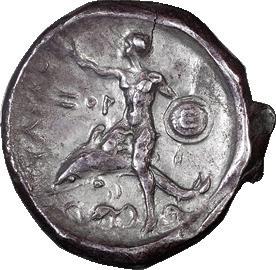
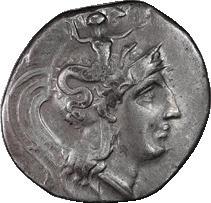
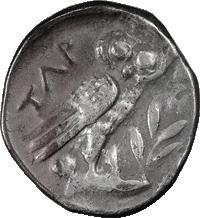
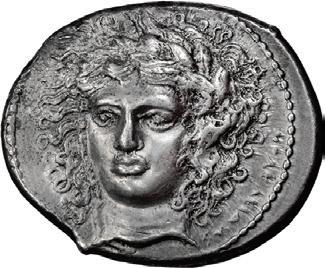




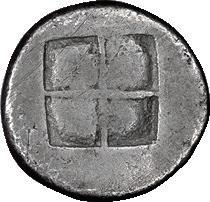


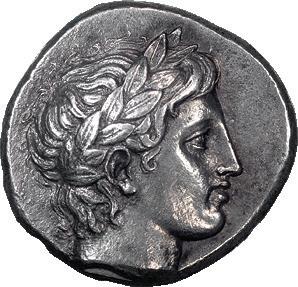
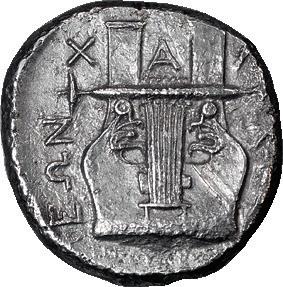

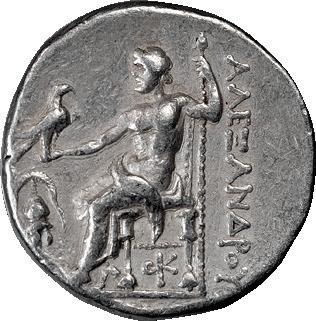
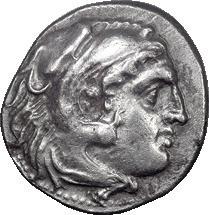


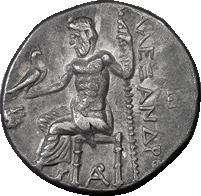


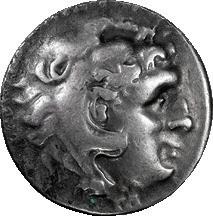
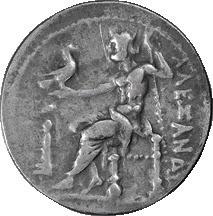

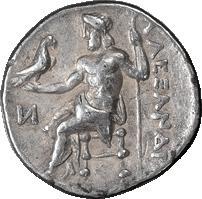
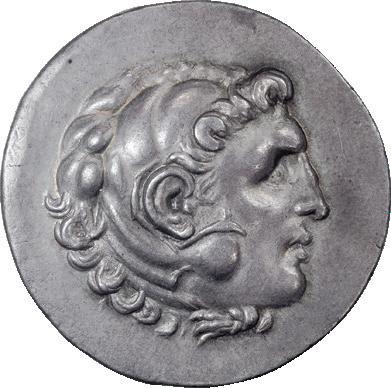
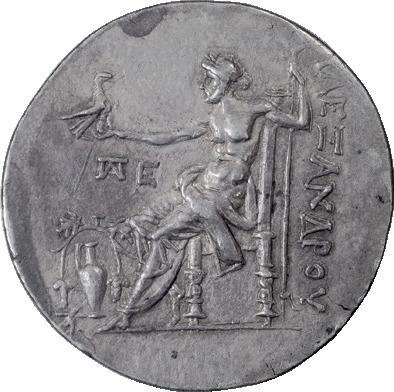
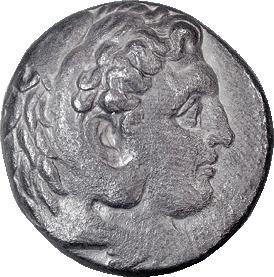

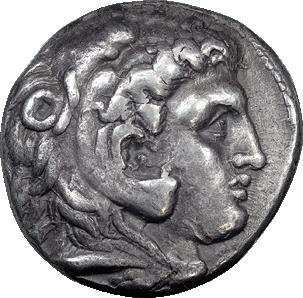

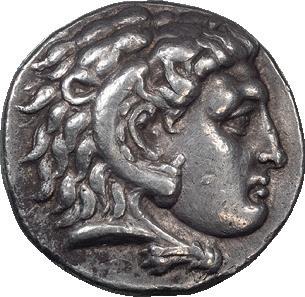
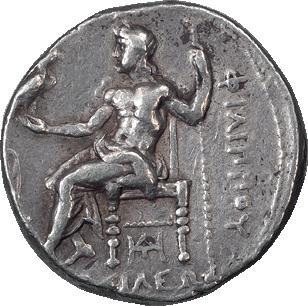
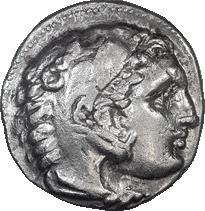

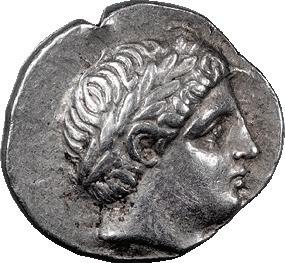

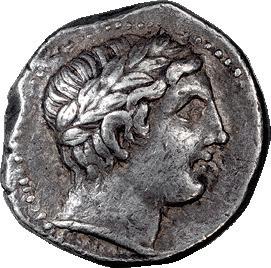




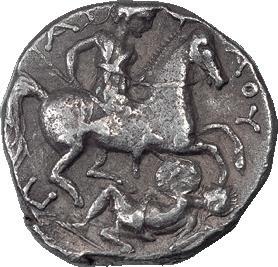



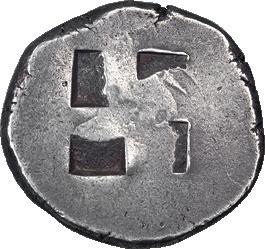

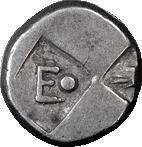
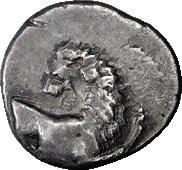
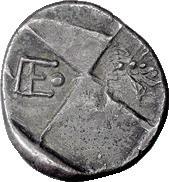
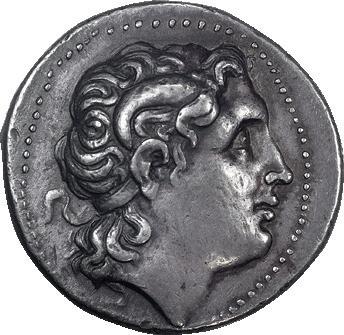
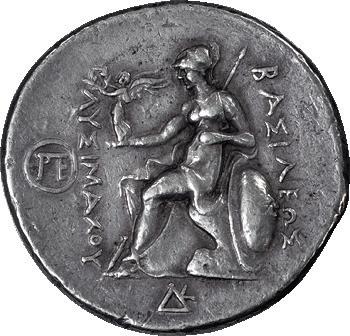

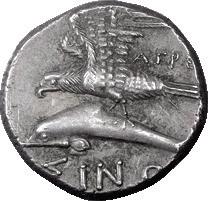
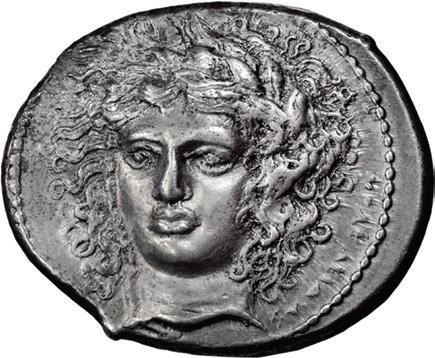
45 35 55 59 57 36 47 52 54 48 49 44 38 34 46 43 42 37 39 40 50 33 60 61 58 56 51 53
Serie 6, SNG ANS-1580. Obv: Apollo standing r. holding an arrow with both hands. Rx: Tripod. gF 150
159. BACTRIA, ZOILOS, C. 65-55 BC; Rectangular AE 25 x 20, 9.97g. BopearachchiSerie 3. Obv: Apollo standing r., quiver on shoulder, holding arrow. Rx: Tripod. Near MS 150
160. INDO-SCYTHIANS, AZES I, C. 57-35 BC; Drachm, 2.44g. Mitchiner-751f. Obv: King on horseback r. Rx: Athena standing r., monogram to l., Karosthi letter to r. MS 150
161. INDO-SCYTHIANS, SPALAHORES, WITH SPALAGADAMES; 75-65 BC, Square AE 23, 8.55g. Senior-69.1. Obv: King on horseback r., holding whip, within dotted square frame; inscription around. Rx: Herakles seated l. on rock, holding club set on knee; monogram to lower l.; all within linear rectangular frame; inscription around. Bold Fine 325
162. INDO-SCYTHIANS, AZES I; Drachm, 2.21g. Mitchiner-815a. Obv: BAΣIΛEΩΣ BAΣIΛEΩN MEΓAΛoY AZoY King holding up whip before him, on horse walking r.; no control mark before horse. Rx: Athena standing facing raising r. hand to head and holding shield and transverse spear with l. arm, Karosthi legend around, monogram to l., additional control mark to r. EF 125
163. INDO-SCYTHIANS, AZES II; c. 30-20 BC, Tetradrachm, 9.54g. Mitchiner-828.
Obv: King, holding whip, mounted on horse walking r; monogram before. Rx: Poseidon standing r., trident over shoulder; monograms before and behind. aVF 250
164. INDO-SCYTHIANS, AZES II; c. 20-1 BC, Tetradrachm, 9.45g. Mitchiner-848a.
Obv: King, holding whip, mounted on horse walking r; monogram before. Rx: Athena standing r. with shield and spear; monograms before and behind. EF 250
165. INDO-SCYTHIANS, AZES II; c. 20-1 BC, Tetradrachm, 9.54g. Mitchiner-853d.
Obv: King, holding whip, mounted on horse walking r; monogram before. Rx: Zeus standing l., scepter over shoulder and Nike on outstretched arm; monogram before, two behind. gVF 200
166. INDO-SCYTHIANS, AZES I; c. 58-12 BC. Drachm, 2.26g. HGC-640. Obv:
BAΣIΛEΩΣ BAΣIΛEΩN MEΓAΛoY / AZoY Diademed Zeus standing l., extending r. hand and holding transverse scepter in l. Rx: Nike standing r. holding wreath and filleted palm, Kharoshthi legend around, monogram before her legs. Near MS 250
167. INDO-SCYTHIANS, MAUES; c. 90-57 BC. Tetradrachm, 9.66g. Mitchiner-729.
Obv: BAΣIΛEΩΣ BAΣIΛ - EΩN MEΓAΛ0Y / MAYoY Zeus standing l. extending r. arm and holding long transverse scepter in l. Rx: Nike standing r. holding wreath and palm, Karosthi legend around, monogram in lower r. field. Near MS 600
168. MAUES, C. 125-85 BC; Tetradrachm, 9.65g. Senior-1.2T. Obv: Zeus standing l., holding torque and scepter. Rx: Nike standing r., holding wreath and palm; monogram in lower r. field. Choice EF 450
169. INDO-SCYTHIANS, MAUES, C/ 125-85 BC; AE 27, 8.95g. Senior-5.1, Alram-961. Obv: Head of elephant r., bell under neck. Rx: Caduceus; BAΣIΛEΩΣ to l., MAYOY to r.; monogram in lower l. field. EF 125
170. ASIA MINOR, ACHEMENID EMPIRE SIGLOS; 4th cent. BC, Siglos, 5.36g. BMC-Series II. Obv: The Great King in kneeling-running attitude r., shooting bow and holding [dagger]. Rx: Oblong incuse with irregular ground. Toned. EF 250
171. LYDIA, SARDES SIGLOS; Darius I-Xerxes II, c. 485-420 BC, Siglos, 5.57g. Carradice Type- IIIb, Sunrise-25. Obv: The Great King running r., holding spear pointing diagonally downwards and bow. Rx: Oblong incuse. Two countermarks on reverse. MS 100
172. PHOENICIA, ARADUS 1/12 SHEKEL; c. 400-350 BC, 1/12 Shekel, 0.59g. SG-5973, BM-46. Obv: Head of bearded deity r. Rx: Galley r. on waves, Phoenician letters (=ma) above. Toned. MS 300
173. SIDON, ABDASHTART I 1/16 SHEKEL; 372-358 BC, 1/16 shekel, Phoenicia, Sidon, 0.54g. Betlyon, MN 21, 25. Obv: Galley l., Phoenician letter above. Rx: Persian king standing r., about to slay erect lion whose mane he seizes; O between. Bold Fine, a bit porous. Fine / VF 140
174. EGYPT, PTOLEMY I AS SATRAP, WITH NAME AND TYPES OF ALEXANDER III; Memphis, c. 323/2 BC, Tetradrachm, 16.09g. CPE-4, Price-3964. Obv: Head of young Herakles r. wearing lionskin headdress. Rx: AΛEΞANΔPoY Zeus seated l. holding eagle and scepter, in l. field, head of Amun-Ra (as ram) r., wearing double-plume crown, monogram under throne. Very scarce. Ex NFA. Comes with original ticket from NFA. Obviously, part of this coin is broken off, but symbol of the ram’s head is clear. Without the break, this would be a $6000 coin. VF 600
175. PTOLEMAIC, PTOLEMY II; 285-246 BC. Joppa, Year 29 = 257/6 BC, Tetradrachm, 13.37g. CPE-661. Obv: Diademed head of Ptolemy I r. Rx: Eagle standing l., two monograms in l. field, ΚΘ above Θ in r. field. VF 350
176. PTOLEMAIC, CLEOPATRA VII; 51-30 BC. Year 18=35/4 BC, Tetradrachm, 9.59g. Svoronos-1832, SNG Cop-414. Obv: Diademed head of Ptolemy I r. with aegis. Rx: ΠToΛEMAIoY - BAΣIΛEΩΣ (legend weak) Eagle standing l. on thunderbolt, palm over shoulder, date LIH above headdress of Isis in l. field, ΠA in r. field. EF 300
177. NABATAEA, MALICHUS I, 60-30 BC; L KC = regnal year 26 = 35-34 BC, 1/4 Shekel or Drachm, 1.96g. Schmitt-Korte II-11; Meshorer-. Obv: Diademed head of Malichus I r. Rx: Eagle with closed wings standing l., palm branch in l. field; L KC (date) across r. field. Quite rare and important. VF 1300
ROMAN REPUBLICAN SILVER
178. ANONYMOUS: DOLPHIN; 209-208 BC, Denarius, 3.70g. Cr-80/1a, Syd-214. Obv: Helmeted head of Roma r., X behind. Rx: Dioscuri riding r., dolphin below horses; ROMA in exergue. VF 485
179. CN. LUCRETIUS TRIO; 136 BC, Denarius, 3.93g. Cr-237/1a, Syd-450, RSC Lucretia-1. Obv: Helmeted head of Roma r., X below chin, TRIO behind. Rx: The Dioscuri on horseback r., CN LVCR below horses, ROMA in exergue. Fine 250
180. TI. MINUCIUS C.F. AUGURINUS; 134 BC, Denarius, 3.93g. Cr-243/1, Syd-494,
RSC Minucia-9. Obv: Helmeted head of Roma r., mark of value behind. Rx: Statue on Ionic column; togate figure at each side; RO - MA above, TI MINVCI C F on l., AVGVRINI on r. Purchased from HJB in the 1980s. Lot includes old hand-written ticket. Fine 285
181. M. CAECILIUS Q.F. Q.N. METELLUS; 127 BC, Denarius, 3.84g. Cr-263/1a, Syd-480, RSC Caecilia-29. Obv: Head of Roma r., star on helmet flap, ROMA upward behind. Rx: M.METELLVS.Q.F. around Macedonian shield, elephant’s head in center; all in laurel wreath. Purchased from HJB in the 1980s. Lot includes old handwritten ticket. Certain areas of planchet chipped. Fine 265
182. Q. LUTATIUS CERCO; 109-108 BC, Denarius, 3.84g. Cr-305/1, Syd-351, RSC Lutatia-2. Obv: Helmeted head of Mars or Roma r., [ROMA] above, CERCO before, X behind. Rx: Q. LVTATI / Q above galley sailing r., all within oak wreath. Toned.
EF 325
183. Q. THERMUS M.F.; 103 BC, Denarius, 3.94g. Cr-319/1, Syd-592, RSC Minucia-19. Obv: Head of Mars l. Rx: Two warriors fighting, the one on the l. protects fallen comrade, the other wears horned helmet; Q THERM M F in exergue. Toned. VF 175
184. C. VIBIUS C.F. PANSA; 90 BC, Denarius, 3.54g. Cr-342/5a. Obv: PANSA Laureate head of Apollo r. Rx: Minerva in quadriga r., Victory flying above. Very scarce variety with Victory on reverse. Toned. VF 350
185. C. VIBIUS C.F. PANSA; 90 BC, Denarius, 3.87g. Cr-342/5b, Syd-684, RSC Vibia-1. Obv: PANSA Laureate head of Apollo r., control letter Q below chin, style of Crawford pl. XLIV.20. Rx: Helmeted Minerva holding trophy, spear, and reins in quadriga of horses charging r., C VIBIVS C [F] in exergue. According to Crawford, each control mark on this coin may have several dies. VF 185
186. L. TITURIUS L.F. SABINUS; 89 BC, Denarius, 4.00g. Cr-344/1a, Syd-698, RPC Tituria-1a. Obv: Bearded head of King Tatius r.; before, TA monogram; behind, SABIN downwards. Rx: Two Roman soldiers stepping towards one another, each bearing Sabine woman in arms, L.TITVRI in exergue. VF / EF 200
187. C. NORBANUS; 83 BC, Denarius, 3.24g. Cr-357/1b, Syd-739, RSC Norbana-2. Obv: Diademed head of Venus r., C NORBANVS below, CL behind. Rx: Ear of wheat, fasces and caduceus. Toned. VF 245
Very Scare Variety
188. L. PROCILIUS; 80 BC, Denarius, 4.18g. Cr-379/1, Syd-771, RSC Procilia-1. Obv: Laureate head of Jupiter r., S C behind. Rx: Juno Sospita advancing r., holding shield and hurling spear; before, serpent; behind, L. PROCILI / F. Fine 300
189. L. LUCRETIUS TRIO; 76 BC, Denarius, 3.83g. Cr-390/1, Syd-783, RSC Lucretia-2. Obv: Radiate head of Sol r. Rx: TRIO within crescent moon surrounded by stars representing the seven then-known planets, L LVCRETI below. VF / F 250
190. L. AEMILIUS LEPIDUS PAULLUS; 62 BC, Denarius, 3.91g. Cr-415/1, Syd926, RSC Aemilia-10. Obv: Head of Concord r., PAVLLVS LEPIDVS CONCORDIA around. Rx: [PAVLLVS] TER L. Aemilius Paullus erecting trophy before three captives, King Perseus of Macedon and his two sons, commemorating Paullus’ victory at Pydna in 168 BC. VF 240
191. M. AEMILIUS SCAURUS AND PUB. PLAUTIUS HYPSAEUS; 58 BC, Denarius, 3.71g. Cr-422/1b, Syd-913, RSC Aemilia-8. Obv: Kneeling figure (King Aretas of Nabataea) holding reins of camel. Rx: Jupiter in quadriga l. aEF 245
192. L. MARCIUS PHILIPPUS; 56 BC, Denarius, 3.93g. Cr-425/1, Syd-919, RSC Marcia-28. Obv: Diademed head of Ancus Marcius r., lituus behind, ANCVS below. Rx: Equestrian statue on arcade of five arches, PHILIPPVS behind rider, A Q V A MAR below arches. EF 650
193. FAUSTUS CORNELIUS SULLA; 56 BC, Denarius, 3.90g. Cr-426/3, Syd-884, RSC Cornelia-63. Obv: Bust of Venus r., laureate and wearing stephane, scepter over shoulder, SC behind. Rx: Three military trophies, symbolizing the three triumphs celebrated by Pompey the Great, pitcher and lituus to either side, FAVSTVS monogram in exergue. Ex Spink & Sons, 1976. F 1600
194. TITUS DIDIUS; 55 BC, Denarius, 4.11g. Cr-429/2a, Syd-901, RSC Didia-1. Obv: Head of Concordia r., wearing veil and diadem; around Γ FONT EIVS CAPTIO III VIR CONCORDIA. Rx: Villa Publica; on l., T DIDI downwards; below, IMP; on r., VIL PVB upwards. Banker’s mark on obverse. VF 275
195. M. JUNIUS BRUTUS; 54 BC, Denarius, 3.75g. Cr-433/1, Syd-906a, RSC Junia-31. Obv: Head of Liberty r., LIBERTAS behind. Rx: L. Junius Brutus, consul 509 BC, walking l. between two lictors who hold fasces over shoulder, and preceded by accensus; BRVTVS in exergue. Toned. aEF 325
ROMAN IMPERATORIAL SILVER
196. POMPEY THE GREAT; Spain, 46-45 BC, Denarius, 3.79g. Cr-469/1e; Syd-1035a; Sear, Imperators-48a. Obv: Helmeted head of Roma r., M POBLICI LEG before, PRO PR behind, bead and reel border. Rx: Hispania stepping r. presenting palm to Pompey, who is disembarking from ship; below and to r., CN [MAGN]VS IMP. MS 1350
197. JULIUS CAESAR; 46 BC, Denarius, 3.98g. Cr-467/1b, Syd-1024, Sear Imperators57a. Obv: COS T[ERT D]ICT ITER Head of Ceres r., crowned with wheat ears. Rx: AVGVR - [P]ONT MAX Ladle, sprinkler, pitcher, and lituus; M in r. field. aEF 1500
198. JULIUS CAESAR; 47-46 BC, Denarius, 3.88g. Cr-458/1; Syd-1013; Sear, Imperators-55. Obv: Head of Venus r. Rx: Aeneas l. carrying palladium and Anchises. This type refers to the supposed descent of the Julian family from Iulus, son of Aeneas. EF
Caesar Portrait
1500
199. JULIUS CAESAR; c. 42 BC, L. Mussidius Longus, Denarius, 3.93g. Syd-1096; Cr494/39a; Sear, Imperators-116. Obv: Wreathed head of Caesar r. Rx: L MVSSIDIVS LONGV[S] above and around rudder, cornucopia on globe, winged caduceus, and apex (spiked priest’s hat). Struck on an odd-shaped flan; a few contact marks in obverse field. MS 7500
Lepidus Portrait
200. LEPIDUS AND OCTAVIAN; 42 BC, Denarius, 3.90g. Cr-495/2d, Syd-1323 var. (R6), Sear Imperators-140a. Obv: Bare head of Lepidus r., LEPIDVS.PONT.MAX[III V R P C] around (NT and MA ligate). Rx: Bare head of Octavian r., C.CAESAR. IMP.III. - VIR.R.P.C. around (MP ligate). Exquisite portrait of Lepidus with his full name above his head, unlike most specimens which are rather worn and very sloppy, usually missing the name. Even though the obverse of this coin is somewhat off center, it is far better than normal. Mint State 13000
Probable Caesar Portrait
201. C. NUMONIUS VAALA; 41 BC, Denarius, 3.59g. Cr-514/2; Syd-1087 (R8); RSC Numonia-2; Sear, Imperators-322. Obv: C NVMONIVS - VAALA Head r., of Numonius Vaala with features of Caesar. Rx: Warrior l. attacking a vallum defended by two soldiers, VAALA in exergue. The portrait, though unnamed, is surely that of Caesar. Other denarii of the same year portrayed Octavian and Brutus, also without naming them. The confusion and uncertainty of Roman politics in the years following the murder of Caesar is thus graphically reflected on the coins. This “secret” propaganda war cannot have pleased Octavian, although two of the three types (including the present coin) favored his interests. 40 BC saw a last emission from the legal college of moneyers, this time tightly controlled by Octavian. After that the official issues cease, and the “personal” coinage of Antony and Octavian becomes the coinage of the State. Extremely rare (R8 in Sydenham). EF 4750
ROMAN IMPERIAL SILVER
202. AUGUSTUS; 27 BC-14 AD, Spanisn Mint, c. 19 BC, Denarius, 3.85g. BM-417, Paris-1132, C-265 (6 Fr.), RIC-86a. Obv: [CAESAR] - AVGVSTVS Head bare r. Rx: SIGNIS / RECEPTIS S - P / Q - R Shield inscribed CL V, between legionary eagle on l. and standard on r. Excellent portrait. Near MS 1850
Agrippa Portrait
203. AUGUSTUS AND AGRIPPA; Rome, 13 BC, Denarius, 3.96g. BM-112, Paris-533, C-3 (150 Fr.), RIC-408 (R2). Obv: CAESAR - AVGVSTVS Bare head of Augustus r. Rx: M AGRIPPA upwards on l., PLATORINVS IIIVIR upwards on r., Bare head of Agrippa r. Ex Berk 193, 30 April 2015, lot 249. This coin shows an exceptional and no doubt accurate portrait of Agrippa. aEF 13000
204. AUGUSTUS; 27 BC-14 AD, Lugdunum, 15-12 BC, Denarius, 3.72g. BM-461, Paris-1396, C-144, RIC-171a. Obv: [A]VGVSTVS - DIVI F Head bare r. Rx: IMPX across lower field, AC[T] in exergue, Apollo standing l. holding plectrum and lyre. VF 700
205. AUGUSTUS; 27 BC-14 AD, c. 19 BC, Denarius, 3.44g. BM-414, Paris-1118, C-259, RIC-82a. Obv: CAESAR - AVGVSTVS Head bare r. Rx: SIGNIS / [RECEP]TIS on either side of helmeted figure of Mars standing l., head r., holding legionary eagle in r. hand and standard over shoulder with l. Cf. also BM-332, pl. 6.12 (same types, different style). Minor planchet loss at 3 o’clock. EF / VF 750
206. AUGUSTUS; 27 BC-14 AD, Spain, 19-15 BC, Denarius, 3.20g. Paris-1357, pl. LV (same dies); BM-307, pl. 5.16; RIC-130; C-22 (6 Fr.). Obv: Bare head of Augustus l., no legend. Rx: AVGVSTVS in exergue, Capricorn r. holding globe attached to rudder, above its back cornucopia bound with fillet. Some planchet defects. F / VF 850
207. AUGUSTUS; 27 BC-14 AD, Lugdunum, 2 BC-4 AD, Denarius, 3.73g. BM-519, C-43, Paris-1651, RIC-207. Obv: CAESAR AVGVSTVS - DIVI F PATER PATRIAE
Head laureate r. Rx: C L CAESARES in exergue, AVGVSTI F COS DESIG PRINC IVVENT around, Gaius and Lucius Caesars standing holding honorary shields and spears, ladle and lituus above. VF 900 Augustus/Caesar
208. AUGUSTUS AND TIBERIUS; Lugdunum, 13-14 AD, Denarius, 3.72g. BM-507, Paris-1682, C-2 (30 Fr.). Obv: CAESAR AVGVSTVS DIVI F PATER PATRIAE
Laureate head of Augustus r. Rx: TI CAESAR AVG [F] TR POT - XV Bare head of Tiberius r. This is a rather rare coin that shows a portrait of Augustus and Tiberius on either side. Portrait of Tiberius flatly struck. VF / EF 1750
209. AUGUSTUS AND TIBERIUS; Lugdunum, 13-14 AD, Denarius, 3.75g. BM-509, Paris-1690, C-301 (10 Fr.). Obv: CAESAR AVGVSTVS - DIVI F PATER PATRIAE
Laureate head of Augustus r. Rx: TI CAESAR in exergue, [AVG F TR POT XV] around, Tiberius holding laurel branch and [scepter] in triumphal quadriga r., two of the horses look forward, two back. EF 1500 FDC
210. TIBERIUS; 14-37 AD, Lugdunum, Denarius, 3.78g. BM-48, Paris-28, RIC-30, C-16. Obv: TI CAESAR DIVI - AVG F AVGVSTVS Head laureate r. Rx: PONTIFMAXIM Livia seated r. holding scepter and branch, throne legs ornamented, footstool below feet, single line beneath throne. Magnificent. This is one of the best portraits of Tiberius we have ever handled. Flawless and struck in high relief. Though thousands of this issue have survived, we have never seen one better than this. FDC 2000
211. TIBERIUS; 14-37 AD, Lugdunum, Denarius, 3.75g. BM-34, Paris-16, C-16, RIC26. Obv: TI CAESAR DIVI - AVG F AV[GVSTV]S Head laureate r. Rx: PONTIF - MAXIM Livia seated r. holding scepter and branch, throne has plain legs, two lines below. VF 685
212. NERO; 54-68 AD, Rome, 64-5 AD, Denarius, 3.30g. BM-104, Paris-230, C-335 (10 Fr.), RIC-62 (R). Obv: NERO CAESAR - AVGVSTV[S] Head laureate r. Rx: VESTA Round temple of Vesta, her seated statue with footstool within. Scarce: six specimens in Reka Devnia hoard. Some raised surface areas on reverse as the result of natural effects. Excellent portrait. EF / VF 800
Commemorative of Tiberius
213. VESPASIAN; 69-79 AD, Rome, 73 AD, Denarius, 3.44g. BM-98, Paris-86, C-387, RIC-65. Obv: IMP CAES [VESP] - AVG CENS Head laureate r. Rx: PONTIFMAXIM Emperor seated r. on curule chair holding scepter and branch. The reverse copies Tiberius’ “tribute penny”, probably because Vespasian was restriking masses of heavier denarii from before Nero’s reform and wanted to preserve a record of some
of their famous reverse types on his own denarii. Magnificent portrait of Vespasian, commemorating the tribute penny issue of Tiberius. Toned. Choice EF 1100
Judaean Victory Issue
214. TITUS AS CAESAR; 70-79 AD, Rome, 72-3 AD, Denarius, 3.12g. BM-85A, C-394 (10 Fr.), RIC-371 (R2), Hendin-6513 (RR). Obv: T CAES IMP VES PON
TR POT Head laureate r. Rx: No legend; Titus in quadriga r., commemorating his and Vespasian’s triumph over the Jews in 71 AD. Though comparatively common in Antioch style with bust laureate and draped on obverse, this denarius is rare in Roman style with head laureate on obverse as on our coin. Fine 750
215. TITUS AS CAESAR; 70-79 AD, Rome, Late 73 AD, Denarius, 3.12g. RIC-528 (R), C-87 (6 Fr.), BM-91A. Obv: [T CAES] IMP VESP PON TR POT CENS Head laureate r. Rx: [FIDES] - PVBL Clasped hands in front of winged caduceus that is flanked by a wheat ear and a poppy on each side. Rare: no specimens in Reka Devnia hoard; not in the Paris collection; acquired by the BM from the L.A. Lawrence Collection in 1950. Excellent portrait. EF 1250
Incredible portrait
216. TITUS; 79-81 AD, Rome, 80 AD, Denarius, 3.30g. RIC-123 (C), BM-60, Paris-51, C-311 (2 Fr.). Obv: IMP TITVS CAES VESPASIAN AVG P M Head laureate l. Rx: TR P IX IMP XV COS VIII P P Throne with curved back decorated with three floral ornaments. This is one of the most magnificent portraits of Titus that we have ever handled. MS 4500
217. JULIA TITI; Rome, 79-80 AD, Denarius, 3.16g. BM-141, Paris-106, C-14 (30 Fr.), RIC-388 (C2). Obv: IVLIA AVGVSTA TITI [AVGVSTI F]. Bust diademed, draped r., hair in plait down back. Rx: VENV[S] - AVGVST Venus viewed half from back, nude except for drapery around thighs, standing r. leaning on column, holding helmet and scepter. Only eight specimens in Reka Devnia hoard, so considerably scarcer than RIC’s “C2” would appear to indicate. Portraits of Julia Titi are scare, and generally worn. This is the best example we have handled. Slight reverse porosity. Near MS / EF 1875
Civil War
218. CIVIL WAR, RHINE LEGIONS; 68 AD, Denarius, 3.27g. Paris-41, Martin-77, C-420 (10 Fr.), Gollnow-1085. Obv: SALVS GENER[IS - HV]MANI Victory standing l. on globe, holding wreath and palm. Rx: S P Q R within oak wreath. Though the obverse is slightly off center, this is a wonderful example of a Civil War denarius that frequently comes worn. Mint State 2850
219. TRAJAN; 98-117 AD, Rome, 101-2 AD, Denarius, 3.27g. C-229; RIC-53; Woytek, MIR-112a (16 spec.); BM-97A. Obv: IMP CAES NERVA TRA - IAN AVG GERM Head laureate r. Rx: P M TR [P] - [COS] IIII P P Vesta, veiled, seated l. holding patera and lighted torch. A scarce type in this year: apparently only nine specimens in Reka Devnia hoard, since the 13 others reported to be in Varna are probably just misattributed. MS 400
220. HADRIAN; 117-138 AD, Rome, 119 AD, Denarius, 3.13g. BM-268, C-601, RIC207 (C). Obv: [IMP] CAESAR TRAIAN - HADRIANVS AVG Bust laureate r. with bare chest, fold of cloak on l. shoulder. Rx: FELIC - AVG across field, P M - TR - P COS - III around, Felicitas standing l. holding short caduceus and cornucopia. Scarce: 20 specimens in Reka Devnia hoard, two in Berk photofile. Toned. VF 300
221. HADRIAN; 117-138 AD, Rome, c. 126-7 AD, Denarius, 2.59g. BM-464, RIC-852 (C). Obv: HADRIA[NVS] - AVGVSTVS Bust laureate r., fold of cloak on front shoulder. Rx: [COS] - III Seven stars within and above crescent moon. Fine 175
222. HADRIAN; 117-138 AD, Rome, c. mid-130s AD, Denarius, 3.10g. BM-741, C-1427 (10 Fr.), RIC-2052 (C). Obv: HADRIANVS - AVG COS III P P Head laureate r. Rx: TELLVS - STABIL Tellus standing l. holding plow and rake, two wheat stalks growing behind her. MS 585
223. HADRIAN; 117-138 AD, Cistophoric Tetradrachm, 10.97g. Metcalf Type B1, 5 (same obv. die: 4). Obv: IMP CAES TRA HADRIANO AVG P P Laureate head r. Rx: COM BIT l. and r. in field. Octastyle temple on podium of three steps, small globe in center, ROM S P AVG in entablature; inside line in pediment, three globes within; ornaments on top and sides. Ex Berk 191, 17 July 2014, lot 226. VF / EF 1500 Beautifully artistic reverse
224. SABINA; Rome, 128-c. 137 AD, Denarius, 3.34g. RIC-2507 (C), BM-911, C-62. Obv: SABINA AVGVSTA - HADRIANI AVG P P Bust draped r., band in hair, which falls in plait down neck. Rx: PVDI - CITIA Pudicitia standing l., veiled, drawing drapery from breast. Ex VAuctions 221, 5 February 2009, lot 114. Lustrous EF / gVF 350
225. ANTONINUS PIUS; 138-161 AD, Denarius, Rome, 140-4 AD, 3.04g. BM-180, C-33 (2 Fr.), RIC-62a. Obv: ANTONINVS AVG PIVS - P P TR P COS III Head laureate r. Rx: ANNO - N[A] AVG Modius containing poppy and four wheat ears. Toned Mint State 275
226. FAUSTINA I, DIVA; Died 140 AD, Rome, Denarius, 3.34g. BM-421, C-104, RIC362. Obv: DIVA - FAVSTINA Bust draped r. Rx: AVGV - STA Ceres, veiled, standing r., head l., holding long torch in r. hand, l. hand at side, fold of drapery falling from l. elbow. Mint State 300
227. FAUSTINA II, DIVA; Died 175 AD, Rome, Denarius, 2.87g. BM-712, C-70, RIC743. Obv: DIVA FAV - STINA PIA Bust draped r. Rx: CONSECRATIO Peacock standing front, head r., tail spread. From the Philip Ashton Collection, acquired in October 1997. Not common: 32 specimens in Reka Devnia hoard. Contact marks on neck. EF 225
228. AELIUS AS CAESAR; 136-138 AD, Rome, 137 AD, Denarius, 3.26g. BM-983, C-1 var. (12 Fr.), RIC-2625 (C). Obv: L AELIVS - CAESAR Head bare r. Rx: CONCORD in exergue, TR POT - COS II around, Concordia seated l. holding patera and resting l. elbow on cornucopia set on base behind throne. Toned Near Mint State 775
229. LUCILLA; Rome, Denarius, 2.75g. BM-329, C-98 (10 Fr.), RIC-791. Obv:
LVCILLAE AVG ANTONINI AVG F Bust draped r. Rx: VOTA / PVBLI / CA in three lines within laurel wreath. aEF 375
230. COMMODUS; 177-192 AD, Rome, 186 AD, Denarius, 2.99g. BM-174, C-114 corr., RIC-129. Obv: M COMM ANT - P - FEL AVG BRIT Head laureate r. Rx: FEL AVG
P M TR P [XI IMP VII] COS V P P Felicitas standing l. holding Victory on globe and long caduceus. Scarce: only nine specimens in Reka Devnia hoard. Victory is an unusual attribute for Felicitas. The double break in the obverse legend above the portrait is also unusual. Excellent portrait. MS / EF 385
231. COMMODUS; 177-192 AD, Rome, 188-9 AD, Denarius, 2.90g. BM-240, C-952 (6 Fr.), RIC-196. Obv: M COMM ANT - P FEL AVG BRIT Head laureate r. Rx:
VICTORI - AE - FE - LICI Victory flying l. holding garland above two shields, which rest on base inscribed C V P P. Rare: only two specimens in Reka Devnia hoard. Reverse weakly struck. Choice EF 300
232. COMMODUS; 177-192 AD, Rome, 189 AD, Denarius, 2.48g. BM-231, C-168 corr. (10 Fr.), RIC-191a. Obv: M COMM ANT P - FEL AVG BRIT Head laureate r. Rx: FORTVNAE M - A - NENTI around, C V P P in exergue, Fortuna the “Stayer” seated l. holding back horse with bridle, cornucopia in l. arm. Rare type represented by only eight specimens in the Reka Devnia hoard, that appears for Commodus only and probably refers to his cancellation of a planned trip to the German frontier. VF 275
233. COMMODUS; 177-192 AD, Rome, 192 AD, Denarius, 3.66g. BM-356, C-643 (20 Fr.), RIC-259a. Obv: L AEL AVREL C - OMM AVG P FEL Head laureate r. Rx: PROVIDENTIAE - AVG Commodus as Hercules standing l., setting r. foot on prow and resting club on rock behind him, receiving wheat ears from Africa standing r. before him, who wears elephant-skin head-dress and holds sistrum in l. hand, while the forepart of a lion is seen standing before her. Scarce: 8 specimens in Reka Devnia hoard. aVF 300
Powerful Portrait
234. CLODIUS ALBINUS AS CAESAR; 193-195 AD, Rome, 194 AD, Denarius, 2.60g. BM-91, C-15, RIC-4. Obv: D - CLOD [SEPT] - ALBIN CAES Head bare r. Rx: [FE]LICI - TA - S - COS II Felicitas standing l. holding short caduceus and scepter. EF 650
235. SEPTIMIUS SEVERUS; 193-211 AD, New-style Eastern Mint, 198 AD, Denarius, 3.24g. BM-652, C-39, RIC-501. Obv: L - SEPT SEV AVG IMP XI PART MA - X Head laureate r. Rx: ANNONAE - AVGG Annona standing l. setting r. foot on prow and holding two wheat ears and cornucopia. Not common, only c. 23 specimens in Reka Devnia hoard. Mint State 200
236. CARACALLA; 198-217 AD, Rome, 202 AD, Denarius, 2.90g. RIC-120, BM-267, C-3 (3 Fr.). Obv: ANTONINVS - PIVS AV[G] Laureate, draped bust r. Rx: ADVENT AVGG Galley l. with five oarsmen and a standing figure facing Septimius Severus and his sons, at stern also two standards, at bow small sail on slanted mast. The reverse type of this coin commemorates the safe return of the Imperial family from the East to Rome in AD 202. gVF 250
237. CARACALLA; 198-217 AD, Rome, 213-4 AD, Denarius, 2.99g. BM-74, C-167, RIC-308. Obv: ANTONINVS PIVS AVG GERM Head laureate r. Rx: MONETA AVG Moneta standing l. holding scales and cornucopia. From the Philip Ashton Collection, ex Berk 143, 18 May 2005, lot 254. Scarce with GERM in obverse legend: 24 specimens in Reka Devnia hoard. Mint State 240
238. CARACALLA; 198-217 AD, New-style Eastern Mint, 200 AD, Denarius, 3.15g. BM-710, C-664 corr., RIC-354. Obv: ANTONINVS - AVGVSTVS Bust laureate, draped, cuirassed r. Rx: VIR - T - AVGG Virtus standing l. holding Victory and reversed spear. MS 135
239. ELAGABALUS; 218-222 AD, Rome, 219 AD, Denarius, 2.96g. BM-201, C-44, RIC-78. Obv: IMP ANTONINVS PIVS AVG Bust laureate, draped r. Rx: FIDESMILI - TVM Three standards, the middle one topped by eagle standing l., head r., on thunderbolt, shields at bases of all three. Scarce, 31 specimens in Reka Devnia hoard. MS 220
240. ELAGABALUS; Rome, 221 AD, Denarius, 3.26g. BM-251, C-195, RIC-45. Obv: IMP ANTONINVS PIVS AVG Head laureate r. Rx: P M TR P IIII COS III P P Victory flying l. holding open garland over two shields, star in field r. From the Philip Ashton Collection, acquired from Classical Coins, October 1999. Mint State 200
241. ELAGABALUS; 218-222 AD, Rome, 221-2 AD, Denarius, 2.97g. BM-212, C-61, RIC-88. Obv: IMP ANTONINVS - PIVS AVG Bust laureate, draped r., with “horn”. Rx: INVICTVS SACE[RD]OS AVG Elagabalus in Syrian priestly dress sacrificing l. at tripod altar, slain bull by altar, star in l. field. Near MS 200 Galley
242. ELAGABALUS; 218-222 AD, Eastern Mint, 218-9 AD, Denarius, 2.67g. BM-277, RSC-27a, RIC-188. Obv: ANTONINVS PIVS FEL AV[G] Bust laureate, draped, cuirassed r. Rx: [F]ELICITAS around, [T]EMP in exergue, Galley r., waves below, with steersman gripping rudder seated behind cabin at stern, and seven rowers; vertical mast with small sail in middle, slanting mast without sail at prow. Scarce: 15 specimens in Reka Devnia hoard. gVF 750
243. JULIA MAESA; Rome, 221-2 AD, Denarius, 2.93g. BM-76, C-36, RIC-268. Obv: IVLIA MAESA AVG Bust draped r. Rx: PVDIC - I - TIA Pudicitia seated l. drawing veil over head and holding transverse scepter. From the Jyrki Muona Collection and Berk 117, 28 November 2000, lot 447 . Mint State 285
244. SEVERUS ALEXANDER; 222-235 AD, Eastern Mint, 222-3 AD, Overweight Denarius, 3.88g. BM-1038, C-559, RIC-301. Obv: IMP C M AVR SEV ALEXAND AVG Bust laureate, draped r. Rx: VICTORI - A - AVG Victory advancing r. holding wreath and palm, star in field r. BMC-1038 wrongly says “Victory advancing l.” rather than “r.” Scarce: c. 18 specimens in Reka Devnia hoard. VF 250
trophy over shoulder. From the Mark Gibbons Collection. MS
200
246. SEVERUS ALEXANDER; 222-235 AD, Rome, 231 AD, Denarius, 2.75g. BM807, RSC-411a, RIC-109. Obv: IMP ALEXAN - DER PIVS AVG Bust laureate, draped, cuirassed r., seen from front. Rx: P M TR P - X - COS III P P Sol standing l., wearing cloak over l. shoulder and hanging down on both sides behind him, raising r. hand and holding globe in l. MS 250
VICT GERM
247. MAXIMINUS I THRAX; 235-238 AD, Rome, 236-238 AD, Denarius, 3.04g. BM186, C-107 (4 Fr.), RIC-23. Obv: MAXIMINVS PIVS AVG GERM Bust laureate, draped, cuirassed r., third portrait. Rx: VICT - O - RIA GERM Victory standing l. holding wreath and palm, captive seated at her feet. Scarce: 20 specimens in Reka Devnia hoard. This is a wonderful example of the pituitary giant Maximinus. Rarely have we seen a coin this beautifully preserved and produced. FDC 350
248. GORDIAN III; 238-244 AD, Rome, 240 AD, Denarius, 2.50g. RIC-129A, C-325. Obv: IMP GORDIANVS PIVS FEL AVG Bust laureate, draped, cuirassed r. Rx: SALVS AVGVSTI Salus standing r. feeding serpent held in arms. VF 85
249. GORDIAN III; 238-244 AD, Rome, 238-9 AD, Antoninianus, 4.34g. C-105, RIC-2. Obv: IMP CAES M ANT GORDIANVS AVG Bust radiate, draped, cuirassed r. Rx: I[O]VI CONSE - RV[A]TORI Jupiter standing l. holding in r. hand thunderbolt over small togate figure of emperor, and in l. hand long scepter. From the Mark Gibbons Collection. MS 100
250. PHILIP I; 244-249 AD, Rome, 245-7 AD, Antoninianus, 3.93g. RIC-44b, C-209. Obv: IMP M IVL PHILIPPVS AVG Bust radiate, draped, cuirassed r. Rx: ROMAE AET - ERNAE Roma seated l. above shield, holding Victory and spear. From the Mark Gibbons Collection. MS 130
251. OTACILIA SEVERA; Rome, 246-7 AD, Antoninianus, 3.97g. RIC-125c, C-4. Obv: M - OTACIL SEVERA AVG Bust draped r., wearing stephane and on crescent. Rx: CONCORDIA AVGG Concordia seated l. holding patera and double cornucopia. Mint State 200
252. PHILIP II AS CAESAR; 245-247 AD, Branch Mint, 245-7 AD, Antoninianus, 4.41g. RIC-213, C-13, Eauze Hoard-835 (7 spec.). Obv: M IVL PHILIPPVS CAES Bust radiate, draped r. Rx: IOVI CONSERVAT Jupiter standing l. holding thunderbolt and scepter. Ex Berk 177, 15 November 2011, lot 326 Reverse softly struck. Mint State 150
253. JOTAPIAN; 248 AD, Antoninianus, 3.01g. RIC-2c corr. (R5), C-2 (1000 Fr.). Obv: IM C M F RV IOTAPIANVS Bust radiate, cuirassed r., seen from back. Rx: VIC-TORIA AVG Victory advancing l. holding wreath and palm. Very rare: only 18 authentic coins of this usurper were known to R. Bland, Coinage of Jotapian, Essays CarsonJenkins (1993). Our piece is from Bland’s obverse die III and reverse die iv, a new die combination. Because of the similarity of Jotapian’s portrait on his antoniniani to that of Phiip I on rare provincial bronzes of Nicopolis in Seleucia, noted by Florian Eggers and reported by Bland, we can surmise that the antoniniani too were struck at that mint and that Jotapian’s revolt therefore probably “centered on northern Syria, Cappadocia and presumably Cilicia as well” (Bland, p. 195). This coin lists for 1000 francs in Cohen, a virtually impossible level for an antoninianus. Jotapian himself was far less successful than the value of this coin, a few of which have recently come into the market. aEF 8750
254. TRAJAN DECIUS; 249-251 AD, Antoninianus, Rome, 4.24g. RIC-12b, C-16, Eauze Hoard-886 (130 spec.), Dorchester Hoard (248 spec.). Obv: IMP.C.M.Q.TRAIANVS DECIVS AVG Radiate, draped and cuirassed bust r. Rx: DACIA Dacia, wearing robe reaching feet, standing l., holding vertical staff surmounted by ass’s or dragon’s head. MS 175
255. HERENNIUS ETRUSCUS AS CAESAR; 250-251 AD, Rome, Antoninianus, 4.29g. RIC-143 (S), C-14. Obv: Q HER ETR MES DECIVS NOB C Bust radiate, draped r. Rx: PIETAS AVGVSTORVM Sacrifical implements: sprinkler behind ladle, pitcher, lituus behind patera. Mint State 275
256. TREBONIANUS GALLUS; 251-253 AD, Branch Mint, Antoninianus, 3.78g. RIC69, C-46. Obv: IMP C C VIB TREB GALLVS AVG Radiate, draped, cuirassed bust r. Rx: IVNO MARTIALIS Juno seated l. holding wheat ears and scepter. Excellent portrait. Mint State 200
257. MARINIANA, DIVA; Rome, 254-8 AD, Antoninianus, 3.50g. Eauze-1321 (200 spec.), Cunetio-643 (63 spec.), RIC-6 (R), C-14 (8 Fr.). Obv: DIVAE MARINIANIAE Bust draped, veiled r., on crescent. Rx: CONSECRATIO Peacock flying r. bearing empress to heaven. Not a particularly rare coin, but this example is about as well preserved and sharply struck as they come. MS 625
258. GALLIENUS; 253-268 AD, Rome, Sole Reign, 260-8 AD, Antoninianus, 3.41g. Cunetio Hoard-1056 (1 spec. only), RIC-162, Göbl-487f (3 spec.). Obv: GALLIENVS AVG Head radiate r. Rx: ANNONA AV - G Annona, veiled, standing l. holding wheat ears over modius and anchor; Q (=officina 4) in r. field. Rare with the officina letter in right field rather than in exergue. From the Philip Ashton Collection, ex Berk 199, 29 September 2016, lot 327; earlier in Berk 188, lot 224, and bought from Berk stock, November 1999 . Mint State 125
Tigress with Tits
259. GALLIENUS; 253-268 AD, Rome, c. 267-8 AD, Antoninianus, 2.33g. Göbl-713b (123 spec.), Cunetio-1341 (198 spec.), RIC-230, C-586 (3 Fr.). Obv: [GALLIE]NVS AVG Head radiate r. Rx: LIBERO P [CONS AV]G Tigress walking l., B (=officina 2) in exergue. VF / gVF 150
260. GALLIENUS; 253-268 AD, Antioch, Antoninianus, 4.45g. C-1335 (3 Fr.), RIC-459, Göbl-1682m (9 spec.). Obv: IMP C P LIC GALLIENVS AVG Bust radiate, draped, cuirassed r. Rx: VOTA ORBIS Two Victories affixing shield inscribed SC to palm tree. MS 200
Mars advancing r. holding spear and
245. SEVERUS ALEXANDER; 222-235 AD, Rome, 227 AD, Denarius, 3.23g. BM409, C-305, RIC-61. Obv: IMP C M AVR SEV - ALEXAND AVG Bust laureate, draped r. Rx:
261. SALONINUS AS CAESAR; 258-260 AD, Cologne, Antoninianus, 2.93g. Göbl914e (56 spec.), RIC-9, C-41. Obv: SALON VALER[IANVS C]AES Bust radiate,
P M TR P VI - C - O - S II P P

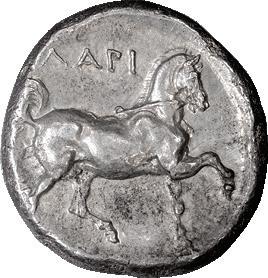
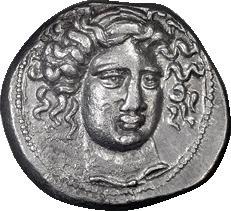
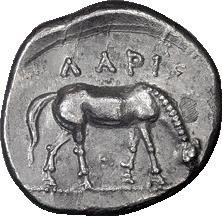


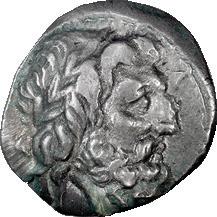
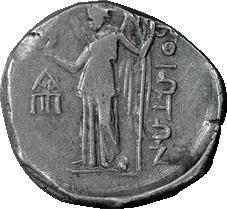
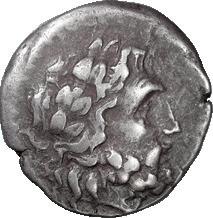
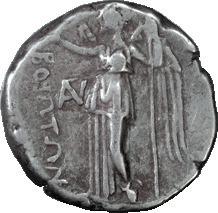
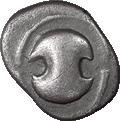
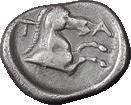
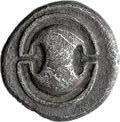
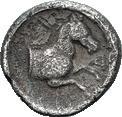
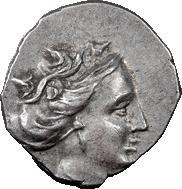

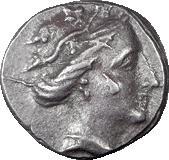
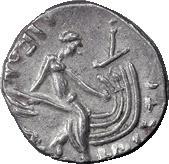




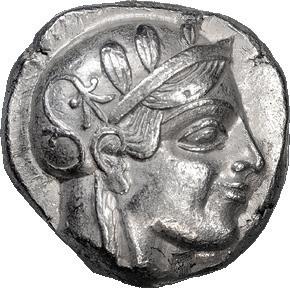
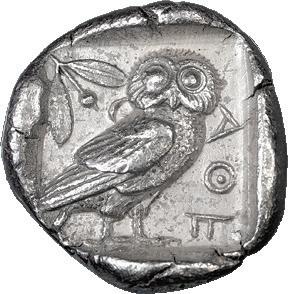


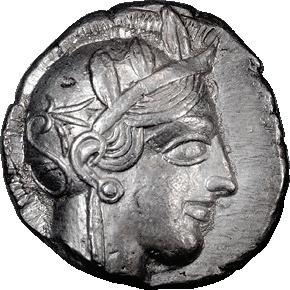


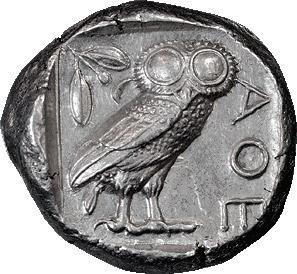

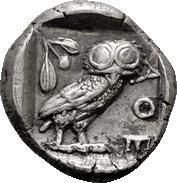
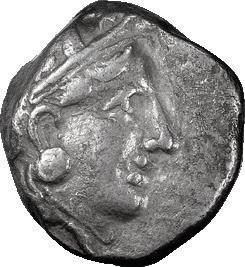
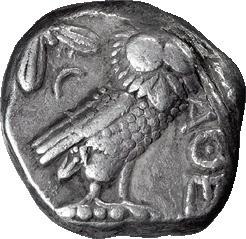



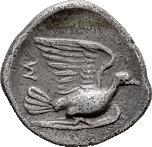


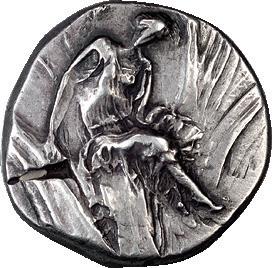
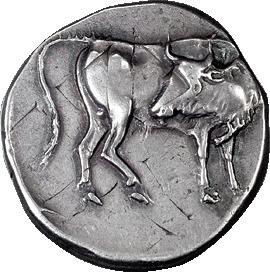
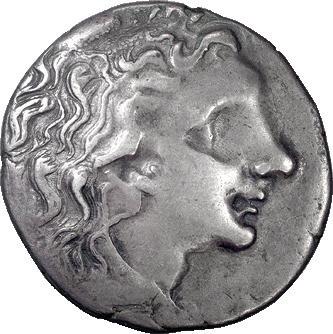
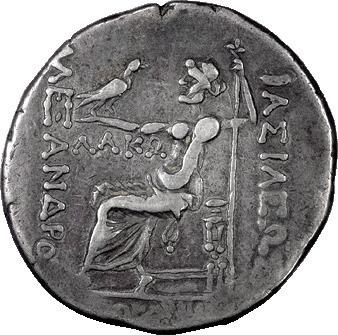
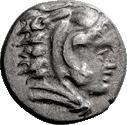


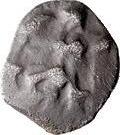
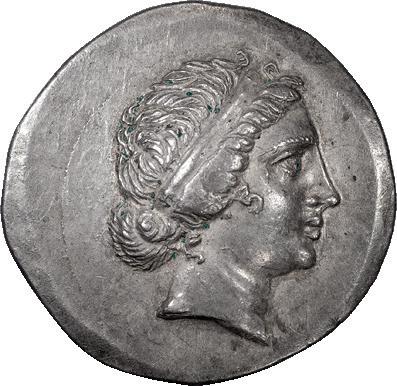
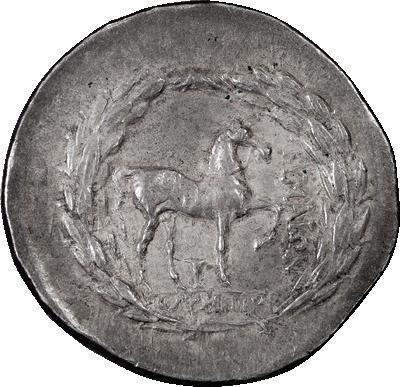
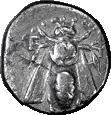


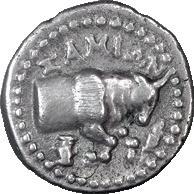
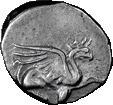
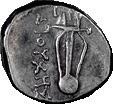

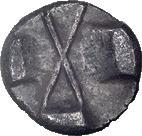
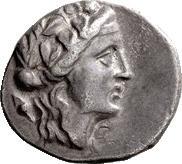

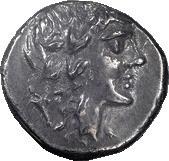


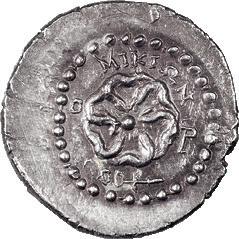

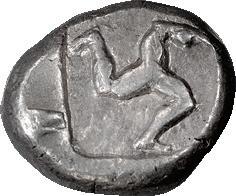

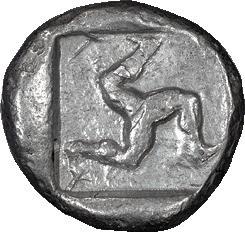
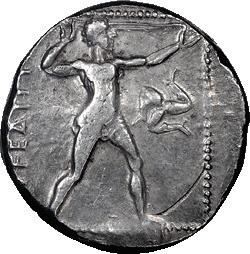

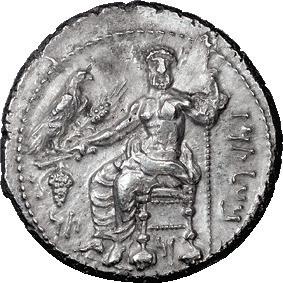
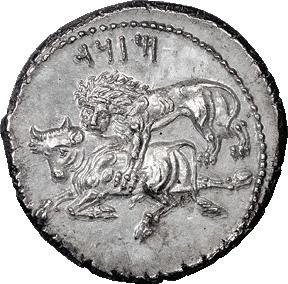


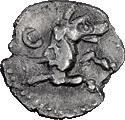
65 64 84 71 86 82 73 75 76 74 66 72 70 69 67 63 62 79 78 98 97 68 99 80 94 96 95 90 89 77 85 91 88 93 83 87 92
draped r. Rx: PIETAS AVG Sacrificial implements: lituus, knife, pitcher, ladle, whisk. Excellent portrait; weakly struck on reverse. aEF 125
262. CLAUDIUS II GOTHICUS; 268-270 AD, Antioch, Antoninianus, 3.52g. RIC-212 (C), C-133 (4 Fr.). Obv: IMP C CLAVDIVS AVG Head radiate l. Rx: IVNO REGINA Juno standing l. holding patera and scepter, peacock at her feet. EF 225
263. QUINTILLUS; 270 AD, Rome, Antoninianus, 2.77g. Normanby-1197 (17 spec.), C-63, RIC-31. Obv: [IMP C] M AVR CL QVINTILL[VS AVG] Bust radiate, draped, cuirassed r., seen from front. Rx: SECV - RIT A[VG] Securitas standing l., leaning on column, legs crossed, holding scepter disappearing behind her body, X[I] (officina 11) in r. field. Near MS 175
264. POSTUMUS; 260-268 AD, 266-7 AD, Antoninianus, 3.96g. Cunetio-2426 (7 spec.), RIC-84, C-333 (2 Fr.). Obv: IMP C POSTUMVS P F AVG Bust radiate, draped, cuirassed r., seen from front. Rx: SAECVLO FRVGIFERO Winged caduceus. EF 200
265. AUREOLUS, IN NAME OF POSTUMUS; Milan, Late 267-268 AD, Antoninianus, 3.00g. Cunetio-2474 (9 spec.), RIC-373. Obv: [IM]P POSTVMVS AVG Radiate, draped, cuirassed bust of Postumus r., seen from front. Rx: CONCORD EQ[VIT] Concordia standing l. holding patera and rudder on globe, prow on ground before her, apparently without S in exergue. There are two varieties of this reverse type, which are not distinguished in the Cunetio Treasure report, p. 75, Concordia 6: Concordia either has both feet on ground, as on our example and Cunetio pl. 29, 24934, or she places her r. foot on the prow, Cunetio pl. 29, 2474. EF 300
Excellent Portrait of Marius
266. MARIUS; 268 AD, Antoninianus, 3.05g. Cunetio-2508 (8 spec.), RIC-17, C-19 (10 Fr.). Obv: IMP C M AVR MARIVS AVG Bust radiate, draped, cuirassed r., seen from front. Rx: VICTORI - A AVG Victory standing l. holding wreath and palm. EF 400
267. VICTORINUS WITH PORTRAIT OF MARIUS; 268-270 AD, Antoninianus, 3.35g. Cunetio-2561 (77 spec.). Obv: IMP C P VICTORINVS AVG Radiate, cuirassed bust r., seen from front, with features of Marius. Rx: AEQVITAS AVG Aequitas standing l. holding scales and cornucopia. This coin shows that when emperors changed, sculptures used for portraiture did not; thus, this scarce Victorinus issue bears the portrait of Marius (who certainly ruled longer than the three days accorded him by one of the ancient historians). MS 300
268. VICTORINUS; 268-270 AD, Antoninianus, 2.73g. Cunetio-2567 (1188 spec.), RIC67. Obv: IMP C VICTORINVS P F AVG Bust radiate, cuirassed r., seen from front. Rx: SALVS AVG Salus standing r. holding and feeding snake. MS 200
269. VICTORINUS; 268-270 AD, Antoninianus, 2.75g. Cunetio-2530 (1162 spec.), RIC118, C-79 (2 Fr.). Obv: IMP C VICTORINVS P F AVG Bust radiate, draped, cuirassed r., seen from front. Rx: PAX AVG Pax standing l. holding branch and scepter; in field, V l., star r. MS 200
270. VICTORINUS; 268-270 AD, Antoninianus, 2.97g. Cunetio-2572 (494 specimens). Obv: IMP C VICTORINVS P F AVG Bust radiate, cuirassed r., seen from front. Rx: [P]IETAS AVG Pietas standing l. holding box and sacrificing over small altar. MS 200
271. TETRICUS I; 270-273 AD, Antoninianus, 2.60g. Cunetio-2603 (667 spec.), RIC100. Obv: IMP C TETRICVS P F AVG Bust radiate, draped, cuirassed r., seen from front. Rx: PAX [AVG] Pax standing l. holding olive branch and scepter. Ex Berk 138, 1 June 2004, lot 343. MS 75
272. AURELIAN; 270-275 AD, Balkan Mint, Antoninianus, 4.08g. Göbl-282A3 (69 spec.), Paris-971, RIC-408. Obv: IMP AVRELIANVS AVG Bust radiate, cuirassed r., seen from front. Rx: VIRT - VS MILI - TV[M] Soldier holding transverse scepter offers Victory to emperor holding vertical spear and globe, Γ=officina 3 in exergue. MS 125
273. SEVERINA, WIFE OF AURELIAN; Antoninianus, Cyzicus, 275 AD, 4.30g. RIC-18, Göbl-352a0 (31 spec.), Paris-1237. Rx: CONCORD - IAE M - ILITVM Concordia standing l. holding two standards, XXI in exergue. Mostly complete silver wash. Mint State 145
Reverse Legend Misspelled
274. TACITUS; 275-276 AD, Lugdunum, Antoninianus, 3.56g. Bastien-102b pl. XI (same rev. die), RIC-24 var., Paris-1508 var. Obv: IMP CL TACITVS AVG Bust radiate, draped, cuirassed r., seen from front. Rx: FELICITAS SAECILI (sic) Felicitas standing l. holding patera over altar and long caduceus, C (=officina 3) in l. field, star in r. field. From the Philip Ashton Collection, ex Berk 163, 25 March 2009, lot 399. Rare engraver’s error SAECILI for SAECVLI on reverse, known to Bastien in just two specimens from two reverse dies. Ours may be the third known and is from one of the same reverse dies. Mint State 250
275. FLORIANUS; 276 AD, Cyzicus, Antoninianus, 3.85g. RIC-116, C-15, Paris-1979. Obv: IMP FLORIANVS AVG Bust laureate, draped, cuirassed r., seen from front.
Rx: CONCORDIA MILITVM Victory standing r. holding palm, presenting wreath to emperor standing l., holding scepter; in exergue, S. Some flan defects. VF 95
276. PROBUS; 276-282 AD, Serdica, Antoninianus, 3.92g. RIC-864, C-678. Obv: IMP C M AVR PROBVS P AVG Bust Radiate, draped r. Rx: S - O - LI IN - VICTO Sol in frontal quadriga, in exergue KAB (officina 2). Silver wash. MS 120
277. MAGNIA URBICA; Rome, 283-4 AD, Antoninianus, 3.07g. C-17 (10 Fr.), RIC343 (S), Venera-4138-46 (9 spec.). Obv: MAGN VRBICA AVG Bust draped r. on crescent, wearing stephane. Rx: VENVS - VICTRIX Venus standing l. holding helmet and scepter, shield at her feet, in exergue KA(crescent)S (officina 6). aVF 350
278. CARAUSIUS; 287-293 AD, Unattributed Mint, Antoninianus, 2.54g. RIC-895. Obv: IMP CARAVSIVS P F AVG Radiate, draped, cuirassed bust r., seen from front. Rx: PA[X AV]G Pax standing l., holding branch and transverse scepter. MS 385
LATE ROMAN IMPERIAL SILVER AND SILVERED BRONZE
Hanniballianus
279. HANNIBALLIANUS; 335-337 AD, Constantinople, Reduced Follis, 1.41g. RIC-
147 (r2), C-2 (40 Fr.). Obv: FL HAN[NIBALLIANO] REGI Bare-headed, draped, cuirassed bust r., seen from front. Rx: SE - CVRITAS PVBLICA Euphrates reclining r., holding scepter in r. hand and reaching l. hand towards urn at his side from which water flows; above his knees, a reed; mintmark [CO]NSS in exergue. VF 400
280. CONSTANTIUS II, STRUCK BY VETRANIO; 337-361 AD, Siscia, 350 AD, Centenionalis, 4.98g. RIC-286 (S), officina E=5. Obv: D N CONSTA[N] - TIVS P F AVG Pearl-diademed, draped, cuirassed bust r., seen from front, star before, A behind. Rx: HOC SIGNO VICTOR ERI - S Emperor standing l. holding labarumm inscribed chi-rho and spear, A in l. field, in exergue .ESIS. This issue was struck by Vetranio for Constantius II and himself. EF 325
281. VETRANIO; 350 AD, Thessalonica, Centenionalis, 5.12g. RIC-132 (S), officina A=1; C-1 (25 Fr.). Obv: D N VETRAN - IO P F AVG Bust laureate, draped, cuirassed r., seen from front. Rx: CONCORDIA - MILITVM Emperor standing l., with star above his head, holding two standards topped by Chi Rho banners, .TSA. in exergue, A - B across field. Mint State 350 HOC SIGNO VICTOR ERIS
282. VETRANIO; 350 AD, Siscia, Centenionalis, 5.48g. RIC-287 (S), officina A=1; C-4 (25 Fr.). Obv: D N VETRA - NIO P F AVG Bust laureate, draped, cuirassed r., seen from front; star before portrait, A behind. Rx: HOC SIG - NO VICTOR ERIS Emperor standing l. holding standard topped by Chi Rho banner and transverse spear, crowned by Victory standing behind him who also holds palm branch; .ASIS. in exergue, A in l. field. This is the only issue in the Roman series that shows the victory of Constantine on a coin. Mint State 500
283. MAGNENTIUS; 350-353 AD, Lugdunum, c. Jan. 351-Aug. 352 AD, Centenionalis, 4.77g. RIC-136 (C3), officina P=1, Bastien-176 (14 spec.). Obv: A behind portrait. Rx: VICTORIAE DD NN AVG ET CAE Two Victories holding wreath, within which VOT V MVLT X, SP in field below wreath, [R]PLG in exergue. Ex Berk 155th Buy or Bid Sale, July 2007, lot 451. Mint State 300
284. DECENTIUS AS CAESAR; 350-353 AD, Amiens, c. Aug.-Dec. 352 AD, Centenionalis, 4.12g. RIC-30 or 32 (S), Bastien-132 (3 spec.) or 134 (2 spec.). Obv: [D N DECENT]IVS NOB CAES Bare-headed, cuirassed bust r., seen from front, fold of cloak on front shoulder. Rx: VICTORIAE DD NN [AVG ET CAE] Two Victories standing face to face and holding wreath, within which VOT / V / MVLT / X; Chi-Rho above wreath, in exergue AMB preceded by star and followed by either crescent or crescent and pellet (off flan). Mint State 300
285. JULIAN II; 360-363 AD, AE 3, Heraclea, 3.62g. RIC-106 (C), officina B=2. Obv: D N FL CL IVLI - ANVS P F AVG Helmeted, pearl-diademed, cuirassed bust l., holding spear and shield; pattern of crescents and pellets along edge of shield. Rx: VOT X MVLT XX in four lines in wreath, in exergue HERACL.B. 0. EF 250
286. JULIAN II; 360-363 AD, Arles, AE 3, 2.12g. RIC-324 (R2). Obv: D N FL CL IVLI - ANVS P F AVG Helmeted, pearl-diademed, cuirassed bust l., holding spear and shield. Rx: VOT / X / MVLT / XX in four lines in wreath, eagle within medallion at top of wreath, in exergue [P, S, or T]CONST. VF 150
287. PROCOPIUS; 365-366 AD, Constantinople, AE 3, 2.17g. RIC-17a (R2), officina letter off flan; Sear-19883; C-8 (30 Fr.). Obv: D N PROCO - [PIVS P F AVG] Pearldiademed, draped, cuirassed bust l., seen from front. Rx: REPARATI - [O F]EL [TEMP] Emperor standing l., head r., holding labarum and shield, [Christogram] in upper r. field, [uncertain object] on ground to l.; in exergue, CON[S. .]. Fine 55
288. VALENTINIAN I; 364-375 AD, 364-367 AD, Siliqua, 1.08g. Cf. C-18 (6 Fr.) and RSC-p. 149. Obv: [D N V]ALENT - INIANVS P F AVG Pearl-diademed, draped, cuirassed bust r., seen from front. Rx: [RESTITVTOR] REIPVB Emperor standing l., head r., holding labarum and Victory on globe; mintmark in exergue is off flan. Some planchet losses. Fine 100
289. VALENTINIAN II; 375-392 AD, Antioch, AE 21, 5.73g. RIC-40c (S), officina E=5. Obv: D N VALENTINIANVS P F AVG Helmeted, rosette-diademed bust r. holding spear and shield. Rx: GLORIA RO - MANORVM Helmeted emperor standing l., looking back, raising r. hand, on galley piloted l. by Victory; in exergue, ANTE (officina 5). VF
Caracalla/Constantius II
100
290. CONSTANTIUS II SILIQUA OVERSTRUCK ON DENARIUS OF CARACALLA; 337-361 AD, Siscia, 351-355 AD, Siliqua, 2.91g. Cf. RIC-324 (R). Overstruck types: Obv: D N CONST[AN - TIVS P F AVG], Pearl-diademed, draped, cuirassed bust of Constantius II r.; Rx: VOT / XXX / MVLT / XXXX in wreath, [SIS] in exergue. Understruck types: Obv: [ANTONINVS - [P]IVS AVG, profile of unbearded Caracalla r.; Rx: [P]ONTIF [T]R P. ., the continuation of Caracalla’s titles having been destroyed by the overstrike. The busts of the two emperors are fairly close and nearly parallel to each other, so as to almost give the impression of a jugate portrait. Constantius II’s overstruck mintmark will have been SIS for Siscia, since according to RIC only Siscia used the abbreviations VOT and MVLT in this type, instead of VOTIS and MVLTIS. A remarkable and possibly unique overstrike, all four of whose dies were apparently official, though Kent’s relevant RIC VIII volume mentions no parallel cases that we can find of siliquae of Constantius II being overstruck on silver denarii that had originally been issued about 150 years earlier. A most unusual coin, where a siliqua was overstruck on a denarius, with the portrait of Caracalla clearly visible. aEF
ROMAN IMPERATORIAL BRONZE
1250
291. JULIUS CAESAR & C. CLOVIUS; 45 BC, Dupondius, 14.51g. Crawford476/1a; Sear, Imperators-62. Obv: CAESAR.DICTER Winged bust of Victory r. Rx: C CLOVI PRAEF Minerva advancing l. holding trophy over shoulder and shield decorated with Gorgon’s head, from which streamers hang down; snake advancing before her. Fine 300
ROMAN IMPERIAL BRONZE
292. NERO; 54-68 AD, Lugdunum, 64-6 AD, As, 9.99g. BM-376, Paris-101, C-247, RIC-
416. Obv: NERO CLAVD CAESAR AVG GERMANICVS Head bare r. with globe at tip of neck. Rx: PONTIF MA[X - TR P]OT IMP P P S - C Nero as Apollo stepping r., playing lyre. Some reverse porosity. EF / Fine 400
293. VESPASIAN; 69-79 AD, Rome, 71 AD, Sestertius, 24.22g. RIC-243 (C3), BM-555, Paris-516, C-326 corr. (4 Fr.). Obv: IMP CAES VESPAS AVG P M TR P P P COS III Head laureate r. Rx: PAX - AVGVSTI S - C Pax standing l. holding branch and cornucopia. Ex Heritage 3063, 16 January 2018, 33402. Sharp portrait. EF 1100
294. DOMITIAN; 81-96 AD, Rome, 92-4 AD, As, 10.88g. BM-469, Paris-500, C-333 corr., RIC-756 (C2). Obv: IMP CAES DOMIT AVG GERM - COS XVI CENS PER P P Head laureate r. Rx: MONETA - AVGVSTI S - C Moneta standing l. holding scales and cornucopia. Pleasant green patination. Near MS 385 Incredible
295. TRAJAN; 98-117 AD, Rome, 115 AD, Sestertius, 27.57g. Woytek-549v (71 spec.), BM-1019, Paris-844, C-178 (25 Fr.), RIC-657. Obv: IMP CAES NER TRAIANO
OPTIMO AVG GER DAC P M TR P COS VI P P Bust laureate, draped r., seen from side. Rx: IMPERATOR VIIII / S C in two lines in exergue, the army saluting Trajan “imperator” for the ninth time; Trajan sits r. on platform, extending r. hand and attended by two standing officers, while a lictor shouldering fasces stands r. before platform; the army is represented by (a) three soldiers standing l., all wearing helmets and holding shields, the first two raising their r. arms to acclaim Trajan and the third holding a horse by the bridle and (b) the heads and standards of two standard-bearers, unhelmeted, visible in a second row above the heads of the soldiers and the horse in the front row. Ex Gorny & Mosch 142, 10 October 2005, lot 2494. After major victories, the army saluted the emperor “imperator” (“commander”), entitling him to celebrate a triumph in Rome if the Senate decreed one. This sestertius of Trajan, a similar sestertius with IMPERATOR VIII, and a similar aureus with IMPERATOR VII, are the only Roman coins to depict such a salutation. These three acclamations commemorated the first three victories of Trajan’s Parthian war, IMP VII being accorded for his conquest of Armenia in 114, IMP VIII and VIIII for the first two victories of his second campaign in 115. While many examples of this type have come into the market, virtually every single one of them has been tooled. This coin is excessively rare in that it has never been tooled, with a beautiful olive-colored patination, and a flawless, beautifully struck obverse and reverse. MS 8750
296. TRAJAN; 98-117 AD, Rome, 103-11 AD, Dupondius, 12.19g. Woytek-206aD (2 spec.), bust var. of RIC-505. Obv: IMP CAES NERVAE TRAIANO AVG GER DAC
P M TR P COS V P P Head radiate r. Rx: [S]PQ[R OPTIMO P]RINCIPI S - C Pax standing l. holding branch and cornucopia and setting r. foot on head and shoulders of Dacian. Interesting reverse type commemorating Trajan’s conquest of Dacia, rarer on middle bronzes than sestertii. Particularly rare with this exact bust type on dupondii: only two specimens recorded by Woytek. Olive patination. Choice EF / VF 400
297. ANTONINUS PIUS AS CAESAR; 138 AD, Rome, Sestertius, 27.09g. BM-1943, C-604, RIC-1083a. Obv: IMP T AELIVS CAESAR ANTONINVS Head bare r. Rx: PIE-TAS across field, TRIB POT COS S-C Pietas standing l., raising r. hand over altar and holding incense box in l. hand. Ex Gemini X, 13 January 2013, lot 571. Ex Triton VI, 14-15 January 2003, lot 894. EF 3850
A Gift from the Parthian King
298. ANTONINUS PIUS; 138-161 AD, Rome, 139 AD, Sestertius, 23.37g. Rev. type var. of BM-1191, C-572 (15 Fr.), Strack-792 (5 spec.), and RIC-586 (R). Obv: ANTONINVS AVG PIVS P P Head laureate r. Rx: PAR - TH - IA around, COS II in exergue, S - C in field, Parthia standing l. holding golden crown in r. hand and empty quiver in l. hand. Antoninus’ rare province series of 139 AD, which appeared on bronze coins only, commemorated the traditional donation of golden crowns to a new emperor by the provinces and by client kingdoms, the entire amount of which Antoninus is reported to have remitted to the people of Italy, and half to the inhabitants of the provinces. In her left hand Parthia normally holds a bow and a quiver full of arrows, but on our coin the bow and arrows are omitted and she holds an empty quiver only. Possibly an unpublished variant of a rare and interesting historical type .
EF
302. MARCUS AURELIUS; 161-180 AD, Rome, 166 AD, Sestertius, 23.80g. BM1289, C-807, RIC-931. Obv: [M - AV]REL ANTONINVS AVG - ARM PAR[TH MAX] Head laureate r. Rx: TR POT XX IMP IIII - C - O - S III S - C Victory, naked to waist, standing r., holding palm branch and shield inscribed VIC / PAR that is set atop palm tree. The same type also occurs in two other varieties, the differences overlooked in the standard catalogues, namely with Victory standing left, head right, weight on left rather than right leg, Berk cc95064, April 2020; and with Victory standing right, but with right arm not lowered and holding palm branch, but bent to inscribe shield, BMC-1290, pl. 79.6. Some obverse porosity. EF 350 Exquisite
303. LUCIUS VERUS; 161-169 AD, Rome, 161 AD, As, 11.46g. Bust var. of BM-869 and RIC-1290. Obv: IMP CAES L AVREL VERVS AVG Bust laureate, draped r., seen from front and side. Rx: CONCORD AVGVSTOR TR P around, [COS II] in exergue, S - C across field, Standing togate figures of Marcus and Verus clasping r. hands and holding rolls in l. This is the best middle bronze of Lucius Verus we have ever handled. The portrait is exceptional, and the reverse shows distinct portraits of the two emperors clasping hands in unity. MS 4000
304. LUCILLA; Rome, Sestertius, 21.80g. RIC-1740, C-29, BM-1203. Obv: LVCILLAAVGVSTA Draped bust r., hair bordered by a narrow diagonal braid running from the empress’ forehead to the bottom of her bun behind. Rx: HILARITAS S - C Hilaritas standing l. holding long palm and cornucopia. Acquired from Frank Kovacs, 1990. Apparently a rare variety with this hairstyle on sestertii; only one other such specimen in CoinArchives Pro, namely Aureo & Calico 270, 2015, lot 177. VF 285
305. COMMODUS; 177-192 AD, Rome, 192 AD, Sestertius, 19.17g. BM-701, C-576, RIC-611. Obv: L AEL AVREL COMM AVG P FEL Head laureate r. Rx: P M TR P XVII IMP VIII [CO]S VII P P S C Securitas seated l. holding scepter and extending r. hand towards child before her representing the Human Race; star in r. field. The deity on reverse is traditionally described as Pietas but a recently discovered aureus which adds the descriptive legend SEC GEN HVM to the same type (Spink 65, 1988, 246, now coll. Ben Damsky) proves that she is actually Securitas and the child before her presumably the Human Race. Ex Gemini X, 13 January 2013, lot 577; with auction ticket. Struck on a broader flan than normal for Commodus, and with a rather sensitive portrait. Issued in the last year of his reign. EF / aEF 1500
306. CLODIUS ALBINUS AS CAESAR; 193-195 AD, Rome, 194-5 AD, Sestertius, 22.83g. BM-483, C-7 (30 Fr.), RIC-62. Obv: D CLOD SEPT - ALBIN CAES Head bare r. Rx: [CONCOR]DI[A] S - C Concordia seated l. holding patera and double cornucopia. Exceptional portrait. Green patination. aVF 800
307. GETA; 209-211 AD, Rome, 210 AD, Sestertius, 19.40g. BM-214, pl. 59.1 (same obv. die); RIC-159b (R3); C-145 (50 Fr.). Obv: [I]MP CAES P SEPT - GETA PIVS AVG Bust laureate r. Rx: PONTIF TR P II COS [II] around, S [C] in exergue, Caracalla and Geta, both togate and veiled, standing face to face and sacrificing from pateras over lighted and garlanded altar and prostrate bull between them; in center background, flute player, half length, playing flutes. One of Geta’s commonest reverse types on sestertii, so overvalued by Cohen at 50 francs and by RIC at R3. VF 450
Incredible portrait
308. GETA AS AUGUSTUS; Rome, 211 AD, Dupondius, 11.73g. BM-270, pl. 62.6 (same obv. die). Obv: P SEPT GETA PIVS AVG BRIT Head radiate r. Rx: FORT RED TR P III COS II around, S C in exergue, Fortuna Redux seated l. holding rudder on globe and cornucopia, wheel under seat. Struck before the arrival in Rome of news of Septimius Severus’ death in York on 4 February 211, since Geta has not yet assumed the title Pater Patriae. Rare with just SEPT rather than SEPTIMIVS in Geta’s obverse legend. This is the most flawless portrait of Geta that we’ve ever owned. Olive patination. MS 4000
Didia Clara
3250
299. ANTONINUS PIUS; 138-161 AD, Rome, 154 AD, As, 9.96g. BMC-1950 note, bust var. of C-45 (6 Fr.) and RIC-921. Obv: ANTONINVS AVG - PIVS P P TR P XVII Bust laureate, draped, cuirassed r. Rx: ANNONA - AVG COS IIII S - C Annona standing r., resting r. hand on modius set on base and holding large branch pointing upwards in lowered l. hand; basket of fruit on ground r. An elaborate Annona reverse type that adds a basket of fruits to the modius that is usually shown at her feet. aEF 445
Double-Reverse
300. UNPUBLISHED DOUBLE-REVERSE AS OF ANTONINUS PIUS; 138161 AD, Rome, 161 AD, As, 9.73g. Cf. BM-2115, with the standard obverse type of portrait and titles of the emperor. Obv: TR P XXIIII - COS IIII around, S - C across field, Aeternitas standing r. holding short caduceus and phoenix on globe. Rx: The same type and legend, but from a different die. It seems that the second-century Roman asses that repeated the same obverse type or the same reverse type on both sides of the coin may have been produced for use as New Year’s gifts, since we know that asses were a favorite denomination for such gifts; see Numismatic Chronicle 172, 2012, pp. 359-361. Very rare: Strack knew only three double-reverse asses of Antoninus Pius, all with a different type and from different years than ours, plus six double-obverse As types of the same emperor, four of them unique and the fifth type recorded in two specimens (Strack, pp. 325-7). Fine 475
301. FAUSTINA I, DIVA; Died 140 AD, Rome, As, 11.29g. BM-1555, C-23 (5 Fr.), RIC-1159. Obv: [DI]VA FAV - STINA Bust draped, veiled r. Rx: AETER - NITAS around, S C in exergue, veiled Aeternitas seated l. on starry globe with equatorial belt, extending r. hand and holding transverse scepter in l The reverse of this interesting As shows that the Romans knew the earth was round. Olive patination. aEF 475
309. DIDIA CLARA, DAUGHTER OF DIDIUS JULIANUS; Rome, Sestertius, 21.31g. BM-38 pl. 4.7 (same rev. die), C-4 (50 Fr.), RIC-20 (R2). Obv: DIDIA CLA - RA AVG Bust draped r. Rx: HILA - R TEMPOR S - C Hilaritas standing l. holding long palm and coruncopia. From A.M. Woodward’s obverse die 2, Coinage of Didius Julianus and His Family, Num. Chronicle 1961, p. 80 and pl. 10.2. This is an absolutely exquisite portrait of the daughter of Didius Julianus. Beautifully centered on a warm brown flan. The obverse is nearly EF. The reverse the same, except for a flat strike on the head of Hilaritas which is normal for this issue. The quality and patination of this coin suggest that it comes from an old collection, but we have not yet found it illustrated in any earlier auction catalogue. aEF 10000
Persian Campaign
310. SEVERUS ALEXANDER; 222-235 AD, Rome, 231 AD, Sestertius, 18.70g. BM748, C-492 (15 Fr.), RIC-596. Obv: IMP SEV ALE - XANDER AVG Head laureate r., fold of cloak on front shoulder and behind neck. Rx: PROFECTIO AVGVS - [TI] S C Emperor holding spear on horseback r., preceded by Victory holding wreath up in r. hand. Ex NAC, 2 April 1995, Friedrich Collection of Roman Imperial Sestertii, lot 1764. From the same reverse die as BM-750, pl. 26. Commemorates Alexander’s departure on his Persian campaign early in 231 AD. Rare. This coin is exceptionally beautiful, not only historical but showing a rather remarkable image of Victory on foot leading the emperor forward. Slight traces of manual cleaning in the fields suggest that this coin may come from an 18th or 19th century collection, when such cleaning was common. Mint State 1450
311. MAXIMINUS I THRAX; 235-238 AD, Rome, 236-8 AD, Sestertius, 21.33g. BM191, C-109 (8 Fr.), RIC-90. Obv: with GERM, third portrait with hooked nose and protruding chin. Rx: VICTORIA GERMANICA S - C Victory standing l. holding wreath and palm, captive at feet. EF 385
312. MAXIMUS AS CAESAR; 235-238 AD, Rome, 236-8 AD, Sestertius, 17.17g. BM204, C-7 (10 Fr.), RIC-11. Obv: MAXIMVS CAES GERM Bust draped r., head bare. Rx: PIETAS AVG around, S C in exergue, Priestly implements: lituus, knife, patera,
pitcher, ladle, and whisk. Reverse porosity. aEF / VF 585
Unimprovable Gordian I Africanus
313. GORDIAN I AFRICANUS; 238 AD, Sestertius, Rome, 20.73g. BM-12, C-11 (70 Fr.), RIC-11 (R). Obv: IMP CAES M ANT GORDIANVS AFR AVG Bust laureate, draped, cuirassed r. Rx: SECVRITAS AVGG around, S C in exergue, Securitas seated l. holding scepter. Ex Gemini XII, 11 January 2015, lot 396. Portraits of Gordian I Africanus are scarce but normally available only in VG-Fine, sometimes in VF. This coin is absolutely EF and bears a wonderful portrait of the aged emperor with complete obverse and reverse legends despite not being perfectly round. Choice EF 10000
Exquisite Pupienus
314. PUPIENUS; 238 AD, Rome, Sestertius, 19.28g. BM-49, pl. 46 (same rev. die); C-23 (15 Fr.); RIC-22a (S). Obv: IMP CAES M CLOD PVPIENVS AVG Bust laureate, draped, cuirassed r. Rx: PAX - PVBLICA around, S C in exergue, Pax seated l. holding branch and scepter. Ex Gemini VIII, 14 April 2011, lot 404; ex Spink, July 2000, G. Powell Collection, lot 1452. Choice EF 10000
Somewhat Medallic Sestertius
315. GORDIAN III; 238-244 AD, Rome, 241-3 AD, Sestertius, 21.30g. RIC-300a, C-122. Obv: IMP GORDIANVS PIVS FEL AVG Bust laureate, draped, cuirassed r. Rx: LAETITIA AVG N around, S - C across lower field, Laetitia standing l. holding wreath and anchor. Although sestertii of Gordian III are as common as sand on the beach, this coin is struck on an exceptionally large flan and with incredibly sharp detail in the portrait, and has a smooth jade green patina. Despite minor weakness in a few letters of the reverse legend, the reverse type is very sharp and the obverse legend and portrait are virtually flawless. Mint State 1250
Extremely Rare Aemilian As
316. AEMILIAN; 253 AD, Rome, As, 5.91g. Obv. legend var. of RIC-42b = C-67 (Vienna, 60 Fr.). Obv: IMP CAES AE[M]ILIANVS [P F AVG] Bust laureate, draped, cuirassed r. Rx: VOTIS / DECENNA / LIBVS / S C in four lines within laurel wreath. Middle bronzes of Aemilian are all very rare, being barely represented in even very large collections. The Hohenkubin middle bronze collection, for example, sold by Lanz Graz in 1974, contained only two such pieces, one dupondius and one As, the As having been acquired from the famous Trau Sale of 1935. Our VOTIS As combined with Aemilian’s first obverse legend may even be an unpublished variety; Cohen reported such an As only with Aemilian’s second obverse legend, in the Vienna collection. Slightly rough surfaces. EF 450
317. POSTUMUS; 260-268 AD, Double Sestertius, 27.92g. RIC-143, C-177, Bastien-386 (similar overstrikes). Obv: IM[P C M CASS LAT POS]TVM[VS P F AVG] Radiate draped, cuirassed bust of Postumus r., seen from front, overstruck on large laureate right-facing portrait of Hadrian, only visible in outline. Rx: [LAETI]TIA around, AVG (faint) in exergue, Stylized galley l. in waves, without traces of Hadrian’s original reverse type. Fine / Good 450
BYZANTINE COPPER
4 April - 1 August 527 AD
318. JUSTIN I AND JUSTINIAN I; Antioch, 4 April-1 August 527 AD, Follis, 14.46g. MIB-10 (only 2 spec. from officina Γ=3); officina var. of Berk-118 and Sear-130. Obv: D N D N IVSTINVS ET [IVSTINIANVS PP] AVG Diademed, nimbate, draped and cuirassed busts of the two emperors facing. Rx: Large M between two stars; cross above, Γ below, ANTIX in exergue. Ex Christov Fam. Collection. Ex Goldberg 55, lot 290. Ex NAC 40, 16 May 2007, lot 920. A very rare type, extremely rare from officina Γ=3; MIB lists only two such specimens, from a Stanley Gibbons list and from Berk Collection; absent from the major museum collections. This coin records the brilliant transition by Justin I to his nephew Justinian I which created strength for the Eastern Christian Roman Empire that was to last nearly a thousand years. The two eyes on the portrait of Justinian, one can strangely call unusually sharp. Very few of these coins survive; only three specimens of this officina including ours, and less than 50 of all the folles of Antioch. Fine / VF 900
319. JUSTINIAN I; 527-565 AD. Thessalonica, 16 Nummi, 8.31g. Berk-162, MIB-169a, Sear-175. Obv: D N IVSTINI - [ANVS PP AVG] Diademed, draped, cuirassed bust r., seen from front. Rx: Large I, surmounted by cross, and smaller S; to l., A; to r., P; in exergue, TES. VF 250
Finest Known
320. CONSTANS II; 641-688 AD. Constantinople, 642/3 AD, Follis, 3.72g. Berk-649, MIB-163. Obv: [E]N TovT - O - N[IKA] Constans standing facing, beardless, wearing crown, holding in r. hand staff surmounted by XP inverted and in l. hand cross on globe. Rx: Large m, cross above, [ΓΙΙ] in exergue. Of the many portraits of folles of Constantinople, those of Constans II are so bad that they look like some kind of imitation. A coin like this was never thought to exist, but somehow this strike was preserved, and shows what the Romans intended to be a portrait of their emperor.
MS 3500
321. JUSTINIAN II; First Reign, 685-695 AD. Syracuse, c. 692/3 AD, Follis, 4.83g. Berk-777, MIB-69, Sear-1300. Obv: No legend, Emperor, bearded, standing facing, wearing crown and loros, holding cross potent set on two steps and cross on globe. Rx: Large M, TNA monogram above, star beneath, SCL in exergue. VF 300
322. JUSTINIAN II; Second Reign, 705-711 AD, Syracuse, c. 706-7 AD, Half Follis, 1.91g. Berk-812, MIB-49, Sear-1299. Obv: No legend, Emperor, bearded, standing facing, wearing crown and chlamys, and holding long cross and akakia. Rx: Large K between two stars (off flan), [TAN] monogram above, officina letter [E] below, [SCL] in exergue. gVF 400
323. CONSTANTINE VII AND ZOE; 919-959 AD. Constantinople, 914-919 AD, Follis, 6.01g. Berk-928, Sear-1758. Obv: +CONSTANT’CE ZOH b Facing busts of Constantine VII, beardless (on l.) and Zoe (on r.), both crowned and holding between them long patriarchal cross. Rx: [+]CONS/TANTINO[‘]/CE ZOH bA/SILIS RO/
MEOh in five lines across field. This is a superb example of this common coin, which rarely turns up in such fine condition. Since it was a rather peaceful time, small denominations such as this circulated thoroughly, and many became heavily worn. Choice EF 400
324. ANDRONICUS I; 1183-1185 AD. Constantinople, BI Aspron Trachy, 5.13g. Sear1985. Obv: Nimbate Virgin standing facing on dias, holding before her nimbate facing head of infant Christ, across upper field MHTP (monogram) and ΘV. Rx: ANΔPONIK[OC - ΔECΠOTHC] Andronicus with forked beard, standing side by side with nimbate Christ, who holds gospels and crowns him; l. and r. of Christ’s head, IC - [XC]. EF 350
325. OSTROGOTHIC KING, THEODORIC; 493-526 AD, Rome, 2 Nummi, 1/500th Pound, 1.31g. Metrich-80b . Fine 200
326. BYZANTINE LEAD SEAL; Byzantine Lead Seal, 30 mm, 21.54g, 9th cent. AD. Cf. Zacos-2131. Obv: Cruciform invocative monogram forming the words ΘEOTOKE BOHΘEI (“Mother of God, give aid to thy servant”). Rx: Titles of issuer ΠATPIKIW KAI CTPATHΓW, however his name and the completion of his title are illegible. As created 350 GREEK BRONZE
327. CELTIC GAUL; c. 1st cent. BC, 2.42g. Potin 17 mm, wheel with four spokes. as created 100
328. CELTIC GAUL; c. 1st cent. BC, 1.88g. Potin 17 mm, wheel with four spokes . as created 100
329. SPAIN, ARSE/SAGUNTUM; mid 2nd cent. BC, AE 17, 3.93g. SNG Spain-1107. Obv: Shell. Rx: Dolphin r., Iberian inscription around. EF 100
330. SPAIN, ARSE/SAGUNTUM; mid 2nd cent. BC, AE 12, 1.30g. SNG Spain-1114. Obv: Shell. Rx: Dolphin r., Iberian inscription around. EF 100
331. SPAIN, GADES; 2nd half of 2nd cent. BC, Quadrans, 2.90g. SNG BM-293. Obv: Bust of Melqart (Herakles) l. wearing lionskin, club over shoulder. Rx: Dolphin transfixed by trident l.; above, p’lt; below, hgdr. EF 150
332. BOLSKAN, SPAIN; AE 24-25, Bolskan, Spain, 2nd half of 2nd. cent. BC, 10.09g. SNG BM-734. Obv: Bearded head r., dolphin behind. Rx: Horseman charging r. holding couched spear, star behind his head, bolskan written above ground line below. VF 130
333. OBULCO, SPAIN; Obulco, Spain, last 3rd of 2nd cent. BC, AE 24-26, 11.38g. SNG BM-1445. Obv: Female head r., OBVLco before. Rx: Above, plow l.; below, wheat ear l.; between them, ibolka. aEF 250
334. TITIAKOS, SPAIN; Titiakos, Spain, early 1st cent. BC, AE 23, 9.19g. SNG BM1067. Obv: Bearded head r.; to l., titiakos. Rx: Horseman carrying couched spear r.; above ground line below, belikio. EF 185 Piacus Masterpiece
335. SICILY, PIACUS; c. 420-400 BC, Tetras, 2.36g. Calciati-2/1, Rizzo-pl. LX, 14. Obv: Wreathed and horned head of youthful river god l., ΠIAKIN to l. with pellets between the letters. Rx: Dog taking down fawn, barley grain on either side. Rizzo suggested that the accomplished artist who produced the magnificent Apollo-head issues at Katane, known as the ‘Maestro della foglia’, was also responsible for engraving the dies of this issue. Jenkins, in his later analysis, concurs with Rizzo’s observation, and argues that this stylistic link, along with the occurrence of the ‘signature’, is evidence of the same hand at work. A magnificent example of one of most desirable of Greek bronzes. Olive patination. MS 2650
336. SICILY, SYRACUSE; c. 405-367 BC, Tetras, 1.72g. Calciati-29, SNG ANS-385. Obv: Head of nymph facing, slightly l. Rx: Octopus. EF 750
337. SICILY, TIMOLEON; c. 344-336 BC, Litra, 30.79g. BM-287, Sear-1189. Obv: [ΣYPA], head of Athena left in crested Corinthian helmet. Rx: Starfish or 8-pointed star between two swimming dolphins. VF 300 Lighthouse
338. SICILY, PANORMUS; c. 44-36 BC, AE 15, 4.66g. RPC-637, SNG Cop-1061, Calciati-161. Obv: Lighthouse, D-D to either side. Rx: Altar . EF 200
339. MACEDONIA, PHILIP II; 359-336 BC. AE 11, 5.42g. SNG ANS-842. Obv: Head of Apollo r., hair bound with taenia. Rx: ΦΙΛIΠΠoY around above, Naked rider wearing petasus on horse prancing r., VE monogram below. Rare variety with horseman on reverse wearing petasus, a detail shown by only five of the 600+ bronze coins of Philip II in the ANS collection. EF 400
340. MACEDONIA, ALEXANDER III THE GREAT; Macedonia, 336-323 BC, AE 17x18, 5.63g. Price-301. Obv: Head of young Herakles r. in lionskin headdress. Rx: AΛEΞANΔPoY horizontally across field, bow in bowcase above, club and K below. EF 250
341. MACEDONIA, ALEXANDER III THE GREAT; c. 325-310 BC, AE, 4.24g. Price-405. Obv: Macedonian shield, thunderbolt in center. Rx: Macedonian helmet with double crest and cheek pieces, B - A across field, EY monogram at lower r. Ex HJB 176, 8 September 2011, lot 514. EF 140 Quarter Unit
342. MACEDONIA, PHILIP III; 323-317 BC. Quarter Unit, 1.19g. Price-P65. Obv: Diademed head of king r. Rs: Horseman r., ΦIΛIΠΠ[oY] below, [B]AΣIΛE[ΩΣ] above, monogram in upper l. field. Assigned to Philip III by Price, but to Philip IV by SNG Copenhagen-1171. EF 300
343. ANONYMOUS, AFTER C. 311 BC; AE 15x16, 3.98g. SNG Cop-1124. Obv: Macedonian shield; in center, facing Medusa head. Rx: B - A Crested Macedonian helmet; at lower l., caduceus. EF 300
344. ANONYMOUS, AFTER C. 311 BC; AE 15x16, 4.03g. SNG Cop-1124. Obv: Macedonian shield; in center, facing Medusa head. Rx: B - A Crested Macedonian helmet. EF 200
345. MACEDONIA, CASSANDER; 306-297 BC. AE 15-16, 4.43g. SNG Cop-1159. Obv: Helmeted head of Athena r. Rx: [ΒΑΣΙΛΕΩΣ]
r. and
/ ΚΑΣΣΑΝΔΡΟ[Υ]
Club



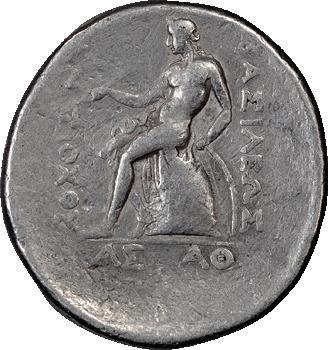
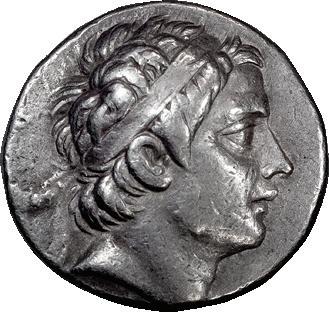




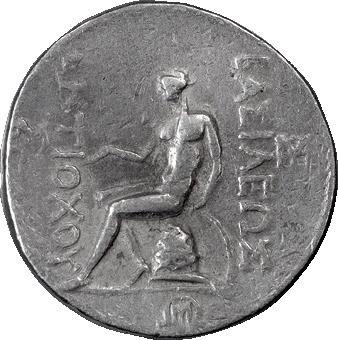


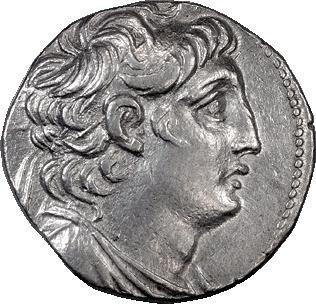
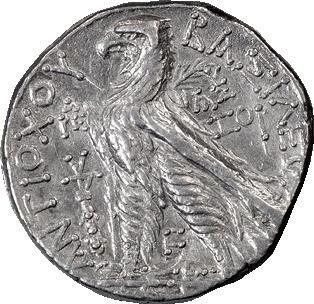
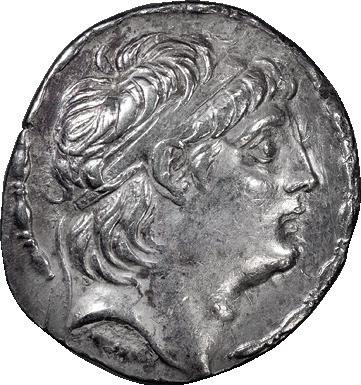



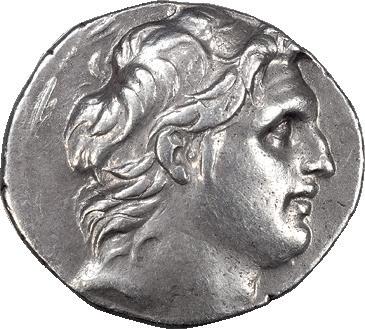
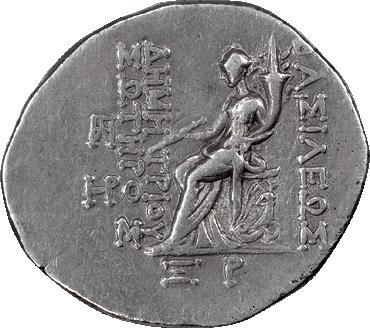
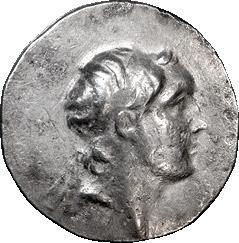
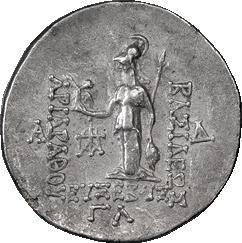
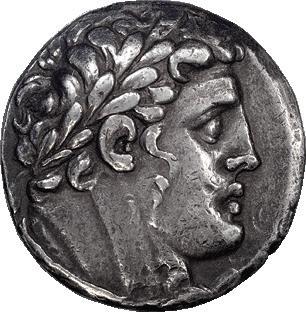
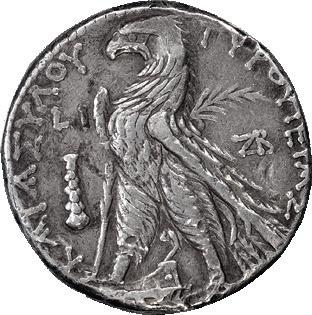



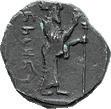
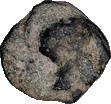






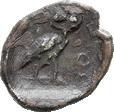

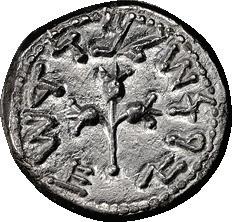


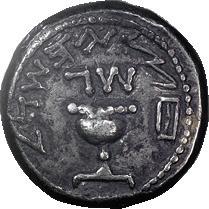





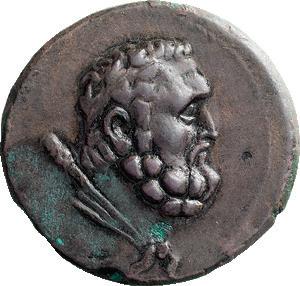


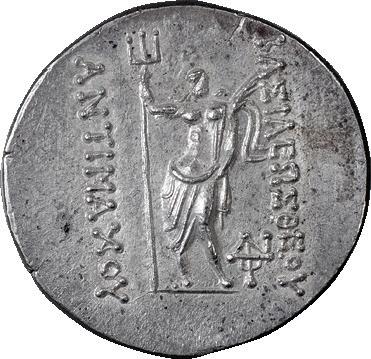

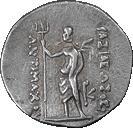


104 120 105 111 126 109 103 102 101 114 116 113 112 107 100 108 119 106 115 118 110 123 125 122 121 117 124
bow in bowcase l. EF 300
346. MACEDONIA, CASSANDER; AE 16, 3.86g. SNG Alpha Bank-883ff. Obv: Head of young Herakles r. Rx: Lion seated r. VF 125
347. ELIS, OLYMPIA; c. 40-35 BC, 2 Assaria, 11.67g. Weber-4082, BCD-307. Obv: Head of Hera r., wearing stephane ornamented with palmettes. Rx: Eagle standing r. with wings closed; F A across, monogram on lower r. In the BCD collection, there is one example better than this, and six others which are worse. This is an excellent example of this highly-desirable coin that somewhat resembles a silver stater.
EF / EF 1200
348. MOESIA INFERIOR, CALLATIS; Callatis, Moesia Inferior, 2nd-3rd cent.
AD, AE 21.5, 2 Assaria, 5.29g. AMNG-294, SNG Münich-247 (same dies). Obv:
KTI - CTHC Laureate, bearded head of Hercules r. Rx: KAΛΛA - TIANΩN Cybele seated l. on throne, holding patera with r. hand and resting l. elbow on drum, possibly also holding transverse scepter under l. arm. Callatis regarded itself as a colony of Heraclea, as confirmed by coins of imperial times like ours naming Heracles as their founder; see Pick, AMNG, p. 84. Possibly only the second recorded specimen of this exact variety, the other, from the same dies, being in Munich. Unusual portrait of Hercules. EF / VF 350
349. ATTICA, ATHENS; c. 264-267 AD, AE 21, 5.85g. Agora-284; Svor-pl. 82, 5ff. Obv: Helmeted head of Athena r. Rx: Athena standing l. holding Nike, shield, and spear. VF 500
350. ATTICA, ATHENS; c. 264-267 AD, AE 21, 5.62g. Agora-284, Svor- pl. 82, 5ff. Obv: Helmeted head of Athena r. Rx: Athena standing l. holding Nike, shield, and spear. VF 150
351. ATTICA, ELEUSIS; c. 350-300 AD, AE 14, 2.56g. Kroll, Agora-49; BM-10; Sear2575. Triptolemos standing l. in winged car drawn by two serpents, holding in r. hand two ears of wheat. Rx: Pig standing r. on mystic staff, EΛEY in exergue, all within wreath of wheat. Obverse off-center. EF 400
352. PONTUS, AMISUS; Time of Mithradates 120-63 BC, AE 16, 4.22g. SNG BM1216. Obv: Bust r. of Mithradates as Perseus. Rx: Cornucopia between two liberty caps, with stars above each. AMΙΣΟΥ below. Some marks on the surfaces, but otherwise dark patination with a reasonably nice strike. Interesting imagery with Mithradates as Perseus and the cornucopia with two liberty caps. VF 250
353. BITHYNIAN, PRUSIAS I; 229-183 BC. AE 19-20, 5.67g. SNG Aulock-249, Sear7264. Obv: Laureate head of Apollo r. Rx: ΠPOYΣI[OY] / BAΣIΛEΩΣ downwards to l. and r. of lyre. Wonderful image of Apollo. Choice EF 300
354. IONIA, COLOPHON; c. 330-285 BC, AE 12.5-14, 1.88g. Milne-109, BM-22, SNG Aulock-7912. Obv: Laureate head of Apollo r. Rx: Forepart of horse r., [E] ΠIΓONOΣ upward behind, KOΛ below. EF 150
355. CARIA, MYLASA; 314 BC, AE 21x22, 4.59g. Cf. SNG Aulock-8049. Obv: Three Macedonian shields overlapping each other. Rx: Sword in sheath attached to strap; to r., EYΠo; to l., Λ. On the Aulock specimen the double ax is on the right not left and it is upside down, with the ax heads pointing downwards. VF 300
356. CARIA, RHODES; c. 350-300 BC, AE 12, 1.14g. SNG Keckman-400ff. Obv: Head of Rhodos r., wearing diadem. Rx: Rose; P O around stalk; bud r., E to l. gVF 100
357. MYSIA, CYZICUS; 2nd-1st cent. BC, AE 26, 8.16g. SNG Paris-489. Obv: Bull butting r. Rx: Flaming torch. VF 250
358. LYDIA, NACRASA; Nacrasa, Lydia, Strategos Artemidoros, c. 98-161 AD, AE 1920, 5.32g. Kurth-3, RPC-1808A (4 spec.). Obv: [NAKPA - C]EITΩN Half-length bust of Artemis l., holding bow before her and quiver behind. Rx: EΠI CTPA[THΓOΥ ΑPΤΕΜΙΔΩPΟΥ] Naked Apollo standing l. holding branch. Beautifully designed portrait of Artemis. Reverse off-center. VF 275
359. PHRYGIA, PRYMNESSUS, PSEUDO-AUTONOMOUS; c. 193-217 AD, AE 23, 7.37g. SNG Aulock-3935, SNG Cop-661, BM-11. Obv: Draped bust of Senate r. Rx: Cybele seated l., forepart of lion before her, ΠPYMN-HCCЄΩN around. EF 475
360. POLEMO II AND JULIA MAMAEA; Polemo II and Julia Mamaea, Armenia, 60-64 AD. AE 21-22, 7.33g. RPC-3844 (4 spec.). Obv: ΒΑΣΙΛΕΩΣ ΜΕΓ Μ ΑΝΤΩΝΙΟΥ ΠΟΛΕΜΩΝΟΣ Diademed head of Polemo r. Rx: ΙΟΥΛΙΑΣ ΜΑΜΑΙΑΣ ΒΑΣΙΛΙΣΣΗΣ Diademed, draped bust of Julia Mamaea r. The Queen Julia Mamaea depicted on this coin was doubtless an ancestor of the later Roman empress Julia Mamaea, the mother of Severus Alexander (222-235 AD). aEF 1500
361. PALMYRA. PSEUDO-AUTONOMOUS; 2nd-3rd cent. AD, AE 12, 1.69g. Krzyzanowska Type XII; SNG Munich-522. Obv: Radiate bust r. (Baalshamin?), wearing calathos. Rx: Radiate bust l. (Malakbel?). Ex CNG E191, 9 July 2008, lot 155. VF 320
362. JUDAEA, JOHN HYRCANUS I; 135-104 BC, Prutah, 1.60g. Hendin-6171. Obv: Paleo-Hebrew inscription “Yehohanan the high priest and the council of the Jews” within wreath. Rx: Double cornucopia adorned with ribbons, pomegranate between.
Choice EF 125
363. JUDAEA, ALEXANDER JANNAEUS; 104-76 BC, Prutah, 2.33g. Hendin-6189. Obv: Star with eight rays within diadem, Paleo-Hebrew “Yehonatan the King” between the rays of the star. Rx: Anchor with flukes upward, Greek inscription “of King Alexander” around. Choice EF 100
364. JUDAEA, HEROD I THE GREAT; 40-4 BC, Prutah, 1.76g. Hendin-6214. Obv: Greek inscription [“Of King Herod”] around small diadem without cross (type unclear). Rx: Tripod table. EF 120
365. JUDAEA, HEROD I THE GREAT; 40-4 BC, Prutah, 1.91g. Hendin-6219. Obv: Anchor, Greek inscription “Of King Herod” around. Rx: Double cornucopia, filleted with caduceus between the horns, dots above. Choice EF 110
366. JUDAEA, HEROD I THE GREAT, 40-4 BCE; Half Prutah, 0.74g. Hendin-6221. Obv: Cornucopia with inscription. Rx: Eagle. gVF / Fine 175
367. HEROD ARCHELAUS, 4 BCE-6 CE; 4 BC-6 AD, Prutah, 1.34g. Hendin-6226.
Obv: APW Two cornucopias adorned with grapes. Rx: EΘN/PA/HX War galley l. Powerful image of galley, especially on such a small coin. EF 350
368. HEROD ARCHELAUS, 4 BCE-6 CE; Half Prutah, 0.78g. Hendin-6228. Obv: Prow of galley l. Rx: EΘN within wreath. EF 135
369. JUDAEA, PONTIUS PILATE; Year 16=29/30 CE, Prutah, 1.86g. RPC-4967, Hendin-6370. Obv: Three bound ears of barley, the outer two ears droop, surrounded by [IOYΛΙΑ ΚΑΙ]CAPOC (Julia, Caesar’s wife). Rx: Libation ladle (simpulum) surrounded by TIBEPIoY KAI[CAPOC] (of Tiberius Caesar) and date [LIς] (Year 16). gVF 175
370. JUDAEA, PONTIUS PILATE; Year 17 = 30/31 CE, Prutah, 1.98g. Hendin-6371. Obv: Date LIZ in wreath. Rx: Lituus surrounded by legend [TIBEPIOY] - KAICAPOC (of Tiberius Caesar). VF 250
371. JUDAEA, PONTIUS PILATE; Year 17 = 30/31 CE, Prutah, 1.71g. Hendin-6371. Obv: Date LIZ in wreath. Rx: Lituus surrounded by legend TIBEPIOY - KA[ICAPOC] (of Tiberius Caesar). VF 250
372. JUDAEA, THE JEWISH WAR; 66-70 CE, Year 2=67/68 CE, Prutah, 3.23g. Hendin-1360, Meshorer-196. Obv: Amphora with broad rim and two handles; “Year 2” around in Paleo-Hebrew. Rx: Vine leaf on small branch with tendril; “the Freedom of Zion” around in Paleo-Hebrew. aEF 140 Jewish War Quarter Shekel
373. JUDAEA, THE JEWISH WAR; Year 4=69-70 CE, Quarter Shekel, 7.48g. Hendin-6397. Obv: Two lulav bunches, Hebrew legend “Year Four, Quarter” around. Rx: Etrog; Hebrew legend “To the Redemption of Zion” around. Very rare and exceptional; perhaps the finest known. EF
12000
374. JUDAEA, THE BAR KOKHBA WAR; Middle Bronze, 7.27g, irregular issue. Hendin-6464a. Obv: Vine leaf with “For the Freedom of Jerusalem” around. Rx: Palm tree; “Shim’on”. VF 300
375. AGRIPPA II (UNDER DOMITIAN); Caesarea Panias, Trachonitis, Year 26=86/87 AD, AE 18, 5.58g. Meshorer-165, AJC II-37, SNG ANS-298. Obv: Laureate head of Domitian r. Rx: Nike standing r., writing on shield which rests on her l. knee. Ex BBS 158, March 2008, lot 164. Yellow-green patination. VF 150
376. SYRIA, TRYPHON; 142-139 BC, AE 17x18, 4.90g. SC-2034.2d. Obv: Diademed head of Tryphon r., dotted border. Rx: [BAΣ]IΛ [EΩΣ] / TPYΦΩ[NOΣ] in two lines on r., AYToPKPAToPoΣ on l., Macedonian helmet l. with spike, cheek pieces, and ibex horn, two pilei in inner l. field. VF 240
377. SYRIA. CLEOPATRA THEA & ANTIOCHUS VIII; 125-121 BC. Antioch on the Orontes, AE 15, 5.17g. SC-2263, HGC-1189. Obv: Radiate head of Antiochus VIII r. Rx: Owl standing r. on fallen amphora. VF 300
378. PTOLEMAIC, PTOLEMY IV; 221-205 BC. AE 42, 75.23g. Cf. SNG Cop-199. Obv: Horned head of Zeus Ammon r. Rx: Eagle standing l. on thunderbolt, cornucopia to l., two letters between legs. gVF 500
379. PHOENICIA, MARATHUS, UNDER PTOLEMAIC RULE; 2nd Century BC, AE 20, 4.73g. BM-19ff, SG-6038, Svoronos-1073. Obv: Bust of Ptolemy VI as Hermes r. Rx: Hero Marathos standingl. Scarce. VF / Fine 200
Finest Known
380. PTOLEMAIC, CLEOPATRA VII, 51-30 BC; Alexandria, c. 50-40 BC, 80 Drachmae, 16.41g. SNG Cop-421, Svoronos-1871-2. Obv: Diademed and draped bust of Cleopatra VII r. Rx: Eagle standing l. on thunderbolt between double cornucopia and Π, Greek legend “Of Queen Cleopatra” around. In all probability, this is the finest known image of Cleopatra on a bronze coin. All details are sharp, and the surfaces of Cleopatra have never been touched. There is another portrait of Cleopatra in Svoronos, which is quite good, but of totally different style, showing a long, thin neck, and stored in a museum. Therefore, this is probably the finest portrait of Cleopatra of this issue which can be owned. Reverse slightly off-center. EF SOLD
381. PTOLEMAIC, CLEOPATRA VII; 51-30 BC, 80 Drachmae, 18.25g. Svoronos-1871, SNG Cop-419. Obv: Diademed and draped bust of Cleopatra VII r. Rx: KΛEOΠATPAΣ BAΣIΛIΣΣHΣ Eagle standing l. on thunderbolt; in front, cornucopia; in r. field Π. Unlike the previous lot, this is a more or less typical portrait of Cleopatra. VG 700
ROMAN PROVINCIAL SILVER & BRONZE Triumvirate
382. OCTAVIAN, MARK ANTONY, AND LEPIDUS; Ephesus, Ionia, 43-36 BC, AE 17.5, 4.04g. Cf. RPC-2573 (8 spec.). Obv: Bare heads of Octavian, Mark Antony, and Lepidus, jugate r.; no legend. Rx: Facing cult statue of Artemis, with supports; legend across field names the High Priest and Secretary Glaukon together with another magistrate, probably Mazzas. Possibly the finest example recorded of this historic coin of the triumvirs. The obverse is perfectly centered, and absolutely untouched. Dark patination. MS 2500
383. AUGUSTUS; 27 BC-14 AD, Osset, Spain, AE 26, 8.58g. RPC-58 (111 spec.), Sear21. Obv: OSSET Bare head of Augustus r. Rx: Naked male figure standing l. holding large bunch of grapes, no legend. VF 200
384. GERMANICUS, CAESAR, 15 BC-19 AD; Anazarbus, Cilicia, AE 19, 17.98g. Year 67 = 48/9 AD. Ziegler-35 (O1/R1), RPC-4060, SNG Levante-1366. Obv: Laureate head of Germanicus r. Rx: Bust of Zeus Olybris in front of mountain with acropolis. This is a wonderful portrait of Germanicus, which rarely appears on a large coin like this, let alone in this condition. In previous auctions, examples no better than this have brought as much as $8000. This coin was found in Israel, and legally exported. Legend on left of obverse is softly struck; otherwise, surfaces are untouched. EF 4750
385. DOMITIAN; 81-96 AD, Philippopolis, Thrace, 88-9 AD, AE 30, 23.31g. RPC-351 (14 spec.), Varbanov-622. Obv: [I]MP CAES DOMIT AVG GERM - COS XIIII C[ENS PER P P] Head laureate r. Rx:[ ΦIΛIΠΠO] - ΠOΛEITΩN City-goddess holding patera and wheat ears standing l. by river god Hebros, who reclines r. on
[vase from which water flows], holding long reed in l. hand, while another reed grows behind him. Unusual bilingual issue, the obverse being copied from a Roman sestertius. VF 200
386. TRAJAN; 98-117 AD, Antiochia ad Orontem, Seleucis and Pieria, Tr p XX or XXI = 116 or 116/7 AD, Tetradrachm, 13.84g. McAlee-466 or 467, Prieur-1521 or 1522.
Obv: AYTOKP KAIC NEP TPAIANOC API CEB ΓΕΡΜ ΔΑΚ ΠAPΘ Laureate head of Trajan r. above club and eagle standing r., wings folded. Rx: ΔΗΜΑΡΧ - ΕΞ K (or KA) ΥΠΑΤ S Laureate bust of Melqart-Herakles r., lion-skin around neck, knotted in front. Though traditionally attributed to Tyre because of their Melqart reverse type, these tetradrachms of Trajan have recently been reassigned to Antioch by Butcher and RPC, since they share obverse dies with coins showing Antioch’s normal reverse type of city goddess seated on rocks with river god swimming at her feet. See RPC 3, p. 445. Fine / aVF 250
387. HADRIAN; 117-138 AD, Dora, Phoenicia, Year 180 = 117/8 CE, 13.19g. RPC-3919 (24 spec.). Obv: AYTO [TPA] AΔ[PIAN]Ω ΚΑΙΣ Bust laureate, cuirassed r., seen from front, with fold of cloak on front shoulder. Rx: ΔΩP [IEP ACYΛ AYT] NAYAP - ΠP Laureate, bearded head of Doros r.; in field below beard, [aphlaston]. VF 325
388. HADRIAN; 117-138 AD, Tarsus, Cilicia, Tridrachm, 8.79g. RPC-3260 (14 spec.). Obv: ΑΥΤ ΚΑΙ ΘΕ ΤΡA ΠΑΡ ΥΙ ΘΕ ΝΕΡ ΥΙ ΤΡΑI ΑΔΡΙΑΝΟϹ ϹEB Laureate bust r., with fold of cloak on front shoulder and behind neck; [fillet border]. Rx: ΤΑΡϹΕ - ΩΝ - ΜΗΤΡΟΠΟΛΕΩϹ City-goddess, turreted and veiled, seated l. on throne, holding palm in her r. hand and cornucopiae in her l.; to l. at feet, river-god Kydnos, crowned with wreath of sedge, swimming l.; all surrounded by wreath rather than border of dots. From the Mark Gibbons Collection. aEF 600
Aelia Capitolina
389. HADRIAN AND SABINA; 117-138 AD, Aelia Capitolina, Judaea, 128-138 AD, AE 19, 9.25g. BM-5, pl. IX.1 (same obv. die); Meshorer-7; RPC-3968 (22 spec.), pl. 175 (same obv. die); Sofaer-7, p. 81, pl. 71. Obv: IMP CAE TR - HAD AVG Bust of Hadrian laureate, draped, cuirassed r. Rx: SABIN - AVGVS Draped bust of Sabina r. This is one of the finest examples of this issue. Lovely glossy surfaces. Near EF 525
390. MARCUS AURELIUS AS CAESAR; 139-161 AD, Antiochia ad Orontem, Seleucis and Pieria, AE 21-22, 10.66g. McAlee-582b (Ex. Rare). Obv: [AVPHΛIOC KAIC CEBA] EVCEB VIOC V[ΠAT] Laureate, lightly bearded head r. Rx: Letters S C and numeral-letter Θ within wreath. Rare with numeral-letter Θ on reverse. McAlee knew only one such coin, in the Paris collection. Excellent portrait of Marcus Aurelius, rarely seen on a provincial coin. aVF 400
391. SEPTIMIUS SEVERUS; 193-211 AD, Marcianopolis, Moesia Inferior, Governor Julius Faustinianus, AE 26x26.5, 11.21g. AMNG-576 (4 spec.), SNG Cop-210 (same rev. die), Pfeiffer-42. Obv: ΑV Λ CΕΠΤΙ - CΕΥΗΡΟC Bust laureate, draped, cuirassed r. Rx.: V I ΦAVCΤΙΝΙΑΝΟV - ΜΑΡΚΙΑΝΟΠΟΛΙ - ΤΩΝ Eagle with raised wings standing r. on thunderbolt, head l., holding wreath in beak. From The Mark Gibbons Collection. Green patina. EF 200
392. SEPTIMIUS SEVERUS; 193-211 AD, Antiochia, Pisidia, AE 32x35, 25.18g. Kryźanowska dies XXXVI/57; SNG Paris 1106 (same dies). Obv: IMP CAES L SEP SEV - ERVS P F AVG Head laureate right r. Rx: CAE ANTIO - CH around, SR in exergue, Togate priest or emperor driving yoke of oxen r., plowing boundary for city; S R in exergue. From the Mark Gibbons Collection, ex CNG 117, 19 May 2021, lot 421; ex Gorny & Mosch 134, 11 October 2004, lot 200 (Erwin Link Collection).
aEF 450
393. SEPTIMIUS SEVERUS AND JULIA DOMNA; 193-211 AD, Pergamum, Mysia, Magistrate Claudianos Terpandros, Medallion, AE 43-44, 45.24g. SNG Paris-2208. Obv: AVT KAI Λ CEΠ - CEOVHPO - C ΠEP around, IOV ΔOMNA / CEBACTH in two lines in exergue, Busts of Septimius Severus and Julia Domna face to face; between them small round countermark showing bust of Caracalla r. (Howgego-70.
Rx: EΠΙ CTPA KΛAV - ΔIANOV TEPΠΑΝ around, ΔP[O]V downwards in r. field, ΠEPΓAMHNΩN / B NEOKOPΩN in two lines in exergue, Statue of Septimius on base, wearing military dress and holding patera and spear; below, victimarius swinging ax at sacrificial bull crouching r. VF 4750
Three Graces
394. CARACALLA; 198-217 AD, Gadara, Decapolis, 215-7 AD, Tetradrachm, 11.13g. Prieur-1585 (2 spec., his illustration being from same obv. die as our coin). Obv: AYT
KAI A - NTWNINOC C Head of Caracalla laureate r., borne by eagle standing r. Rx: ΔHMAPX. - EΞ YΠA.T Δ Laureate bust of Melqart r. with lionskin tied around neck and the features of Caracalla, club in r. field, Three Graces in wreath below. A rare and interesting Syrian tetradrachm of Caracalla with mintmark “Three Graces”. aEF 1150
395. GORDIAN III; 238-244 AD, Antiochia ad Orontem, 238-240 AD, Seleucis and Pieria, Tetradrachm, 11.54g. McAlee-860, same obv. die as 860/2; Prieur-282 (139 spec.). Obv: ΑVΤΟΚ Κ Μ ΑΝΤ ΓΟΡΔΙΑΝΟC CЄΒ Bust laureate, draped, cuirassed r. Rx: ΔΗΜΑΡ - Χ ЄΞΟVCΙΑC around, S C in exergue, Eagle with spread wings standing r., head l., holding wreath in beak. From the Mark Gibbons Collection. Powerful portrait. EF 275
396. GORDIAN III; 238-244 AD, Antiochia ad Orontem, Seleucis and Pieria, 241-4 AD, Tetradrachm, 12.49g. McAlee-872, Prieur-295 (69 spec.). Obv: AVTOK K M ANT ΓOPΔIANOC CEB Bust laureate, draped, cuirassed r. Rx: ΔHMAPX E - Ξ VΠA TO B Eagle with spread wings standing r., head l., wreath in beak, between legs crescent and ram running l., looking back. Wonderful portrait, as good as anything found on an antoninianus. FDC 400
397. GORDIAN III; 238-244 AD, Hadrianopolis, Thrace, AE 26x28, 9.56g. Varbanov-3793, Jurukova-479 (dies 249/497=465, a new combination). Obv: AVT K M ANT - ΓΟPΔIANOC AVΓ (AVΓ ligate) Bust laureate, draped, cuirassed r. Rx: AΔPIANO - Π - OΛEITΩN Helios / Sol standing l., radiate and nude apart from cloak falling from l. shoulder, raising r. hand, holding in l. hand globe and whip. From The Collection of Mark Gibbons. Small planchet defect on cheek. EF 150
398. GORDIAN III; 238-244 AD, Antiochia, Pisidia, AE 27x28, 26.50g. Krzyzanowskaobv. VI / rev. 21, p. 177 (BM only), pl. XXXII (same dies). Obv: IMP CAES M ANT GORDIANVS AVG Bust laureate, draped, cuirassed r. Rx: ANTIO - C - HI - A around, COLONIA in exergue, S - R across lower field, Concordia standing l. holding scepter over shoulder, between three standards on l. and three on r. From the Mark Gibbons Collection. The reverse type is apparently copied from the CONCORDIA MILIT type on middle bronzes and sestertii of Geta as Caesar, e.g. BMC pl. 50.10. The G of AVG at the end of the obverse legend had to be written very small because the engraver ran out of space. gVF 250
399. MACRINUS; 217-218 AD, Carrhae, Mesopotamia, Tetradrachm, 13.64g. Prieur-835 (7 spec.). Obv: Laureate, draped, cuirassed bust r., seen from behind. Rx: Eagle with spread wings standing facing, head r., star in upper l. field, crescent between eagle’s legs; two pellets in exergue. Ex Empire Coins Auction 5, 5 May 1988, lot 138. Ex NFA VII, 6 December 1979, lot 520. Near Mint State 385
400. VALERIAN I; 253-260 AD, Anazarbus, Cilicia, AE 24, 18.54g. SNG Levante-1689. Obv: Laureate, draped, cuirassed bust of Valerian I r. Rx: Six prize crowns. VF 225
401. GALLIENUS; 253-268 AD, Viminacium, Moesia Superior, Year 16 = 254/5 AD, AE 24-27, 9.70g. Varbanov-239 corr., AMNG-193 (6 spec.). Obv: IMP GALLIENVS P AVG Bust laureate, draped, cuirassed r. Rx: P M S C - OL VIM around, [AN XVI] in exergue, Moesia standing l., extending her r. hand over a bull and her l. hand over a lion. From Gallienus’ final issue of provincial bronze coins at Viminacium; rare, and interesting because the same obverse legend was also used on an issue of antoniniani of Gallienus, which have therefore themselves been attributed to Viminacium, though it seems more likely that Viminacium copied its obverse legend from antoniniani which were actually struck elsewhere, rather than vice versa. EF 350
402. GALLIENUS; 253-268 AD, Mopsus, Cilicia, Year 323 = 255/6 AD, AE 32, 15.15g. SNG Aulock-8705 (same dies), SNG Levante-1362 (same dies). Obv: AVT K ΓAΛΛIHNOC CEB Bust radiate, draped, cuirassed r. Rx: AΔP OVA ΓAΛ MOΨEATΩN ΔΩP around, EAI [ET ΓKT] upside down in exergue, City goddess standing r., presenting prize crown containing two palm fronds to Valerian I and Gallienus, each seated l. before her on curule chair. Ex CNG 85, 15 September 2010, lot 599. Judging from the reverse type and the mention of “benefactions” in the legend, this type apparently commemorates the otherwise unattested bestowal on Mopsus by the emperors of either new games or the enhancement of old games; see Ziegler, Städtisches Prestige, pp. 52-3. Lovely green patination. EF 425 Snake on Holy Stone
403. GALLIENUS; 253-268 AD, Tyre, Phoenicia, AE 28, 14.48g. C-1498, cf. BM-413 (same rev. type for Elagabalus). Obv: IMP C P LIC GA[LLIEN]VS AV[G] Bust laureate, draped, cuirassed r., seen from front. Rx: COL TVRO - [METR] Ovoid baetyl (holy stone), encircled by serpent with head r., between palm tree on l. and murex shell on r. A rare and interesting reverse type, showing a serpent coiled around a large holy stone, which is itself placed between a palm tree on the left and a murex shell on the right. VF / gVF 700 Hephaestus Forging Armor of Achilles
404. SALONINA; Perga, Pamphylia, AE 31.5, 16.12g. SNG Paris-600 (same dies). Obv: KOPNHΛIAN CAΛΩNINAN CE Bust draped r. on crescent, wearing stephane. Rx: ΠEPΓ - AIΩN Hephaestus seated r. holding hammer and supporting shield on his knee. The reverse type probably shows Hephaestus making new armor for Achilles after Hector killed Patroclus and captured his armor, as related by Homer. VF / EF 385
Samaria
405. TREBONIANUS GALLUS; 251-253 AD, Neapolis, Samaria, AE 24x25, 11.99g. Cf. SNG ANS-1034. Obv: [AVT KAI Γ OVI TPEB ΓAΛOC CEB] (legend weak) Bust radiate, draped, cuirassed r. Rx: ΦΛ NEAC - ΠOΛ[EWC] Mount Gerizim with temple atop main peak and altar atop secondary peak, stairway leads to temple, colonnade below mountain, all supported by facing eagle with spread wings and head l.; to l. and r. of the temple and altar, star and crescent. aVF 100
406. TRAJAN; 98-117 AD, Alexandria, Egypt, Drachm, 19.11g. Cf. Cologne-500 (date LIB in exergue) and Emmett-543 (years 11-13, 15-18). Obv: [AVT] TPAIAN - [CE]B ΓEPM Δ[AKIK] Bust laureate r. with fold of cloak on front shoulder and behind neck. Rx: Date illegible, Nike advancing l., about to place wreath on top of trophy before her. Possibly an unpublished variety; none of the 24 drachms of this type illustrated in either RPC or Dattari-Savio, pl. 44-5, shows Nike extending a distinct wreath above the trophy rather than just her hand. Rather sharp reverse. VF / aEF 475
407. HADRIAN; 117-138 AD, Alexandria, Egypt, Year 14=129/30 AD, Drachm, 22.44g. Cologne-1009, Dattari-1632. Obv: AVT KAI - TPAI AΔPIA CEB Bust laureate, draped, cuirassed r. Rx: Athena standing l. holding Nike and shield, date LI - Δ across lower field. Ex CNG 61, 25 September 2002, lot 1078. Some areas of reverse flatly struck. EF 300
408. FAUSTINA II; 218-222 AD, Alexandria, Egypt, Year 15 = 151/2 AD, Drachm, 31.02g. RPC-16472, Dattari-3295. Obv: Draped bust r. Rx: L ΙƐ Draped bust of Serapis wearing kalathos r., above ram walking r. Extremely rare. VG / aVF 1250
409. FAUSTINA II, LYDIA, TABALA, AE 17; Tabala, Lydia, AE 17, 3.41g. BM-5, SNG Aul-3192. Obv: Bust draped r. Rx: Cult statue of Artemis Ephesia standing facing. VF 250
410. SEVERUS ALEXANDER; 222-235 AD, Edessa, Mesopotamia, AE 24, 9.68g. RPC-7842, BM-94. Obv: Bust of emperor l. Rx: Tyche seated l. on rock, star before and behind, river-god swimming below. gVF 225
411. JULIA MAESA; Year 3 = 219/220 AD),Tetradrachm, 9.77g. RPC-10060, Köln2355. Obv: Draped bust of Maesa r. Rx: Crowned and draped bust of Isis l.; L-Γ (date) across field. VF / aEF 1000
WORLD COINS
412. GREAT BRITAIN, GEORGE II, 1727-60, 1734, GUINEA, VF; Great Britain, George II, 1727-60, 1734 Guinea, VF, Second young laureate head left/crowned shield, grained edge, 8.2g, 25mm. S-3674. Some luster, flat on obv but sharp in rx. Slight flan issue on rim 7’oclock. Old B. Max Mehl envelope. 2500
413. FRANCE, PHILIPPE VI OF VALOIS, 1328-1350, ND, ECU D’OR À LA CHAISE, AU/UNC; France, PHILIPPE VI OF VALOIS, 1328-1350, ND Ecu d’or à la chaise, AU/UNC, 4th issue, August 13, 1348. The king seated in a Gothic stall, crowned, holding the sword and the shield of France with lilies, in a polylobe cantoned with trefoils. The step of the stall is decorated with necklaces. R/. Quatrefoil and fleuron cross, in a quatrefoil adorned with leaves and confined with four tailless clovers, two of which are flanked by ringlets. 4.4g, 28.75mm. Duplessy-249C. 1800
414. FRANCE, JEAN II LE BON, 1350-1364, ND (1360), FRANC A CHEVAL, EF; France, Jean II le Bon, 1350-1364, ND (1360) Franc a Cheval, EF, Paris mint. Authorized 5 January 1360. Jean, crowned and in full armor, left on caparisoned horse, holding sword / Cross tréflée and feuillue; in center of cross, • within quadrilobe; all within quadrilobe, trefoil fleurée at end of each arc; trilobe in spandrels. Duplessy 294; Ciani 361; Friedberg 27. Scratches on obv left. 3.6g, 28.95mm. Comes with its old Lyman Low envelope. 2300
415. FRANCE, LOUIS XVI, 1774-1793, 1786, I, 2 LOUIS D’OR, UNC; France, Louis XVI, 1774-1793, 1786 I, 2 Louis d’or, UNC, Limoges mint. Good luster. Attractive coin. 15.2g, 29mm. Comes with its old B. Max Mehl envelope. 2200
416. INDIA, EAST INDIA COMPANY, 1202 (Y19), MOHUR, EF; India, East India Company, 1202 (Y19) Mohur, EF, Bengal Presidency, Calcutta Mint, Fourth milled issue, gold Mohur in the name of ‘Shah ‘Alam II, 1173-1221h/1759-1806, frozen year 1202h and regnal yr 19 [1825-30], naming Murshidabad, sikka zad bar haft kishwar saya fazl ilah hami din muhammad shah alam badshah [defender of the religion of Muhammad, Shah ‘Alam emperor, shadow of the divine favour, put his stamp on the seven climes], rev. zarb murshidabad sanah 19 julus maimanat manus [struck at Murshidabad in the 19th year of his reign of tranquil prosperity], edge grained left, 11.6g. 27mm. KM-113; F-1543. Nice luster, slightly irregular shape as made. 900
417. POLAND, PROBA, 1976, MW, 500 ZLOTYCH, PROOF; Poland, Proba, 1976 MW, 500 Zlotych, Proof, Tadeusz Kosciuszko. Warsaw mint, Parchimowicz-454a.
Mintage: 300. 3500
418. POLAND, PROBA, 1976, MW, 500 ZLOTYCH, PROOF; Poland, Proba, 1976 MW, 500 Zlotych, Proof, Kazimierz Pulaski. Warsaw mint, Parchimowicz-456a.
Mintage: 300. 3600
419. BOHEMIA, WENCESLAS II, ND, GROSCHEN, NGC, VF35; Bohemia, Wenceslas II, ND Groschen, NGC. VF35, circa 1278-1305. Don-807 Nicely toned. 125
420. BOLIVIA, ESPINOLA COLLECTION, 1695, P VR, 8 REALES, NGC, VF30; Bolivia, Espinola Collection, 1695 P VR, 8 Reales, NGC. VF30, Potosi. Nicely center pillars. Assayer Pedro de Villar (VR), 1684-1697. Clear date on both sides. Lovely coin. 27.24g. NGC 5846057-001. 1100
421. BOLIVIA, POTOSI, 1749, P C, 8 REALES, NGC, EF45; Bolivia, Potosi, 1749 P c, 8 Reales, NGC. EF45, Pillar and Waves. Nicely center pillars. Assayer “C” most likely an assistant to Luis de Quintanilla who was the assayer from 1744-1760. Thick and short planchet. 26.49g. NGC 4835108-006. 800
422. BRAZIL, 1817, R, 960 REIS, NGC, AU58; Brazil, 1817 R, 960 Reis, NGC. AU58, 300
423. FINLAND, ALEXANDER II, 1867, 5 PENNIA, EF/AU; Finland, Alexander II, 1867 5 Pennia, EF/AU, Copper. KM# 4.1. 125
424. FINLAND, ALEXANDER II, 1870, 5 PENNIA, EF; Finland, Alexander II, 1870 5 Pennia, EF, Copper. KM# 4.1. 200
425. FINLAND, ALEXANDER II, 1873, 5 PENNIA, UNC; Finland, Alexander II, 1873 5 Pennia, UNC, Copper. KM# 4.2. 225
426. FINLAND, ALEXANDER II. OF RUSSIA, 1866, 10 PENNIA, UNC; Finland, Alexander II. of Russia, 1866 10 Pennia, UNC, Copper. KM# 5.1. 125
427. FINLAND, ALEXANDER II. OF RUSSIA, 1866, 10 PENNIA, UNC; Finland, Alexander II. of Russia, 1866 10 Pennia, UNC, Copper. KM# 5.1. 100
428. FINLAND, ALEXANDER II. OF RUSSIA, 1875, 10 PENNIA, VF; Finland, Alexander II. of Russia, 1875 10 Pennia, VF, Copper. KM# 5.2. Low mintage. 125
429. FRANCE, BISHOPRIC ST. STEPHEN, ND, GROS, VF/EF; France, Bishopric St. Stephen, ND Gros, VF/EF, Metz, circa 14th-15th century. Silver 2.7.g, 26.7mm. Kneeling figure of St. Stephen/Tournois-style cross with stars in angles. B-1659. Gray obv toning with lovely gold and magenta tones on rev. Slight clip on edge, some doubling on reverse. 350
430. FRANCE, LOUIS XVI, 1792, A, ECU, NGC, AU55; France, Louis XVI, 1792 A, Ecu, NGC. AU55, French Republic. Dav-1335, Gad-55. Lovely patina and luster.
500
TALER, F; German States, Friedrich Wilhelm 1620-1688, 1688 LCS, 2/3 Taler, F, Old cleaning. Brandenburg, Dav-253. 100
435. GERMAN STATES, FRIEDRICH WILHELM 1620-1688, 1672, IL, 1/3 THALER, VF; German States, Friedrich Wilhelm 1620-1688, 1672 IL, 1/3 Thaler, VF, Old cleaning. Brandenburg. 160
436. GERMAN STATES, ERNST AUGUST 1629-1698, 1690, HB, 2/3 TALER, VF/EF; German States, Ernst August 1629-1698, 1690 HB, 2/3 Taler, VF/EF, BRUNSWICK-LÜNEBURG-CALENBERG. Horse. Attractive toning. Slightly wavy flan. Pretty coin. 185
437. GERMAN STATES, RUDOLF AUGUSTUS, 1627–1704, 1693, HCH, 24 MARIENGROSCHEN, F/VF; German States, Rudolf Augustus, 1627–1704, 1693 HCH, 24 Mariengroschen, F/VF, BRUNSWICK-WOLFENBÜTTEL. Horse. Old cleaning, weak, uneven center strike. 85
438. GERMAN STATES, LEOPOLD I, 1658-1705, 1666, 12 GROTE, VF; German States, Leopold I, 1658-1705, 1666 12 Grote, VF, BREMEN. Some weaker areas. 75
439. GERMAN STATES, FRANZ MAXIMILIAN AND HEINRICH FRANZ, 1672, ABK, 1/3 THALER, VF/EF; German States, Franz Maximilian and Heinrich Franz, 1672 ABK, 1/3 Thaler, VF/EF, MANSFELD-BORNSTEDT. Traces of edge mounting at 12 o’clock, Still quite an attractive piece. 200
440. GERMAN STATES, CHARLES I , 1713–1780, 1764, E/IDB, 2/3 TALER, VF; German States, Charles I , 1713–1780, 1764 E/IDB, 2/3 Taler, VF, BRUNSWICKWOLFENBÜTTE. Bust/horse. Nice coin.
150
441. GERMAN STATES, CHARLES II WILLIAM FERDINAND, 1735–1806, 1797, MC, 24 MARIENGROSCHEN, VF; German States, Charles II William Ferdinand, 1735–1806, 1797 MC, 24 Mariengroschen, VF, BRUNSWICKWOLFENBÜTTEL. Horse. Old cleaning. Small edge flan, some edge smoothing.
125
442. GERMAN STATES, FRIEDRICH II, 1768, FU, 1/4 THALER, EF; German States, Friedrich II, 1768 FU, 1/4 Thaler, EF, HESSE-CASSEL. Little flan flaws on reverse but quite a nice piece.
175
443. GERMAN STATES, FRIEDRICH AUGUST 1763-1806, 1766, EDC, TALER, VF; German States, Friedrich August 1763-1806, 1766 EDC, Taler, VF, SAXONYALBERTINE. Old cleaning, lightly toned. Davenport-2682.
175
444. GERMAN STATES, FRIEDRICH AUGUST 1763-1806, 1774, EDC, TALER, VF/EF; German States, Friedrich August 1763-1806, 1774 EDC, Taler, VF/EF, Old cleaning, lightly toned. Davenport-2690.
185
445. GERMAN STATES, FRIEDRICH AUGUST II. 1836-1854, 1853, F, TALER, VF/EF; German States, Friedrich August II. 1836-1854, 1853 F, Taler, VF/EF, SAXONY-ALBERTINE.
110
446. GERMAN STATES, ERNEST AUGUSTUS 1837-1851., 1843, A, TALER, VF; German States, Ernest Augustus 1837-1851., 1843 A, Taler, VF, Hannover. 95
431. FRANCE, LORRAINE, 1725, ECU, VF/EF; France, Lorraine, 1725 Ecu, VF/ EF, Leopold, 1690-1725. Aubonne type, Dup-2389. Rare. 20.2g, 35mm. Nicely toned over old cleaning, few rim nicks.
800
432. FRANCE, 1708, JETON, AU/UNC; France, 1708 Jeton, AU/UNC, Super attractive silver Jeton of a view of the City Nancy under Princess Elizabeth Charlotte of the Palatinate, known as Liselotte von der Pfalz, 1652-1722 who was a German member of the House of Wittelsbach and, as Madame, the second wife of Philippe I, Duke of Orléans, and mother of Philippe II, Duke of Orléans, France’s ruler during the Regency. This Jeton is scarce in silver. 8.0g, 28.4mm. 425
433. FRANCE, GARDEN AND FOUNTAIN SOCIETY, 1843, JETON, BU; France, Garden and Fountain Society, 1843 Jeton, BU, Fantastic scene of garden entrance. Beautiful design and golden toning. Silver, by Godel. 15.5g, octagonal shape, 32mm. Edge Mark: Bee. Garden and Fountain Society Founded in 1799. 165
434. GERMAN STATES, FRIEDRICH WILHELM 1620-1688, 1688, LCS, 2/3
447. GERMAN STATES, SAXE-GOTHA, 1671, AKH, TALER, PCGS, MS64; German States, Saxe-Gotha, 1671 AKH, Taler, PCGS. MS64, Ernest the Pious, 16011675. Obv: God radiates within the sun surrounded by 3 lines; “eternally without beginning and end the father the word and the holy spirit, these three are one. One 2 one god, my eyes see. The qualities of God written on 9 sun beams. Below MEINE AUGEN SEHEN two eyes STETS ZVM HERRN. Rx: 10-line inscription loosely translates as: You rule eternal as the highest good, commanding dominion over life and death, threading everything together in your infinite wisdom. Your helpful words are like a treasure. Your mercy and grace keeps us safe. Davenport 7447; Snow 427; Steguweit 19. This Taler was cracked out of its PCGS holder #702506.64/30198675 and is the finest known. This is the only 1671 Dav-7447 graded in PCGS. There are two graded in NGC but both are AU58. This coin has incredible proof-like surfaces and the eye appeal is off the charts! The coin is enrobed with amazing hues of rose, gold, blue and magenta. We have never seen a better example of this Taler anywhere. 6250 448. GREAT BRITAIN, STEPHEN, 1135-1154, ND, PENNY, VF/EF; Great Britain, Stephen, 1135-1154, ND Penny, VF/EF, Winchester mint. S-1278; N-873. Watford type. ALPOLD ON [PIN]. S-1278; N-873. Watford type. 1.2g, 19mm. Wavy flan. Struck during a time of great civil unrest in Britain known as “The Anarchy”. Once Henry I’s only legitimate successor died aboard White Ship in 1120, it set-off a scramble to determine succession, with Stephen of Blois seizing the throne with assistance from his brother, Henry, Bishop of Winchester. The resulting power struggle resulted in relentless war internal and external to Britain for most of his reign. The coin presented here is a product of the environment of the time, and while crudely struck, the portrait is far superior to what is normally seen for the typeS-1278; N-873. Watford type. 1.2g, 19mm. Wavy flan. Struck during a time of great civil unrest in Britain known as “The Anarchy”. Once Henry I’s only legitimate successor died aboard White Ship in 1120, it set-off a scramble to determine succession, with Stephen of Blois seizing the throne with assistance from his brother, Henry, Bishop of Winchester. The resulting power struggle resulted in relentless war internal and external to Britain for most of his reign. The coin presented here is a product of the environment of the time, and while crudely struck, the portrait is far superior to what is normally seen for the type 1.2g, 19mm. Wavy flan. Struck during a time of great civil unrest in Britain known as “The Anarchy”. Once Henry I’s only legitimate successor died aboard White Ship in 1120, it set-off a scramble to determine succession, with Stephen of Blois seizing the throne with assistance from his brother, Henry, Bishop of Winchester. The resulting power struggle resulted in relentless war internal and external to Britain for most of his reign. The coin presented here is a product of the environment of the time, and while crudely struck, the portrait is far superior to what is normally seen for the type.
1100
449. GREAT BRITAIN, RICHARD I, 1189-1199, ND, PENNY, VF; Great Britain, Richard I, 1189-1199, ND Penny, VF, London mint. S-1348C, Class 4b. 1.4g, 19mm.
Really attractive portrait and lovely toning. 300
450. GREAT BRITAIN, HENRY III, 1216-1272, ND, PENNY, VF/EF; Great Britain, Henry III, 1216-1272, ND Penny, VF/EF, HENRI ON CANTE, Cantebury. 1.3g, 18mm. S-1356A. Good portrait. 225
451. GREAT BRITAIN, HENRY VI, 1422-1461, ND, GROAT, VF; Great Britain, Henry VI, 1422-1461, ND Groat, VF, Silver, 3.3g, 27mm. Pierced cross mm. Calais mint. S-1859. 450
452. GREAT BRITAIN, WILLIAM AND MARY, 1689, HALF CROWN, VF; Great Britain, William and Mary, 1689 Half Crown, VF, First reverse of this silver half crown. S-3434. 14.8g, 33.2mm. Very pleasing example of this popular piece.
450
453. GREECE, 1857, LEPTON, NGC, MS64, BN; Greece, 1857 Lepton, NGC. MS64, BN, Otto of Bavaria, 1832-1863. Athens. 1500
454. GREECE, 1839, 2 LEPTA, NGC, MS62, BN; Greece, 1839 2 Lepta, NGC. MS62, BN, Otto of Bavaria, 1832-1863. Athens. Die clash.. 1200
455. GREECE, 1839/7, 5 LEPTA, NGC, MS65, BN; Greece, 1839/7 5 Lepta, NGC. MS65, BN, Otto of Bavaria, 1832-1863. Athens. Divo 21 f, K.M. 16. A 1839 MS65BN in the 2019 Heritage CSNS Signature Sale brought $8250.00. This coin has an Interesting overdate. Spectacular surfaces and color. 8500
456. GREECE, 1857, 5 LEPTA, NGC, MS64, BN; Greece, 1857 5 Lepta, NGC. MS64, BN, Otto of Bavaria, 1832-1863. Athens. magnificent specimen. 3200
457. GREECE, 1851/0, 10 LEPTA, NGC, MS63, BN; Greece, 1851/0 10 Lepta, NGC. MS63, BN, Otto, 1832-1862. Copper. Crowned arms. Reverse: Denomination and date within wreath. KM 29. Lustrous. 2000
458. IRELAND, EDWARD IV, 1471-1483, ND, PENNY, VF; Ireland, Edward IV, 1471-1483, ND Penny, VF, Dublin mint. S-6373F, 3rd light cross and pellets coinage. Pellets by neck; part legends on both sides. 0.6g, 14.5mm. 250
459. IRELAND, 8 COINS, 1928, PROOF SET, PROOF; Ireland, 8 Coins, 1928 Proof Set, Proof, Beautiful set comprised of a Half Crown, Florin, Shilling, Six Pence, Three Pence, Penny, Halfpenny and Farthing all nestled in its original green box. 650
460. ITALIAN STATES, PAPAL, ND, GIULIO, EF; Italian States, Papal, ND Giulio, EF, Paul IV, 1555-1559. Ber-1040. Much nicer than most. Wavy flan. 300
461. MEXICO, FERDINAND VI, 1746-1759, 1748, MF, 1/2 REAL, EF; Mexico, Ferdinand VI, 1746-1759, 1748 MF, 1/2 Real, EF, Pillars. Silver 1.6g, 15mm. 200
462. MEXICO, PHILIP V, 1700-1746, 1737, MF, 1 REAL, VF; Mexico, Philip V, 1700-1746, 1737 MF, 1 Real, VF, Pillars. Super nice example. 185
463. MEXICO, CARLOS & JOANNA, ND, 4 REALES, NGC, UNC; Mexico, Carlos & Joanna, ND 4 Reales, NGC. UNC, First coin of the Americas. Well center and very attractive toning. NGC Details calls Environmental Damage which is very common on coins such as this found in the sea. 13.5g. 1200
464. PERU, CHARLES II, 1665-1700, 1688, L, REAL, VF; Peru, Charles II, 16651700, 1688 L, Real, VF, Lima mint. Silver 2.3g, 19.8mm. Likely a water find as one area on both Obv and Rx are incredibly preserved. Date is in tact. 200
465. POLAND, DANZIG, 1616, SA, ORT, ANACS, AU53; Poland, Danzig, 1616 SA, Ort, ANACS. AU53, Sigimund III, 1587-1632. Kop. 7490. Nicely toned. 300
466. POLAND, THORN, 1653, 18 GROSCHEN, NGC, F15; Poland, Thorn, 1653 18 groschen, NGC. F15, Johann Kasimir, 1649-1668. Gumowski-1942, Kopicki-8316. Toned. 450
467. POLAND, 1794, 6 ZLOTYCH, ANACS, EF45; Poland, 1794 6 Zlotych, ANACS. EF45, Stanislaus Augustus, 1764-95. Cleaned. The first year of the so-called light thalers (six zlotys), introduced after the change of the minting rate. A variety with a colon after POLON and an oak leaf not overlapping the coat of arms. ParchimowiczBrzezinski 37.a, Srebrne.37.a (R2), Plage 373, Berezowski 7.50 PLN. 800
468. POLAND, DANZIG, 1649, GR, THALER, PCGS, VF; Poland, Danzig, 1649 GR, Thaler, PCGS. VF, John II Casimir Vasa, 1649-1668. Genuine holder due to the Interesting chopmark on the obverse. King plain bust to the right IOAN CASIM D G REX POL ET SUEC M D L RUS PR/Gdansk coat of arms supported by double tail lions, MONETA ARGENTEA CIVITATIS GEDANENSIS G (_) R 1649. Dutkowski G.55, Davenport 4358, Tyszkiewicz 7 mk, Kop. 7641 (R2) RARE. Pretty toning on reverse. 4000
469. POLAND, COURLAND, 1780, THALER, PCGS, VF30; Poland, Courland, 1780 Thaler, PCGS. VF30, Peter Biron, 1769-1795. Kop. 4104, Dav. 1624. Gray and purple toning. 1000
470. POLAND, DANZIG, 1923, 2 GULDEN, ANACS, PR61; Poland, Danzig, 1923 2 Gulden, ANACS. PR61, Ship and star divide denomination/Shielded arms with supporters, star above, date below. KM# 146, Parchimowicz 63a. 1200
471. POLAND, DANZIG, 1923, 5 GULDEN, ANACS, EF45; Poland, Danzig, 1923 5 Gulden, ANACS. EF45, The Lubeck Marienkirche/ Arms with lions as supporters, star above, denomination below. 400
472. POLAND, DANZIG, 1935, 5 GULDEN, ANACS, AU55; Poland, Danzig, 1935 5 Gulden, ANACS. AU55, Nickel. KM# 158. Berlin. Ship with three crowns, denomination at left/Arms with supporters on oval shield. Scare mintage of 800,000. 800
473. POLAND, PROBA, 1958, 1 ZLOTY, ANACS, MS65; Poland, Proba, 1958 1 zloty, ANACS. MS65, Nickel, 500 struck. Parchimowicz P217a. 800
474. POLAND, PROBA KEY DATE, 1927, 5 ZLOTYCH, ANACS, PR60; Poland, Proba Key Date, 1927 5 Zlotych, ANACS. PR60, Winged Nike. Details: Corroded, cleaned. A very rare Proba coin struck in proof, mintage unknown. Coin not listed in J. Parchimowicz’s catalogue. Identical copy as P141a (mintage of 81 pieces), but in proof. 8250
475. POLAND, HIGH RELIEF, 1930, 5 ZLOTYCH, PCGS, AU58; Poland, HIGH RELIEF, 1930 5 Zlotych, PCGS. AU58, Banner. One of the rarest circulation coins of the period of the Second Polish Republic. Parchimowicz 115b. 4500
476. POLAND, 1931, 5 ZLOTYCH, ANACS, VF35; Poland, 1931 5 Zlotych, ANACS. VF35, Details: Cleaned. Winged Nike. Crowned eagle with wings open/Winged Victory right. Y 18. Scarce date. 800
477. POLAND, PATTERN, 1933, 10 ZLOTYCH, PCGS, PR55; Poland, Pattern, 1933 10 Zlotych, PCGS. PR55, Romuald Traugutt. Without Proba. Very rare with a mintage of only 100 pieces. Parchimowicz P155b. 3000
478. POLAND, PROBA, 1934, 10 ZLOTYCH, PCGS, UNC; Poland, Proba, 1934 10 Zlotych, PCGS. UNC, PCGS Graded Genuine. I grade Unc Cleaned. Pilsudski Very rare with a mintage of only 100 pieces. Parchimowicz P158a. 4000
479. POLAND, PROBA, 1924, 50 ZLOTYCH, PCGS, UNC; Poland, Proba, 1924 50 Zlotych, PCGS. UNC, PCGS Graded Genuine. Kneeling knight Proba. Copper. Very rare with a mintage of only 105 pieces. Fischer P044, Parchimowicz P165a. 3500
480. POLAND, 1830 POLISH UPRISING ANNIVERSARY, 1880, MEDAL, EF; Poland, 1830 Polish uprising Anniversary, 1880 Medal, EF, 50 years anniversary of the 1830 Polish uprising against Russia. Created for the National Society for the Union of Poles in America “Brothers to Brothers on Free American Land”. Signed by Demarest, New York. White Metal, 26.9g, 44.8mm. Some rim nicks. Scarce. What an interesting piece to offer during these times.
600
481. SPAIN, PHILLIP II, 1556-1598, ND, OT-M, 2 REALES, VF; Spain, Phillip II, 1556-1598, ND OT-M, 2 Reales, VF, Toledo mint. Both sides are well centered and struck. Silver, 25mm, 6.1g. 200
482. UNITED STATES, 1892, TOKEN, AU; 1892 World’s Columbian Expo, Dem. Presidential Nominees, Eglit-81 45 MM. AU. Produced for the Columbian Exposition and featuring the Democratic nominee for president Grover Cleveland and his running mate Adlai Stevenson. Holed as produced. 125
483. UNITED STATES, 1893, TOKEN, AU/UNC; 1893 World’s Columbian Exposition, Ferris Wheel Dollar 44 MM, HK-170, Eglit-157. Aluminum, R.4. Celebrating the worlds first Ferris wheel, which like many inventions debuted at the 1893 Worlds Fair. Well struck and fairly proof like, typically abraded for the type. 125
484. UNITED STATES, 1893, TOKEN, CH UNC; 1893 World’s Columbian Exposition, Michigan Forestry Exhibit, HK-215, Eglit-220, R.5. A fabulous example of this early “So Called Dollar” from the 1893 Worlds Columbian Exposition. Struck in aluminum and with a gorgeous proof like surface. 300
485. UNITED STATES, 1893, TOKEN, AU/UNC; 1893 World’s Columbian Exposition, Official Medal, Large Letters. AU/UNC. Brass, 37 MM HK-154. Struck on the grounds of the Worlds Fair by the US mint this is the most common and popular Columbian Exposition medal. Lovely typical bras color with flashes of luster 75
486. UNITED STATES, 1893/1883, TOKEN; United States, 1893/1883 Token, United States, 1893/1883 Token, AU/UNC, Elongated nickel from the 1893 Worlds Columbian Exposition. The elongated coin process was one of the hundreds of inventions debuted at the 1893 Worlds Fair, to the delight of attendees from around the world. The host coin is still very visible.. 125
487. UNITED STATES, 1893/1888, TOKEN, AU/UNC; United States, 1893/1892 Token, WCE-4 CH AU/UNC, Elongated nickel from the 1893 Worlds Columbian Exposition. The elongated coin process was one of the hundreds of inventions debuted at the 1893 Worlds Fair, to the delight of attendees from around the world. The host coin is still very visible and is a better date V Nickel to boot! . 125 488. UNITED STATES, 1893/1892, TOKEN, CH AU/UNC; United States, 1893/1892 Token, WCE-1b CH AU/UNC, Elongated cent from the 1893 Worlds Columbian Exposition. The elongated coin process was one of the hundreds of inventions debuted at the 1893 Worlds Fair, to the delight of attendees from around the world. The host coin is still very visible and boasts an 1892 host Indian cent. Very pleasing brown color with hints of red. 100
489. UNITED STATES, 1893/1886, TOKEN, CH AU; United States, 1893/1886 Token WCE-3, CH AU, Elongated cent from the 1893 Worlds Columbian Exposition. The elongated coin process was one of the hundreds of inventions debuted at the 1893 Worlds Fair, to the delight of attendees from around the world. This elongated cent has a clear image of the host coin, am cent dated 1886. Slight signs of handling with a very pleasing mahogany color. 100
490. UNITED STATES, 1893, MEDAL, EF; United States, 1893 Medal, 24 MM, EF. Lovely box medal of the 1893 Columbian Exposition. One side depicts the Administrative building while the other depicts a wreath with “World’s Columbian Exposition. Chicago 1893. Two unique photographs are inside the clam shell. 150
491. UNITED STATES, (11 PIECES), 1893, PAPER, CH UNC; United States, (11 pieces), 1893 Paper, CH UNC, Complete set of American Bank Note Corporation engraved admission tickets to the 1893 Worlds Columbian Exposition. Includes an Indian Series A, Columbus, Washington Series A, Lincoln, Franklin Series A, and Handel. Also includes Tickets for Manhattan Day, Chicago Day, a Chicago day child’s ticket, a Children’s special ticket and a Day of 1/s ticket. The original envelope is also included in the lot. Fantastic crisp, uncirculated tickets with vibrant color and designs reminiscent of contemporary circulating bank notes. Truly a stunning collection of Exonumia.. 900
492. UNITED STATES, 1893, PAPER, CH AU/UNC; 1893 Columbian Exposition Chicago Day, Child’s Ticket. Ch UNC Serial Number 44243. A fantastic piece of Columbian Exposition exonumia. Featuring the motif of a Phoenix rising from the ashes as an homage to the recovery of the Great Chicago Fire on the front of the ticket and an engraving of Fort Dearborn on the back. Coupon is detached but present. 100
ANTIQUITIES
NEAR EASTERN
493. CANAANITE BRONZE FIGURE, Middle Bronze Age, ca. 2000-1550 BC. Figure holding hand cupped to mouth. Ex personal collection of David Hendin, New
York, early 1990’s. H. 2 1/4” (5.7 cm)
350
494. CANAANITE BRONZE FIGURE, Middle Bronze Age, ca. 2000-1550 BC. Elongated slender figure with arms extending to the side, emphasized head with prominent nose and ears, wearing a pointed headpiece.
Ex personal collection of David Hendin, New York, early 1990’s. H. 2 1/2” (6.4 cm)
350
495. CANAANITE BRONZE FIGURE, Middle Bronze Age, ca. 2000-1550 BC. The goddess depicted nude with her arms extended downward. She wears a conical headpiece as well as a prominent torque around her neck. Stylized face with prominent ears and exaggerated facial features, her flat body with protruding breasts.
Ex personal collection of David Hendin, New York, early 1990’s. H. 2 1/4” (5.7 cm)
350
496. CANAANITE BRONZE FIGURE, ca. 2000-1500 BC. Elongated slender figure with arms extending to the side, emphasized head with stylized features, wearing a tall pointed headpiece.
Ex personal collection of David Hendin, New York, early 1990’s. H. 2 1/8” (5.4 cm).
350
497. SUMERIAN IMMENSE KASSITE DYNASTY BRICK, Early Middle Babylonian Period, ca. 1345-1324 BC. An inscribed Kassite brick dating to the reign of King Kurigalzu II, 1345-1324 B.C. Eight lines of Sumerian text appear on this rare piece. “For the god, Enlil, his king, Kurigalzu, the chief administrator of Enlil, built the E-u-gal ( “House of the Great Lord”), his beloved temple, its ‘House of Delight’ .” Ex Harlan J. Berk, Ltd. Buy or Bid Sale 138, 1 June 2004, lot 479. L. 10” W. 5 1/2” (25.4 cm x 14 cm). 2500
498. OLD BABYLONIAN LENTICULAR SCHOOL TABLET, ca. 20th-16th Century BC. Practice writing names. Dia. 2 3/4” (7 cm). 450
499. MESOPOTAMIAN UR III ADMINISTRATIVE TABLET CONCERNING BEER AND BREAD, ca. 2000 BC. Complete and intact tablet. From the city Irizarry. Account of beer and bread disbursed by an official, a royal messenger, to “men of (the lands) Humurtum and Simashqum”. Sealed.
2 quarts of beer, 2 quarts of bread, (for) the men of Humurtum and the men of Simashqum when they travelled from Humurtum to where the king was located. Disbursed via: Puzu, royal messenger.
Month IX. Year (named The high priestess of Inana of Uruk was selected by extispacy.”
Seal impression: Pu[zu], bailiff, servant [of...]. L. 2” W. 1 5/8” (5 cm x 4.1 cm) 1850
500. MESOPOTAMIAN BRICK INSCRIPTION DEDICATION TEMPLE OF SHAMASH IN LARSA, Nebuchadnezzar II, 604-562 BC. A rare temple brick from the time of Nebuchadnezzar II which reads:
.dAG-NIG-DU-URÙ
Nebuchadnezzar
LUGAL ba-bi-luki king of Babylon, za-nin é-sag-íla provider of the Esagil Temple ù é-zi-da and the Ezida Temple, ap-lu SAG.KAL
first-born son of ša dNÀ-IBILA-URÙ Nau-apla-ussur, LUGAL ba-bi-luki king of Babylon, a-na-ku I am.
é-babbar-ra É dUTU
The Ebabbar, Temple of Shamash
ša Larsaki of Larsa, ki-ma la-bi-rim-ma as it was previously¬¬ a-na dUTU EN-ia for Shamash, my lord, e-pú-uš I built.
504. EGYPTIAN LIMESTONE ISIS AND HORUS, Late Period, ca. 715-330 BC. The most popular image of the protective goddess, Isis is depicted seated, one hand supporting the infant Horus while offering her breast to him to suckle with the other. H. 6 1/4” (16 cm). 8500
505. EGYPTIAN BRONZE HARPOCRATES, Late Period, ca. 715-30 BC. Harpocrates, the young Horus, is portrayed with the typical side-lock of youth and uraeus on his brow. Horus was the god of sky and divine kingship. Missing lower legs and hands, suspension loop worn away. Dark green patina. Mounted on a wooden block. Ex HJB Ltd. BBS 125, lot 880. H. 2 3/4” (7 cm) H. 4 1/4” (10.8 cm) with mount 375
506. EGYPTIAN BRONZE OSIRIS, Late Period, ca. 715-330 BC. A popular temple and votive offering in Egypt. The mummiform Osiris, god of the underworld, holds the royal crook and flail across his upper body, the Atef crown with plumes atop his head, false beard at the chin. With tag reading, “bought at the Gizeh museum January 1897, XXVI Dynasty, ca. 600 BC.” Mounted. H. 6 3/8” (16.2 cm) 1000
507. EGYPTIAN BLUE GLAZED FAIENCE FIGURINE OF BABOON, Saite Period, ca. 664-525 BC. Standing figure of baboon (or vervet monkey) with long tail, both incised and applied detail. Repair at ankles. H. 3 1/4” (8.3 cm). 1250
508. EGYPTIAN FAIENCE AMULET OF SEKHMET, Late Period, ca. 715-330 BC. Old collection card reads, “Goddess Sekhmet wife of Ptah and mother of Nefertum depicted as a woman with the head of the Lioness wearing the crown of Amen with long plumes. She represented “The fierce heat of the Sun”. Her sister was Bast the sacred cat. Blue glazed ceramic miniature, (unusual and rare) found at Tel elAmarna, Upper Egypt,” #6396. L. 1 7/8” (4.8 cm). 225
509. EGYPTIAN FAIENCE AMULET OF SEKHMET, Late Period, ca. 715-330 BC. With old collection card that reads, “Goddess Sekhmet wife of Ptah and mother of Nefer-tum depicted as a woman with the head of the Lioness. She represented “The fierce heat of the Sun”, contrary to her sister Bast the cat who represented ‘the gentle and useful heat of the Sun’. Blue glazed faience miniature bust. Found at Deir el-Bahari, Upper Egypt,” #6409. L. 5/8” (1.6 cm)
125
510. EGYPTIAN FAIENCE AMULET OF HORUS, Late Period, ca. 715-330 BC. With old collection card that reads, “Harmakhis or Horus. One of the principal gods of ancient Egypt. Son of Osiris and Isis. Depicted as a human with the head of the hawk, wearing the double crown of Egypt, and the ‘Shenti’ apron. He represented the “Rising Sun” He was also symbol of “The Sun in his full strength” Horus in his solar aspect as a hawk was worshipped in many forms and under many names throughout Egypt. Blue faience miniature of remarkable fine work. Found at Tel el-Amarna, Upper Egypt,” #6446. L. 1” (2.5 cm).
150
511. EGYPTIAN FAIENCE AMULET OF ISIS, Late Period, ca. 715-330 BC. With old collection card that reads, “Goddess Isis, wife of Osiris and mother of Horus. Represented as a woman seated on her throne nursing her son Horus. She is wearing a crown in the shape of a ‘seat’ or throne. She was adored throughout Egypt as the true type of wifehood and motherhood. She was also symbol of protection. Greenish blue glazed ceramic statuette. Found at Thebes, Upper Egypt,” #6300. L. 2” (5 cm). 100
512. EGYPTIAN SCHIST HARPOKRATES AMULET, 1st Century BC. An ancient Egyptian schist amulet of the god Harpokrates. The nude child god is enthroned; he wears the double crown of upper and lower Egypt, the sidelock of youth, and holds his right finger to his lips. Intact. Found at Karnak in the early 20th century. Formerly in an old Irish private collection, Dublin; with Hely’s Limited, Dublin, Ireland, with old labels, “Ramesess II (sic) Karnak, Rustafjaell collection...”. H. 1 5/8” (4.1 cm) 800
513. EGYPTIAN FAIENCE AMULET OF TAWERET, Late Period, ca. 715-330 BC. Amulet of the hippopotamus goddess, Taweret. Both legs broken at the thighs and both hands missing. She takes the form of a female hippopotamus with rounded stomach and pendulous breasts. She wears a tripartite wig that continues as a crocodile tail down her back with suspension loop on top. H. 1 1/2” (3.8 cm). 135
514. EGYPTIAN AMULET, RAM OF AMUN, Late Dynastic Period, 26th-30th Dynasties, ca. 664-332 BC. Amulet of a seated ram of Amun with slight indications of the horn and beard of the ram present. The head is forward as is typical of type. 24 mm. 250
Provenance: Quercus of Quonians Antiques, Staffordshire; previously acquired at auction, 1986, Midlands. L. 8” W. 5 3/8”
3250
501. SUMERIAN CUNEIFORM FOUNDATION CONE, Lagash, time of Gdeu, ca. 2141-2122 BC. Clay cones and “nails” were inscribed in the name of Neo-Sumerian rulers to commemorate building or re-building of structures, typically temples. The thick cones were produced in identical multiples and deposited in the walls of the new buildings they memorialized. This example honors the Governor of Lagash, Gudea. “To the god Nin-gir-su, the mighty warrier of Enlil; for his King Gudea, governor of Lagash, a resplendent marvel for him (Ningirsu), the Enninu Temple- Brilliant Lionheaded Eagle, he built and restored (to its former condition). L. 4 5/8” (11.7 cm)
1450
515. ROMAN EGYPT LIMESTONE FUNERARY STELE, ca. 2nd-3rd Century AD. This funerary stele is one of the three published by Wagner for Thaubarion, of Kom Abu Bellou. The translation of the Greek epitaph, based on the French publication, reads ‘Thaubarion, daughter of Herakleides, deceased too soon (at the age of) 35 years, friend of humankind [implying she is pleasant, sociable and kind], who loved her father, who loved her husband, may you breathe easy [or may you rest peacefully]. Year 12, the 20th of Payni’. Thaubarion passed at the age of thirty-five and did not have any children with her husband prior to her premature death. Thus, to recompense the lack of heirs, three epithets were used for funerary purposes.
Provenance:
Private Collection (M.B.), France, acquired prior to 1970.
Art Market, Cairo, 1970s.
Gorny & Mosch, Munich, Germany, Auktion 243, 14 December 2016, Lot 472.
Published:
G. Wagner, Quelques Steles de Kom Abu Bellou, Les Cahiers de Recherches de I’Institut de Papyrologie et d’Egyptologie de Lille 19, 1998, p. 151-158, no. 6 (with epitaph transcribed on pl. 30c). H. 14” (35.5 cm). 8950
SCARABS
950
502. BABYLONIAN SYRIAN SPHENDONOID HEMATITE WEIGHT, 3 SHEKELS, ca. 1300-500 BC. Provenance: Private Midwest Collection, acquired between 1960s-2000s. L. 2 1/8” (54mm x 14mm) 28.62g
EGYPTIAN
503. EGYPTIAN FAIENCE KOHL VESSEL, New Kingdom, ca. 1550-1050 BC. A slim cosmetic vase with flat lip and rim, earthen encrustation and remains of dark pigments on the inner walls. H. 4” (10 cm) 800
516. EGYPTIAN STEATITE COWROID CARTOUCHE OF AHMOSE I, Hyksos Period, ca. 1650-1550 BC. Cowroid with central, bidirectional piercing through length of the piece. Back is plain, save for a beaded border. On the face, a Papyrus roller, and two eyes of Horus doubled and a cartouche of Ahmose I. Ex The Mark and Lottie Salton Collection. 21 mm. 850
517. EGYPTIAN STEATITE SCARAB, Late Dynastic Period, ca. 1550-1050 BC. A small scarab with a central, bidirectional piercing through the length of the piece. The back is simply engraved. On the face, a scarab (Xpr). Ex The Mark and Lottie Salton Collection. 12 mm 200
518. EGYPTIAN STEATITE SCARAB, New Kingdoms Period, ca. 1550-1050 BC. Scarab with central, bidirectional piercing through length of piece. The back is well carved, indicating detail of the piece. On the face, a reference to the return of Amun. Ex The Mark and Lottie Salton Collection. 14 mm 250
519. EGYPTIAN STEATITE PLAQUE, New Kingdom Period, ca. 1550-1050 BC. A plaque with two faces: 1. Hieroglyphics with loose meaning “Lord of beautiful truth.”
2. Lotus flower. Ex The Mark and Lottie Salton Collection. 16 mm 650
520. EGYPTIAN GREEN GLAZED STEATITE PLAQUE OF TUTHMOSIS III, New Kingdom Period, Tuthmosis III, ca. 1458-1425 BC. A plaque with two faces: a. A cartouche of Tuthmosis III flanked to left by a feather of Ma’at. B. Monkey faces r. holds a fruit, sun above. 17 mm 500
521. EGYPTIAN BONE CARTOUCHE, 19th Dynasty, Reign of Ramesses II, ca. 1279-1213 BC. A cartouche that reads “r’ us’r ma’At, stp n’ r’” – a cartouche of Ramesses II. No piercing for suspension. Some errors in the writing; plausibly due to an illiterate scribe’s errors while copying the name. 25 mm. . 650
522. EGYPTIAN STEATITE SCARAB OF SETI II, New Kingdoms Period, 19th Dynasty, Reign of Seti II, ca. 1203-1197 BC. Small scarab with central, bidirectional piercing for suspension. The back is simply engraved, showing common features of the scarab. On the face, r’us’r m’n Xpr, stp n’ r’ – a cartouche of Seti II. Ex The Mark and Lottie Salton Collection. 12 mm. 500
523. EGYPTIAN STEATITE SCARAB, Third Intermediate Period, 22nd Dynasty, Reign of Shoshenq IV, ca. 798-785 BCE. A small scarab with central, bidirectional piercing through the length of the piece. The back is simply engraved. On the face, the cartouche r’o’a Xpr – a name of the Pharoah. Ex The Mark and Lottie Salton Collection. 12 mm 425
524. EGYPTIAN BLUE GLAZE STEATITE SCARAB, Third Intermediate Period, 22nd Dynasty, Reign of Shoshenq IV, ca. 798-785 B. A small scarab with central, bidirectional piercing through the length of the piece. The back is simply engraved. On the face, the cartouche r’o’a Xpr – a name of the Pharoah. Some glaze left. Ex The Mark and Lottie Salton Collection. 14 mm. 700
525. EGYPTIAN CARNELIAN SCARABOID, Late Period, 26th-30th Dynasties, ca. 664-332 BC. Scaraboid with central, bidirectional piercing through the length of the scarab. The back of the scarab is carved in cameo in the shape of the ram of Amun seated, head forward. The face is not engraved, suggesting function of this piece was in conjunction with a strung necklace or similar jewelry. 16 mm 175
526. EGYPTIAN STEATITE PLAQUE, Late Dynastic Period, ca. 664-332 BCE. A plaque with bidirectional, central piercing for suspension with two faces: 1. A wedjet facing right. 2. A hieroglyphic inscription suggesting “Rebirth of Amun.” ex: Royal Athena XII (2001). Ex The Mark and Lottie Salton Collection. 19 mm. 1250
527. EGYPTIAN STEATITE PLAQUE OF SHOSENQ I, Late Dynastic Period, ca. 664-332 BC. A plaque with a central, bidirectional piercing for suspension. Face 1: A complex scene of a seated central pharaoh and two attendants. Cartouche above of Shosenq I. 2. A cartouche surrounded by 4 winged figures facing in attendance. Ex: Royal Athena XII (2001), 372. Ex The Mark and Lottie Salton Collection. 17 mm. 1400
528. EGYPTIAN STEATITE SCARAB, Late Dynastic Period, 26th Dynasty, Reign of Psamtek I, ca. 664-610 BC. A small scarab with a central, bidirectional piercing through the length of the piece. The back is engraved simply. On the face, the cartouche of Psamtek I. 12 mm 350
529. EGYPTIAN STEATITE SCARAB, Late Dynastic Period, 26th Dynasty, Reign of Psamtek I, ca. 664-610 BC. A small scarab with a central, bidirectional piercing through the length of the piece. The back is engraved simply. On the face, the cartouche of Psamtek I. Ex The Mark and Lottie Salton Collection. 12 mm 700
530. SYRO-PALESTINIAN SCARABOID, ca. 9th-7th Century BC. Dark maroon ferric sedimentary stone with black inclusions.
Scaraboid with central, bidirectional piercing through the length of the scarab. The back is smooth; the sides slightly tapered. On the face is a crude image of a winged celestial figure, wings lowered. Surrounding the figure, several drill point indications suggesting stars or celestial bodies. 20 mm 250
531. SYRO-PALESTINIAN LIGHT GREEN GLASS SCARABOID, ca. 9th-7th Century BC. Scaraboid with central, bidirectional piercing through the length of the scarab. The back is smooth, the sides are slightly tapered. On the face, a crude engraving in round of a horse facing right, head forward. 20 mm 175
532. SYRO-PALESTINIAN CLEAR GLASS SCARABOID, ca. 9th-7th Century BC. Scaraboid with central, bidirectional piercing through the length of the scarab. The back is smooth, the sides are slightly tapered. On the face of the scaraboid, a lamb faces left, front legs kicking. Behind, a lion on hind legs attacks the lamb. 18 mm175
TERRACOTTA
533. MIDDLE EAST / HOLY LAND LEVANT TERRACOTTA FEMALE TORSO, ca. 12th-8th Century BC. With full breasts, right arm held down her side, incised pubic triangle. Levant with Egyptian influence. Ex personal collection of David Hendin, New York, early 1990’s. L. 2 1/4” (5.7 cm).
400
at neck. Ex personal collection of David Hendin, New York, early 1990’s. H. 5 1/2” (14 cm). 750
536. GREEK TERRACOTTA HORSE AND RIDER, ca. 4th-3rd Century BC. The finely detailed horse depicted in motion, leaping or galloping with rider braced atop his back. H. 4 1/4” (10.8 cm) 850
537. PHOENICIAN TERRACOTTA GODDESS WITH CHILD, ca. 6th-4th Century BC. Votive figurine representing the Phoenician goddess Tanit. She is draped entirely in a hooded robe with the exception of her gentle face. She cradles a child in the crook of her left arm. She stands atop an integral pedestal. Ex personal collection of David Hendin, New York, early 1990’s. H. 6 1/4” (16 cm). 500
538. ROMAN TERRACOTTA DRAPED FEMALE FIGURE, ca. 1st Century AD. The figure enveloped in flowing robes with left arm crossed over the chest and tucked beneath the heavy fabric, curled hair piled high atop the head. Integral base.
Provenance:
Private Collection, Bavaria, Germany, 1980s. Gorny & Mosch, Munich, Auktion 243, 14 December 2016, Lot 82. H. 7” (17.8 cm). 700
CERAMICS
539. ATTIC CERAMIC LARGE RED FIGURE BELL-KRATER, ca. 330 BC. On the obverse are two nude warriors, Castor and Polydeuces, the Dioscuri (Gemini). They interface in a relaxed stance, balancing their spears. To the left a winged Victory presents a phiale. The register below their feet enhanced with a meander pattern. On the reverse two draped males face and gesture to one another. A third male, also draped, approaches from the left and gazes at them over his shoulder. A register below their feet enhanced with a meander pattern. A heavy band of laurels borders the rim of the vase. Ovolo patterned handles enhance the trunks of the handles. Ex HJB BBS118, lot 786, November 2000. H. 14 3/4” (37.5 cm)
9500
540. ATTIC BLACK-GLAZED KANTHAROS, ca. 6th Century BC. Scattered chips and surface wear, repair near one of the handles.
Provenance: Schmidt Collection (d. 2018), Arizona. H. 7 3/4” (19.7 cm)
1250
541. ETRUSCAN BUCCHERO OINOCHOE EX TOLEDO MUSEUM OF ART 1912, ca. 6th Century BC. Wheel thrown earthenware, Bucchero ware. Provenance: Reported to be from Cervetri (noted by Mrs. Olcott); Professor George N. Olcott (1869-1912), Columbia University, New York, acquired 1899-1912 (Olcott collection no. S1831); The Toledo Museum of Art, Toledo, Ohio, acquired from the estate of Professor Olcott, through his widow Zita L. Olcott, in 1912 (Accession no. 1912.1254). H: 9 5/8 in. (24.4 cm); Overall Diam: 6 1/2 in. (16.5 cm); Base Diam: 4 in. (10.2 cm).. 3750
542. ROMAN LARGE POTTERY STORAGE JAR, ca. 3rd-5th Century AD. Earthen encrustation. Provenance:
Harold and Mary Moore, New Jersey; thence by descent to Dr. Harold F. Moore (1947-2015), New York; private collection acquired 1983. H. 12 1/4” (31 cm). 950
543. ROMAN LARGE POTTERY JUG, ca. 3rd-5th Century AD. A large jug or storage pitcher with some pitting and encrustation. Provenance:
Harold and Mary Moore, New Jersey; thence by descent to Dr. Harold F. Moore (1947-2015), New York; private collection acquired 1983. H. 14 1/2” (36.8 cm). 1250
544. ROMAN LARGE POTTERY PITCHER, ca. 3rd-5th Century AD. Darker terracotta with encrustation, with pinched lip for pouring liquid, single handle.
Provenance:
Harold and Mary Moore, New Jersey; thence by descent to Dr. Harold F. Moore (1947-2015), New York; private collection acquired 1983. H. 14” (35.6 cm). 1250
545. ROMAN POTTERY VESSEL, ca. 3rd-5th Century AD. Double handled squat amphora shaped vessel.
Provenance:
Harold and Mary Moore, New Jersey; thence by descent to Dr. Harold F. Moore (1947-2015), New York; private collection acquired 1983. H. 5 3/8” (13.7 cm). 450
546. ROMAN POTTERY PILGRIM FLASK, ca. 3rd-5th Century AD. Mounted
Provenance:
Harold and Mary Moore, New Jersey; thence by descent to Dr. Harold F. Moore (1947-2015), New York; private collection acquired 1983. H. 6” (15.2 cm). 225
547. ROMAN MINIATURE AMPHORA, ca. 3rd-5th Century AD. Single handle joining the body and lip, incised line design beginning at the widest point of the belly and tapering down to the pointed bottom. Mounted
Provenance:
Harold and Mary Moore, New Jersey; thence by descent to Dr. Harold F. Moore (1947-2015), New York; private collection acquired 1983. H. 7 1/4” (18.4 cm). 350 BRONZES
548. GREEK BRONZE FIGURE OF ARTEMIS, Late Archaic-Early Classical, ca. 480 BC. The goddess standing on a square plinth in long flowing robes, one hand held out before her. Red and green patina. H. 4 1/4” W. 1 5/8” (10.8 cm x 4.1 cm). 6500
549. LATE HELLENISTIC TO EARLY ROMAN BRONZE “ROOSTER-MAN”, Alexandrian, ca. 1st Century AD. The very expressive face of an old man with a thin, sharp face, hair in a knot at back (characteristic of Alexandrian art), wattles hanging below his chin, and a flap hanging between his eyes. He has the body and wings and tail of a rooster. Central hole for a post. Mounted.
There is a close parallel with a bronze rooster-man figure from Begram, Afghanistan, dated ca. 1st Century AD. see cataalogue National Museum of Afghanistan, p. 207 no.226 (Begram 104.1.102).. L. 2 1/8” H. 1 3/8 (5.4 cm x 3.5 cm) 2950
650
534. CYPRIOT TERRACOTTA FIGURE WITH HANDS ON FACE, ca. 600-480 BC. An interesting figure representing man or beast standing on two legs and a pointed tail. His two hands are held to his face, hands wrapped in the cloak that covers his head. Ex personal collection of David Hendin, New York, early 1990’s. H. 2 3/4” (7 cm).
535. CYPRIOT TERRACOTTA FIGURE, ca. 600-480 BC. With hands raised. Repair
550. ROMAN BRONZE SEATED YOUTH, ca. 1st-2nd Century AD. Seated youth depicted on a rock or a stool with his head in his left hand, elbow resting on his raised left knee. The weary child wears a pointed cap and once held a lantern in his right
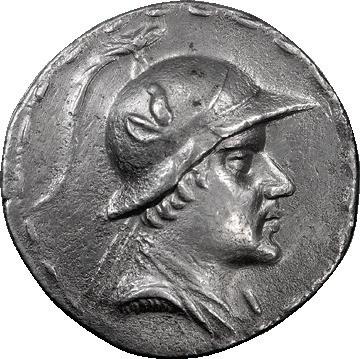
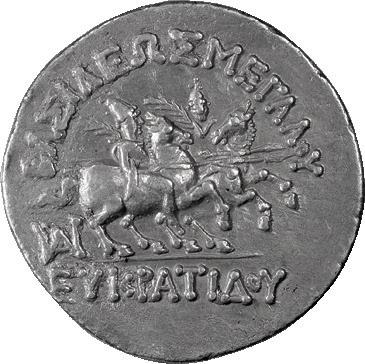

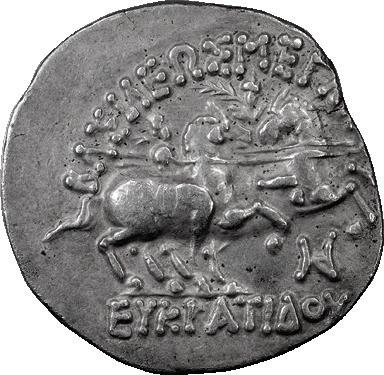
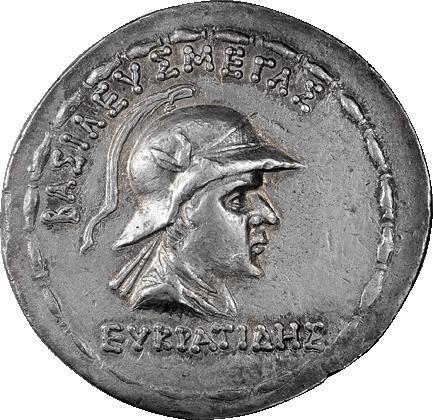

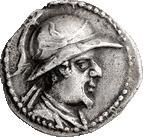
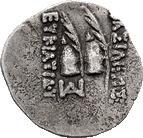

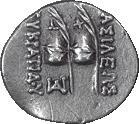

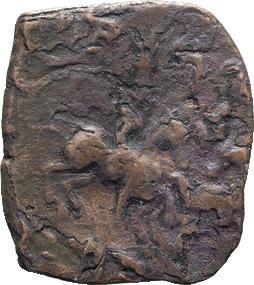



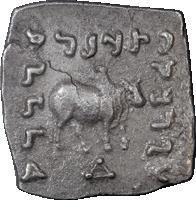
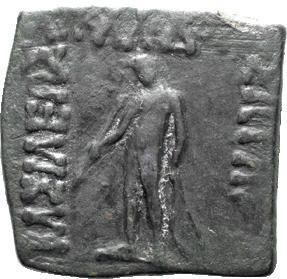








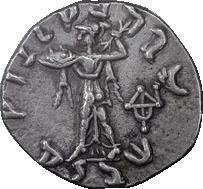
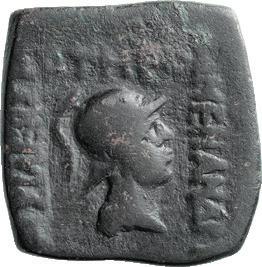
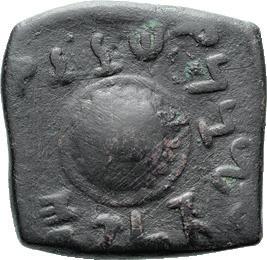
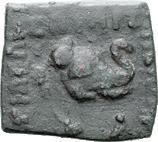
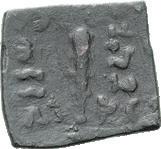

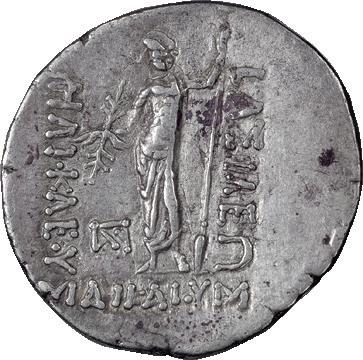




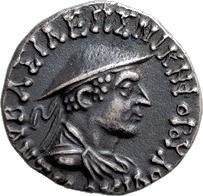

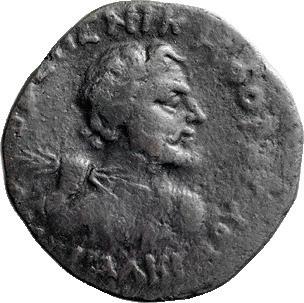
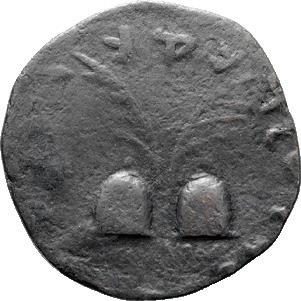
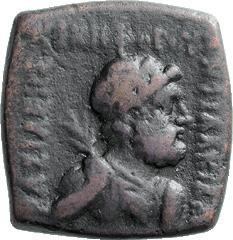
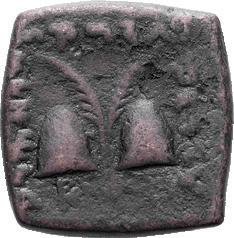
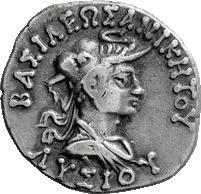

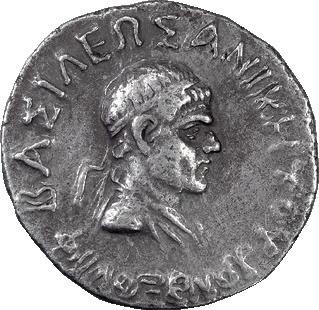





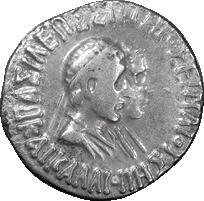
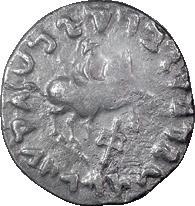
134 127 128 131 132 138 129 147 130 137 135 149 133 136 152 139 145 144 146 141 142 148 140 143 150 151
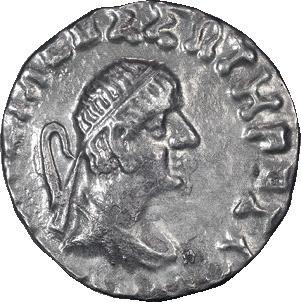


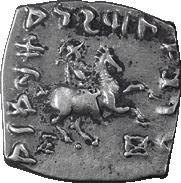


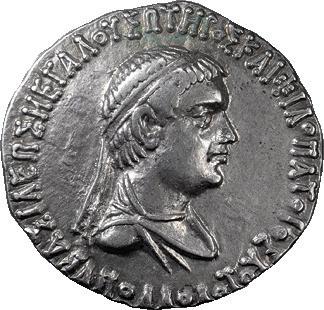
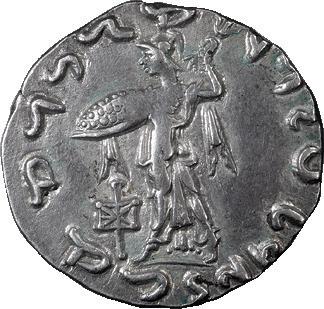


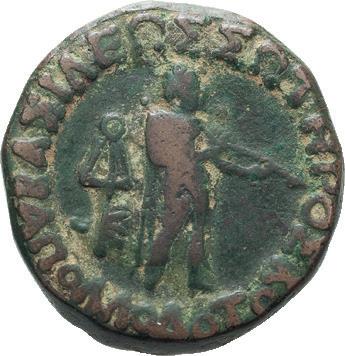


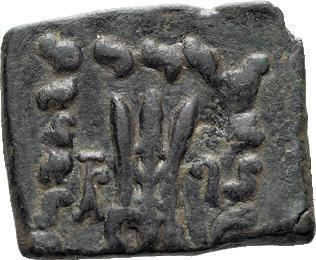
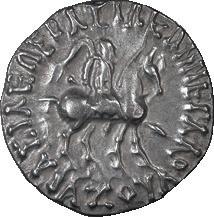

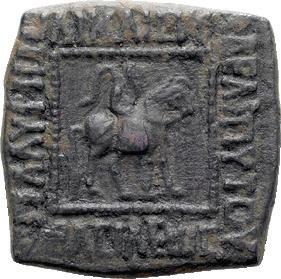

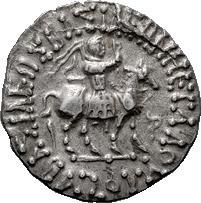
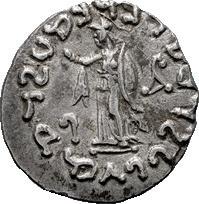
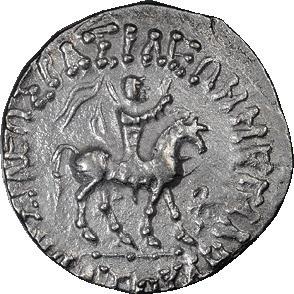


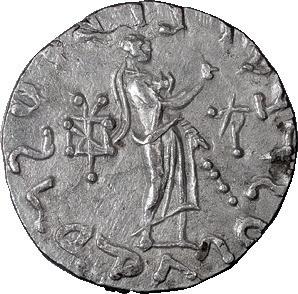
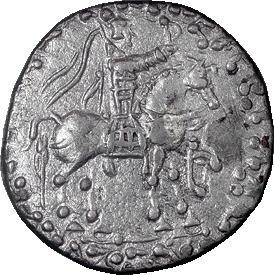

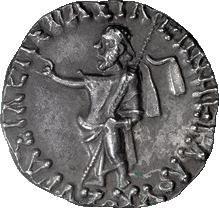


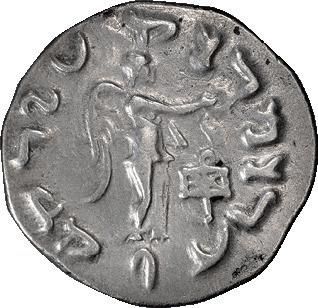
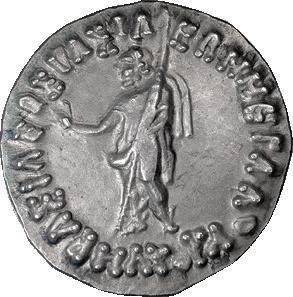


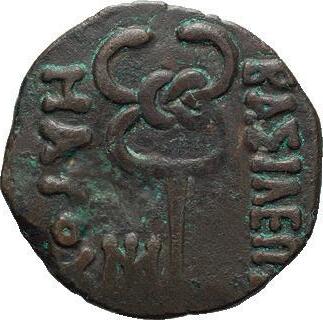
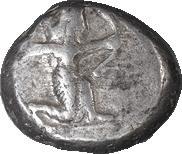



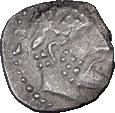

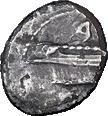
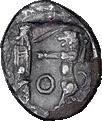

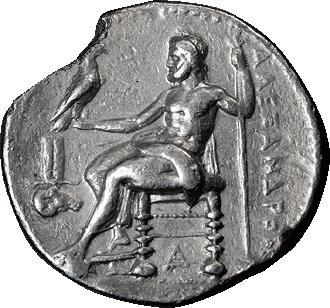
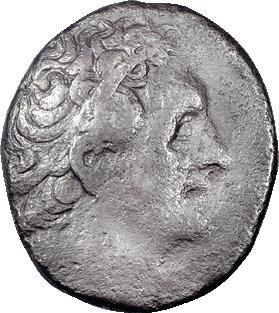

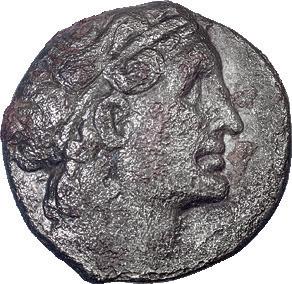
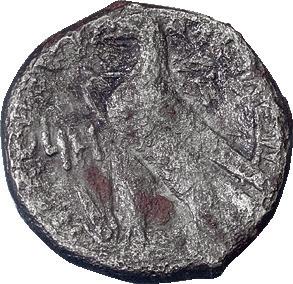
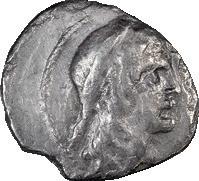
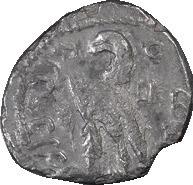

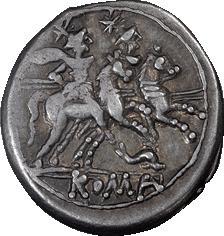

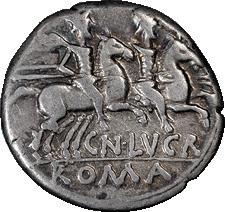
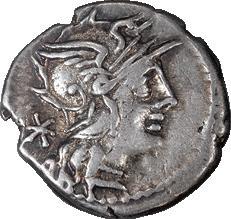

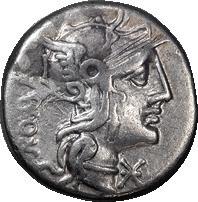
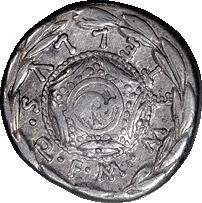


155 178 166 164 162 181 179 180 182 177 176 154 163 160 165 159 158 156 153 157 167 161 171 169 174 172 173 175 168 170

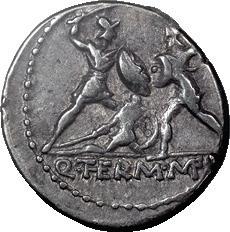
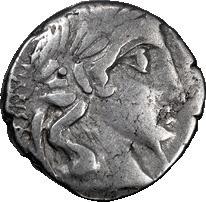
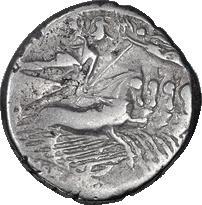






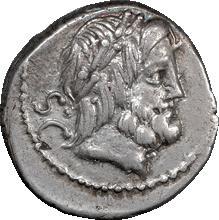
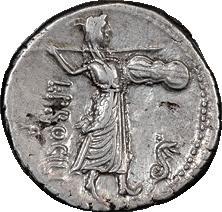

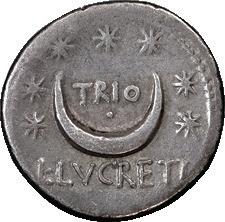

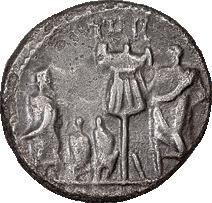
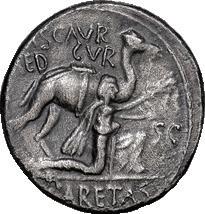


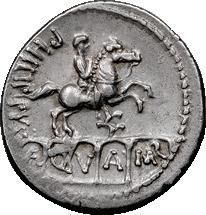
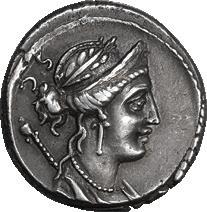
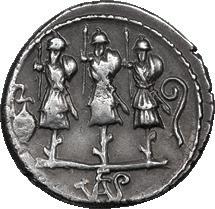
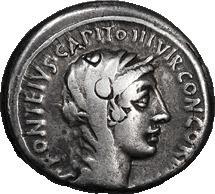
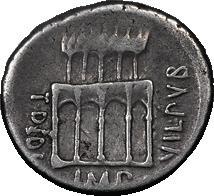



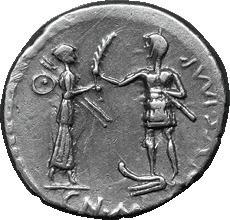
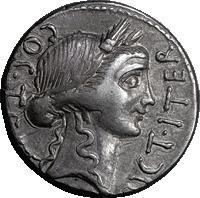

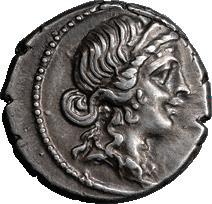


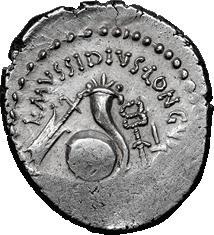



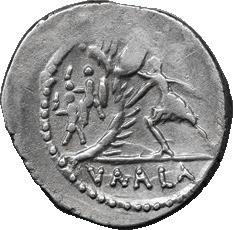


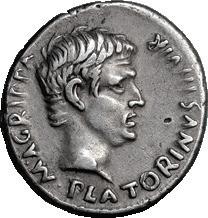
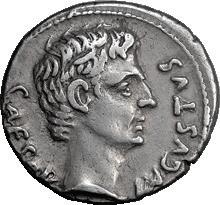
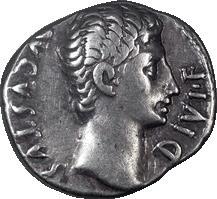
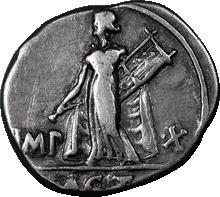
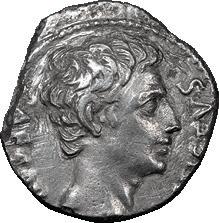

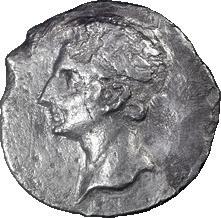


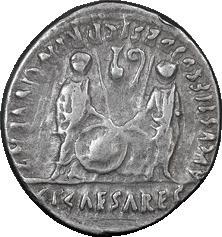

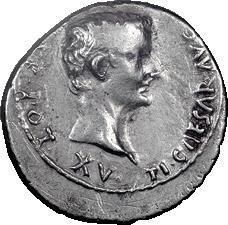



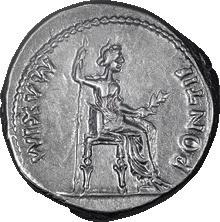
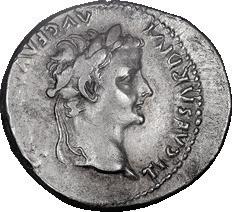
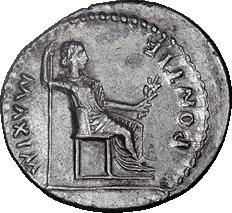
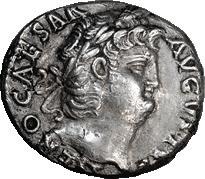
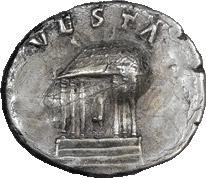
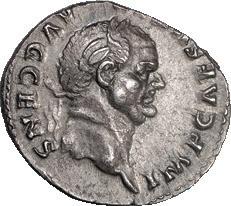
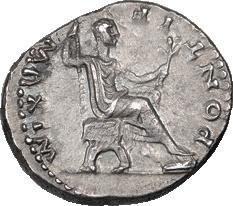

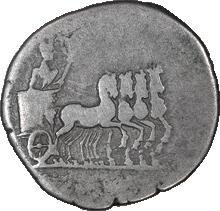
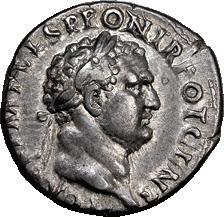
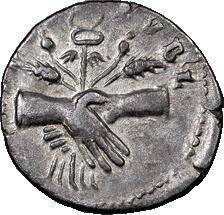

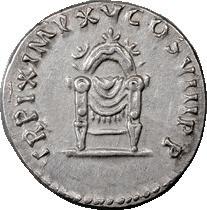

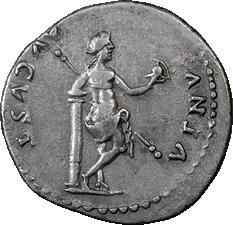

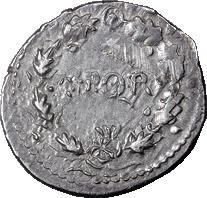

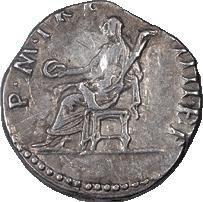




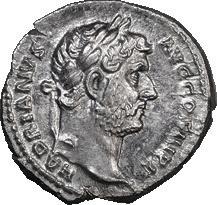

214 191 218 215 187 193 188 194 203 198 207 219 220 212 184 189 211 216 217 221 213 196 200 186 197 190 199 183 192 185 195 206 208 201 205 202 210 204 209 222

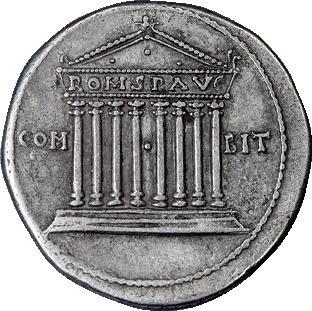
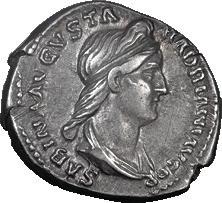
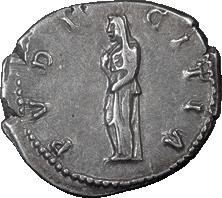

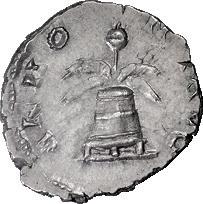


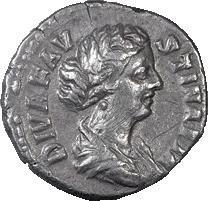

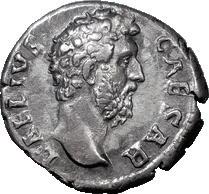

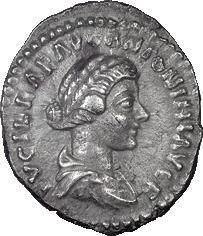

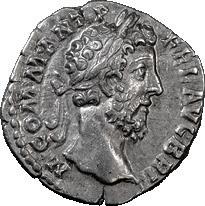

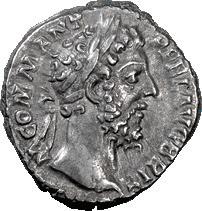




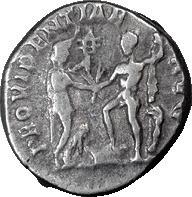
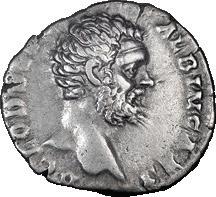

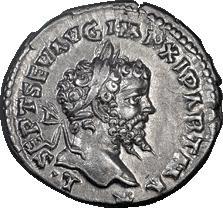
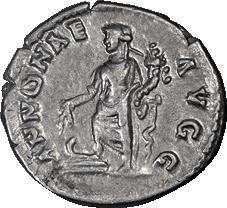

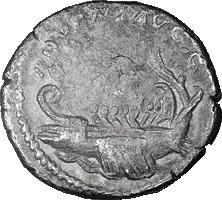



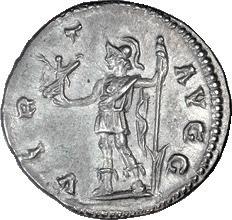
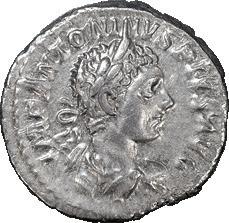
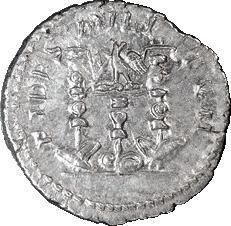
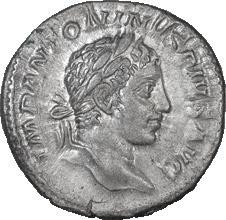


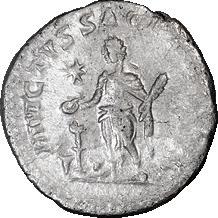


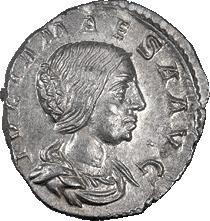

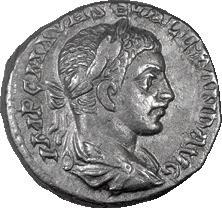
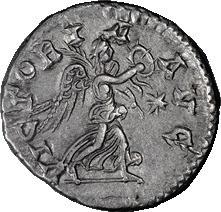
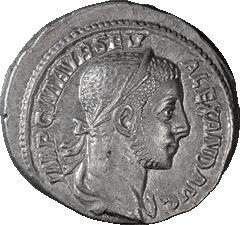




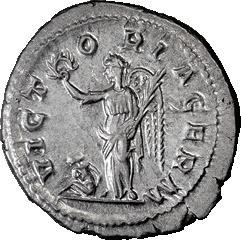



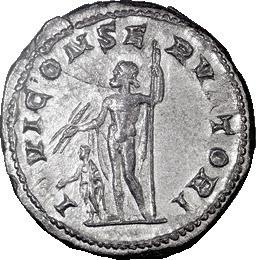
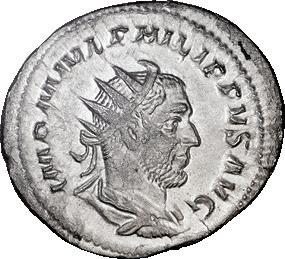
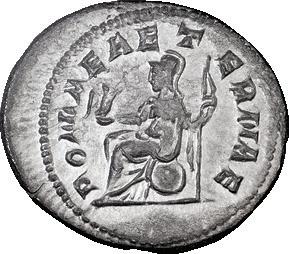



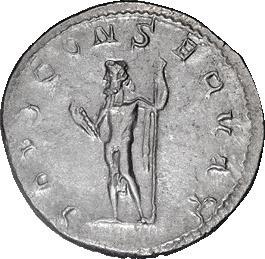

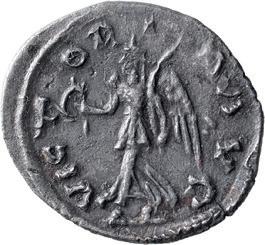





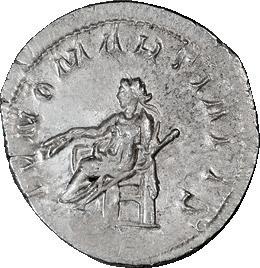
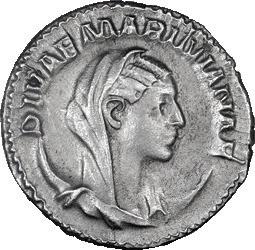
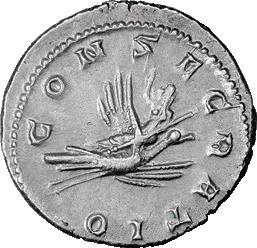

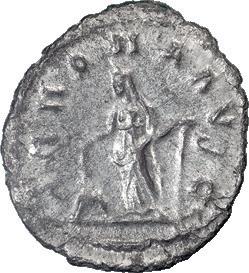
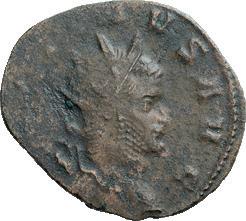
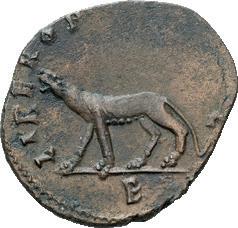
230 257 228 248 231 246 245 244 240 247 254 253 252 249 225 256 250 259 258 251 232 224 235 227 237 239 226 238 223 233 229 242 255 236 241 234 243
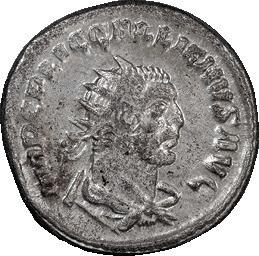

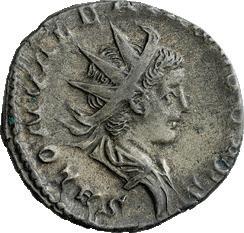
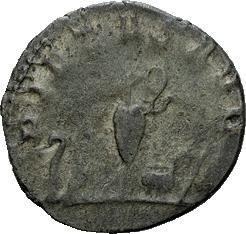


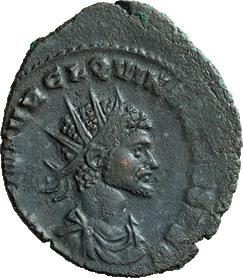

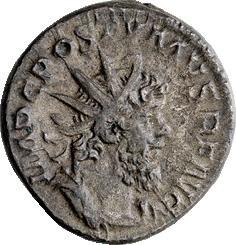
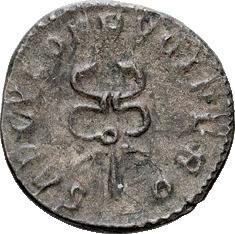
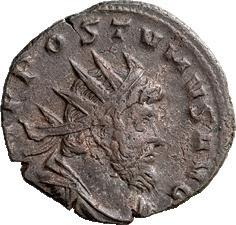




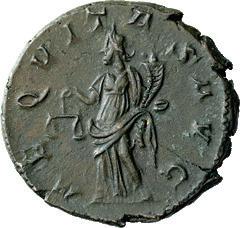
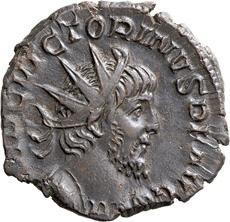



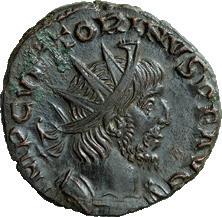
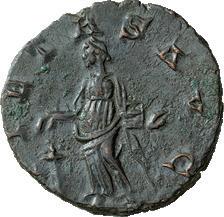
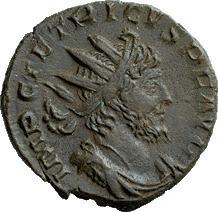



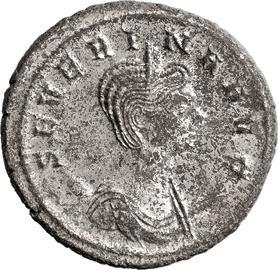

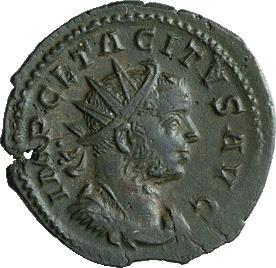

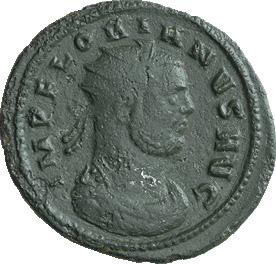

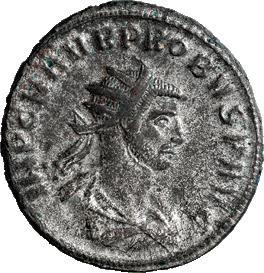
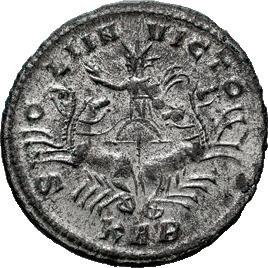

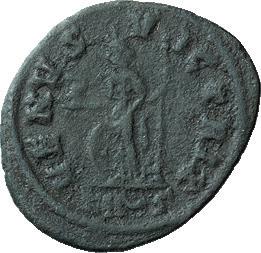

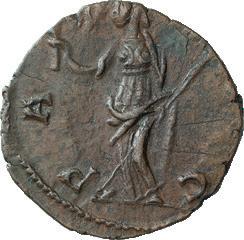
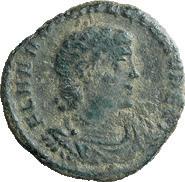

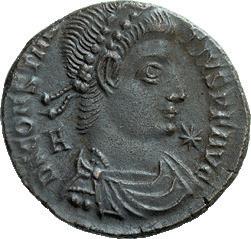
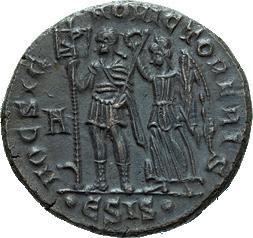

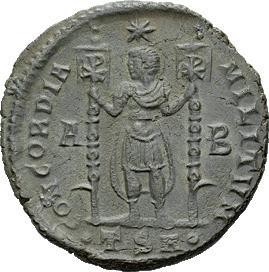


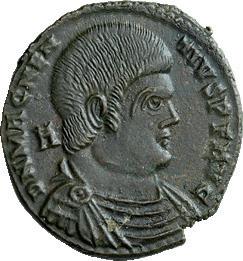
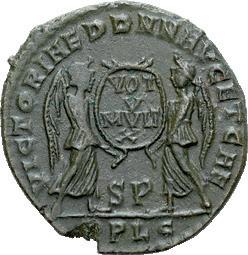

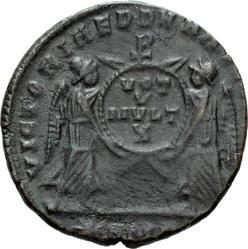
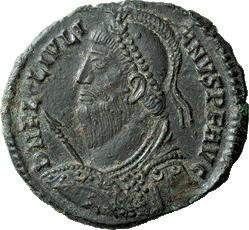
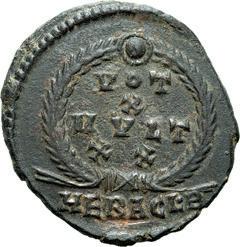


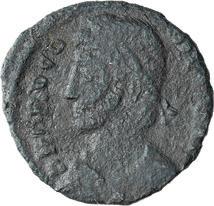

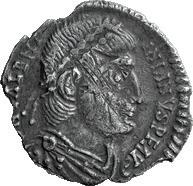





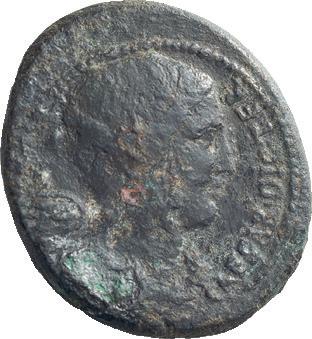


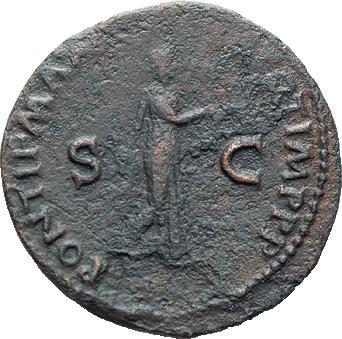


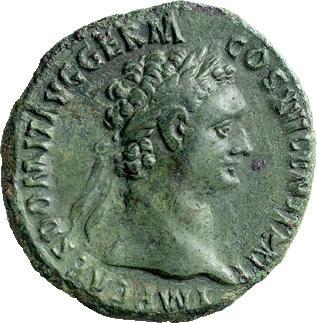

289 279 291 280 288 260 272 281 285 284 287 293 294 292 262 266 263 271 275 276 261 265 268 277 270 273 269 267 283 274 282 264 278 290 286
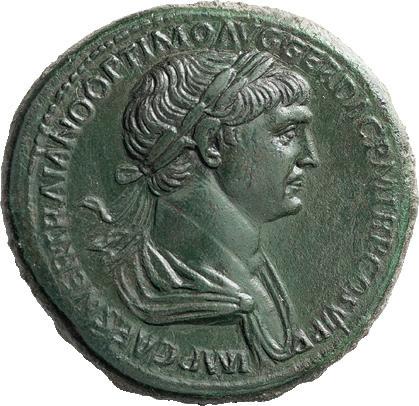
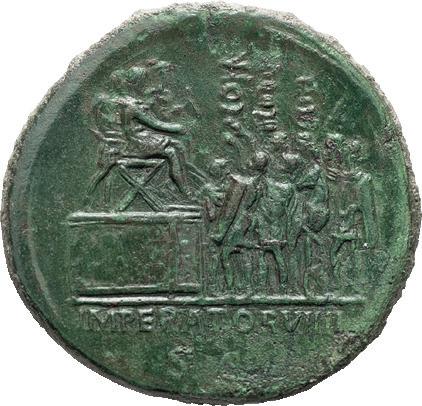

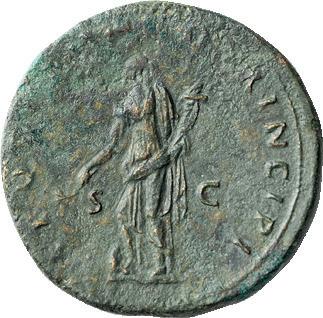

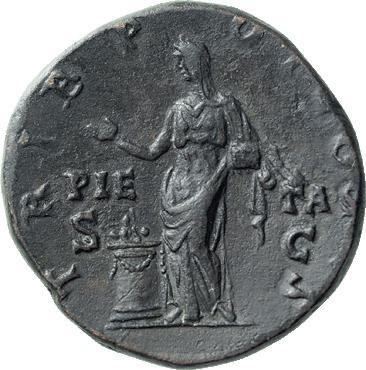
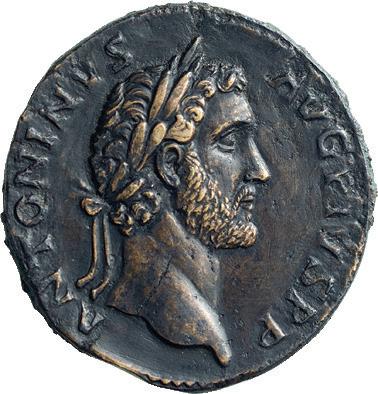
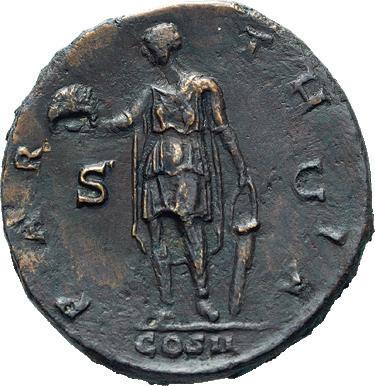
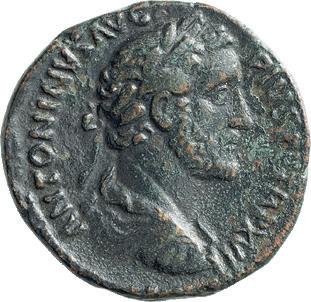




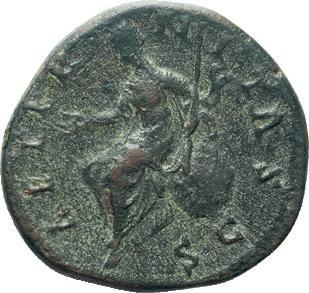


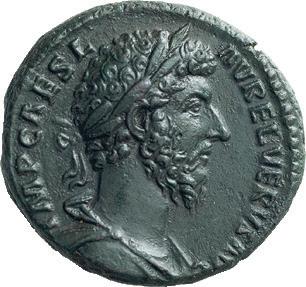
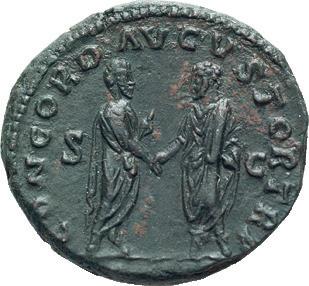

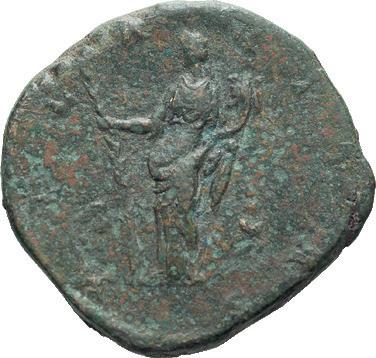
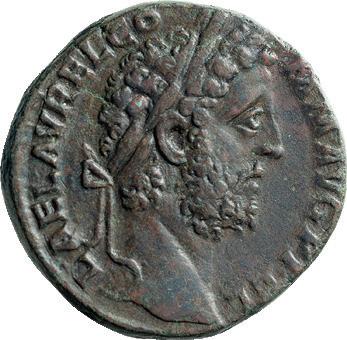


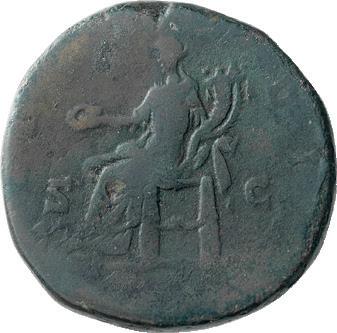

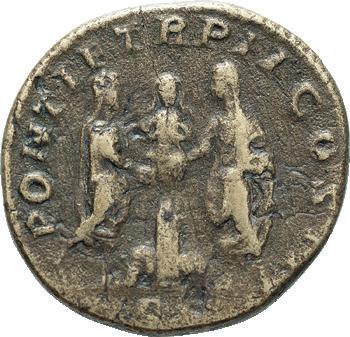

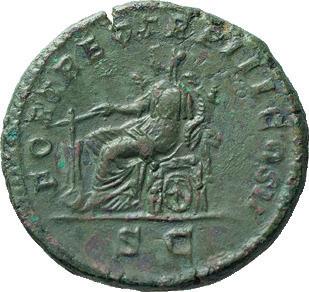
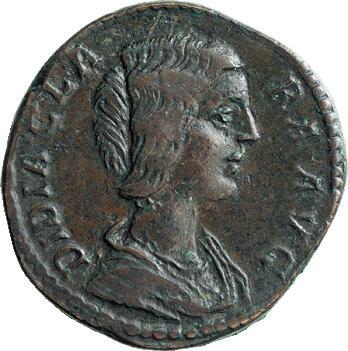
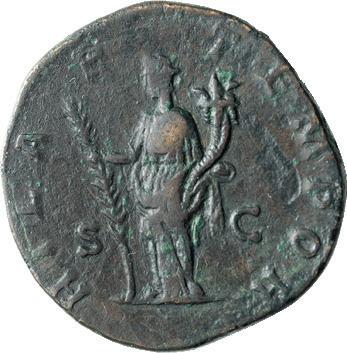
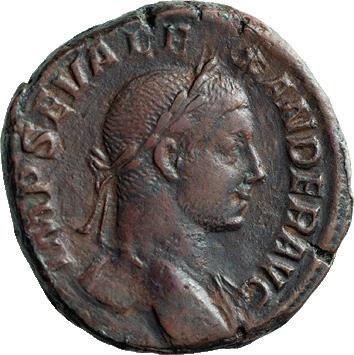



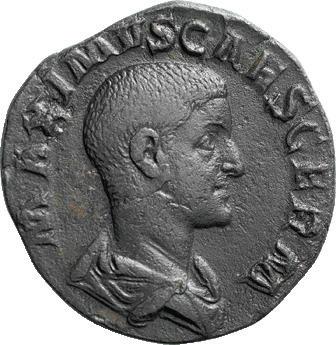
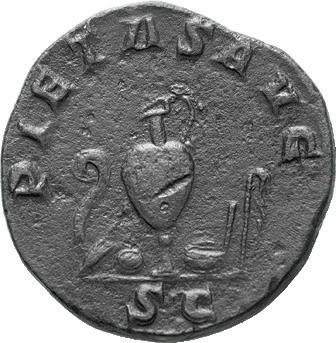
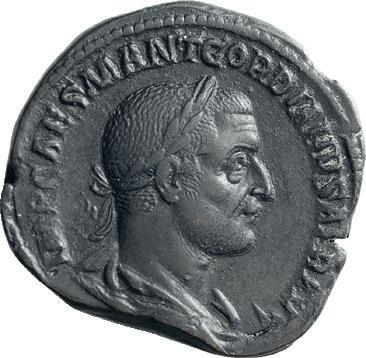

297 305 307 300 304 295 303 302 299 310 309 298 296 301 308 313 312 311 306
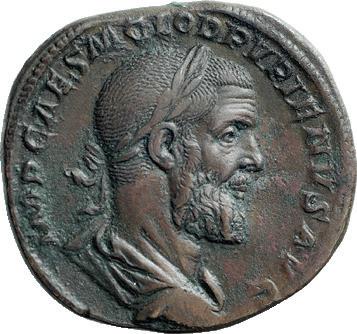



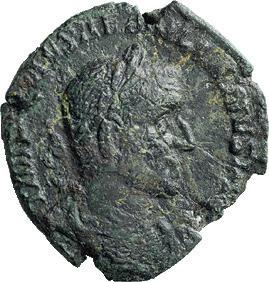

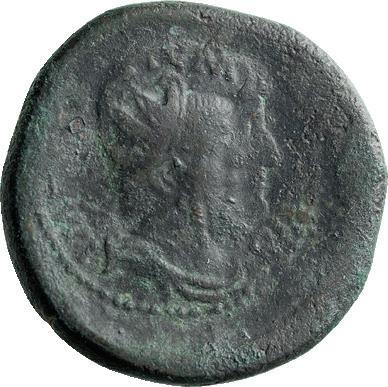
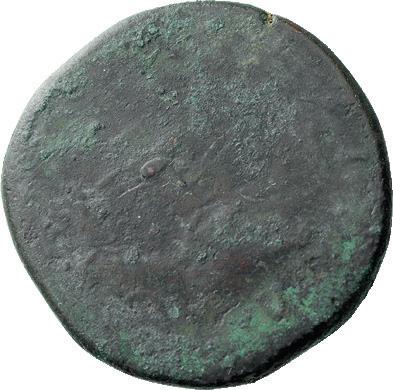
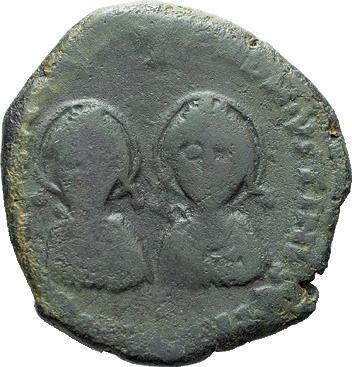



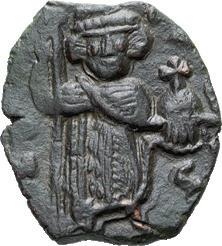
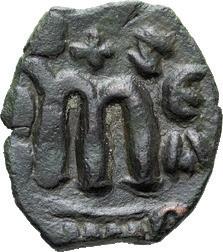
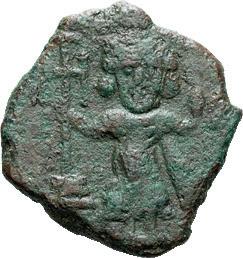
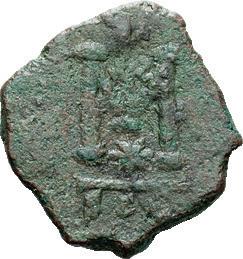


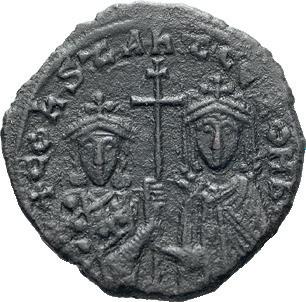


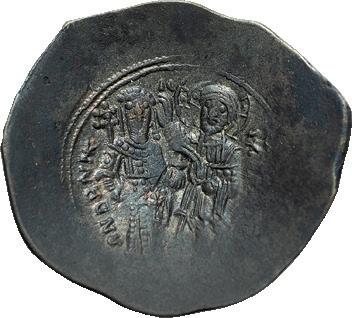
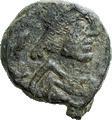
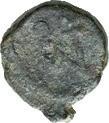

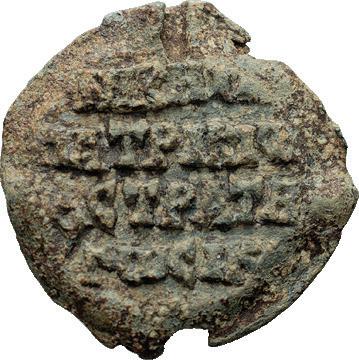


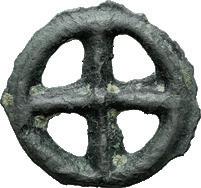

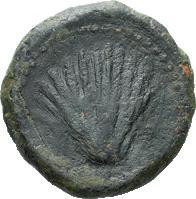
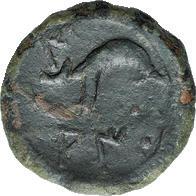


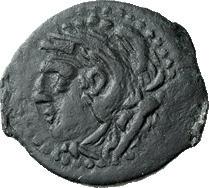





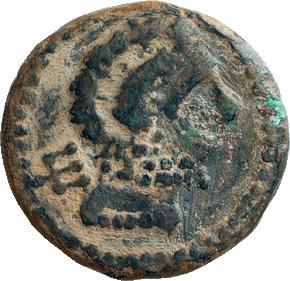

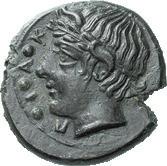


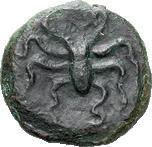

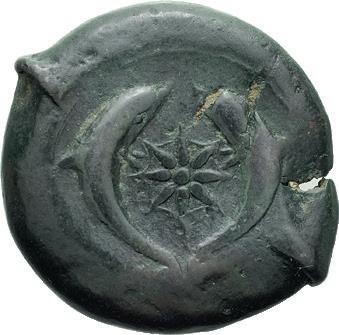



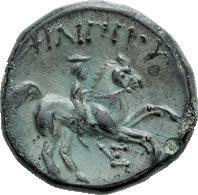
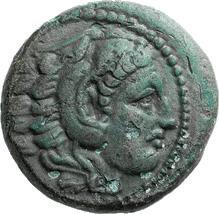
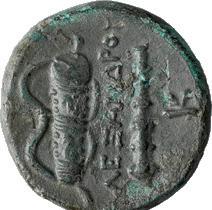
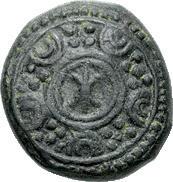
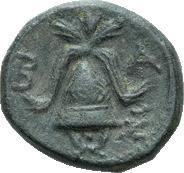
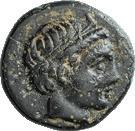
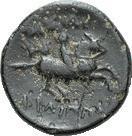
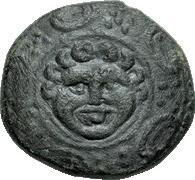

317 319 334 331 324 316 320 327 336 322 315 314 330 321 326 323 343 342 341 335 340 329 337 325 338 318 328 339 332 333
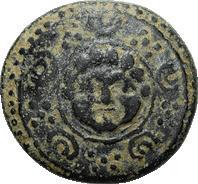
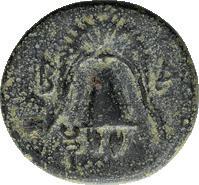

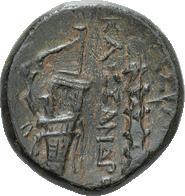

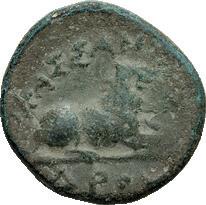


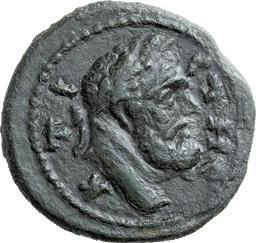
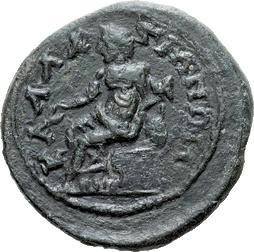
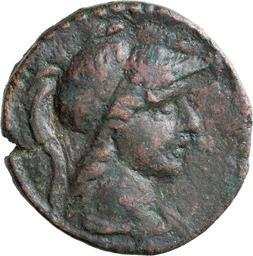



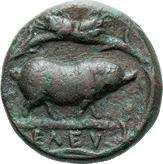

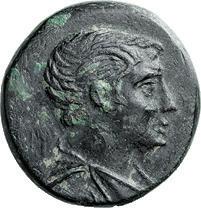


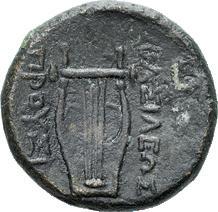


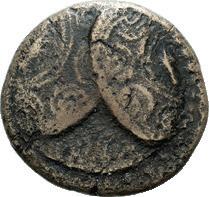
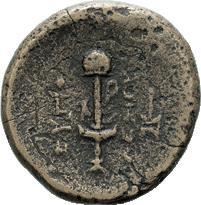

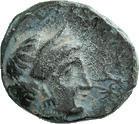
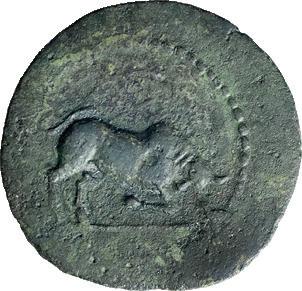
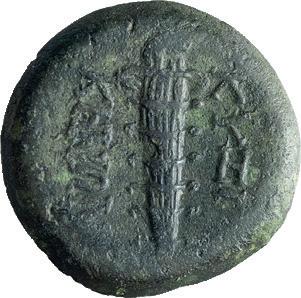



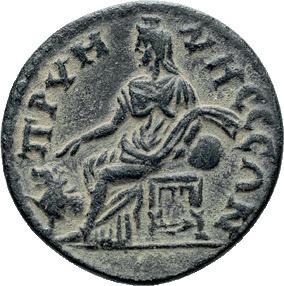



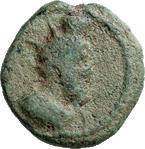


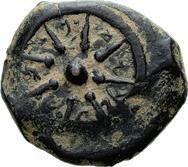

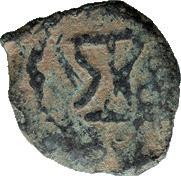
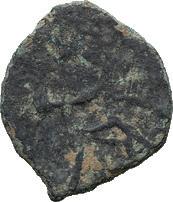
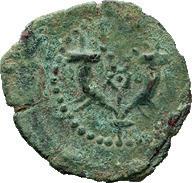

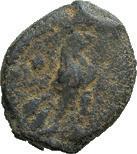
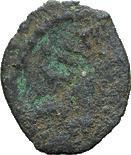




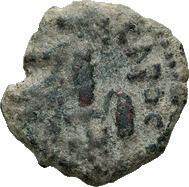

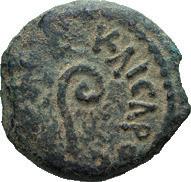


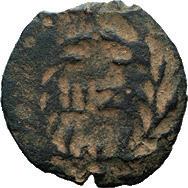

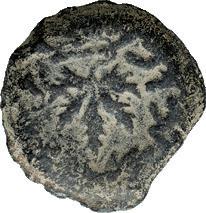






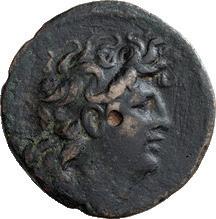
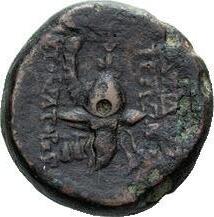


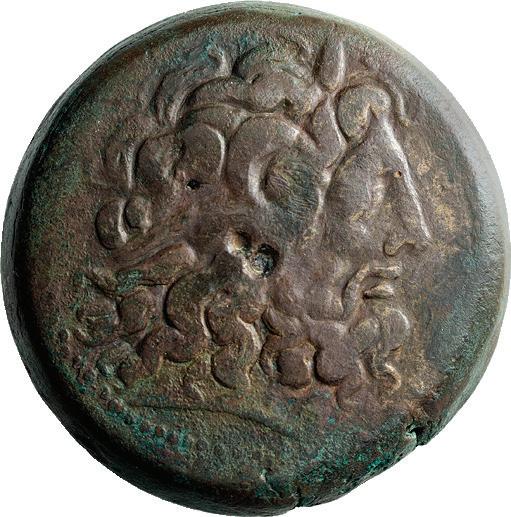



349 363 368 355 377 371 373 347 354 344 346 348 357 352 356 358 345 376 364 365 351 353 359 350 370 361 360 366 372 374 369 367 375 379 378 362
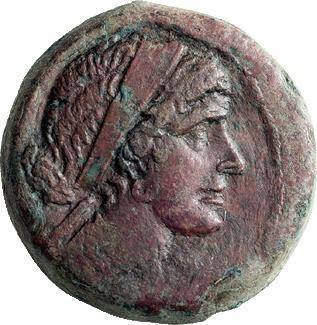

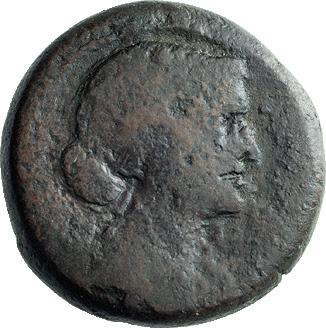
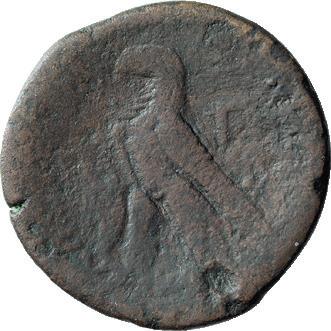
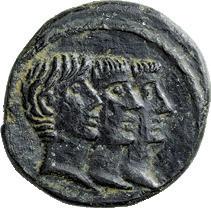
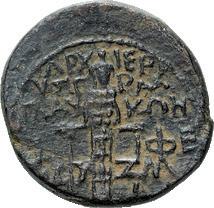
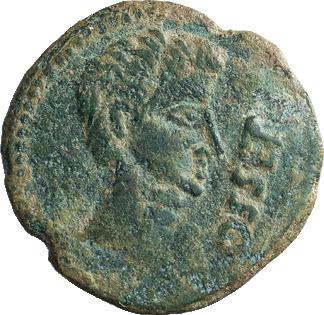
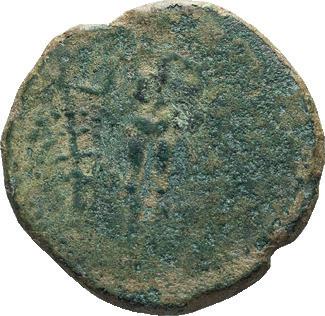


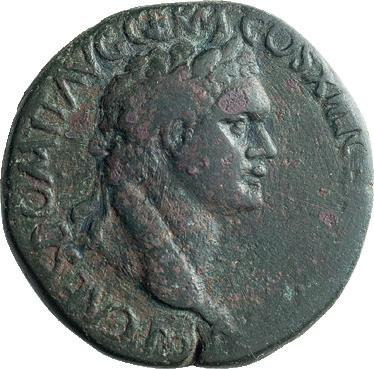
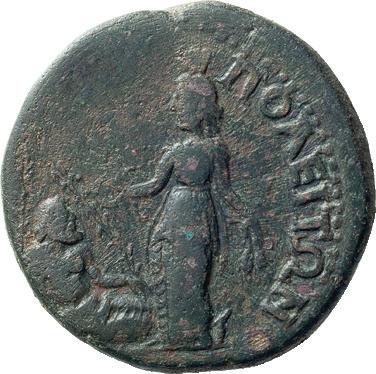


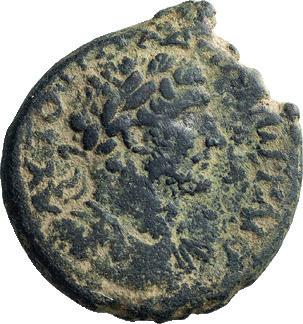




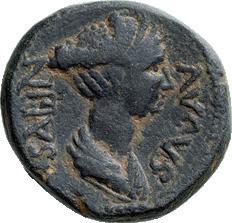
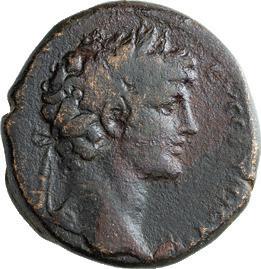




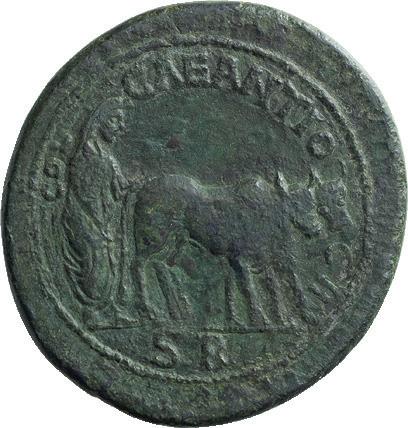
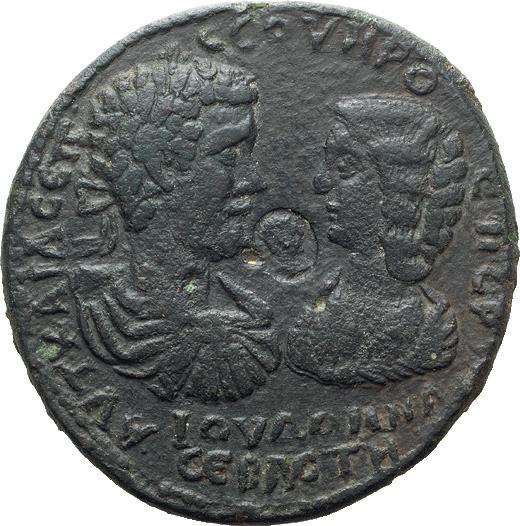
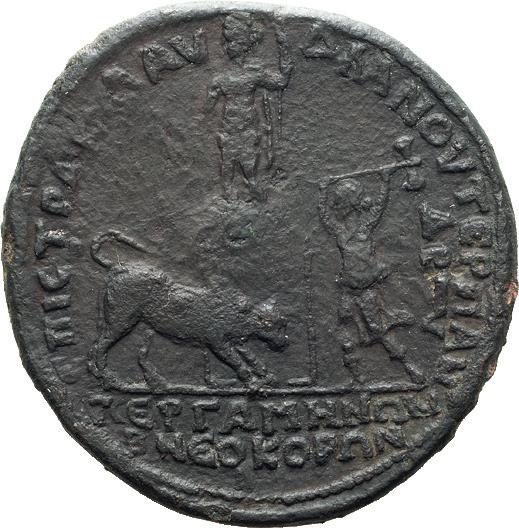



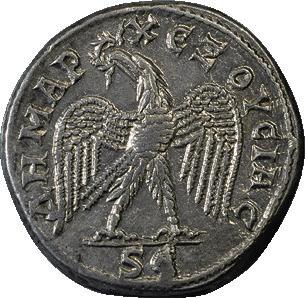
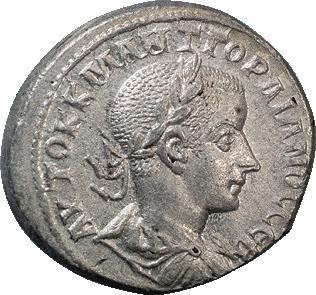

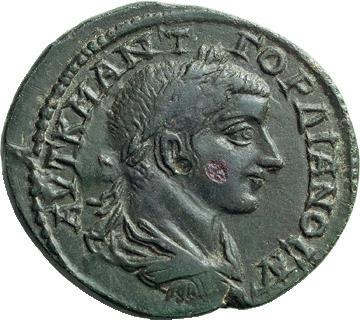
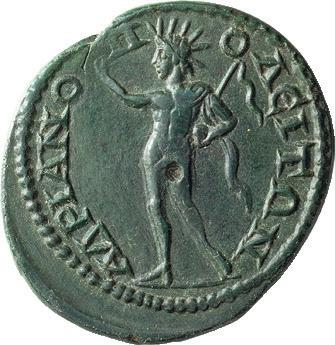

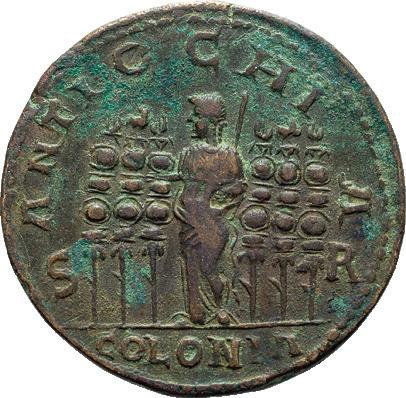

384 391 383 382 380 381 389 387 396 392 393 394 386 390 385 398 388 397 395
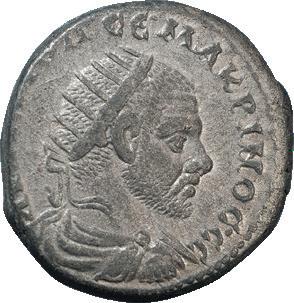

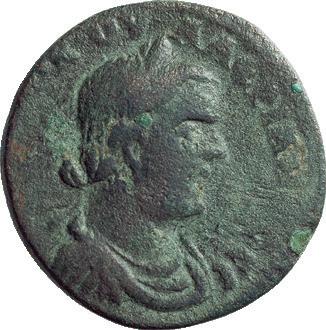


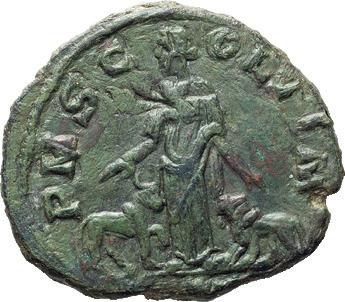
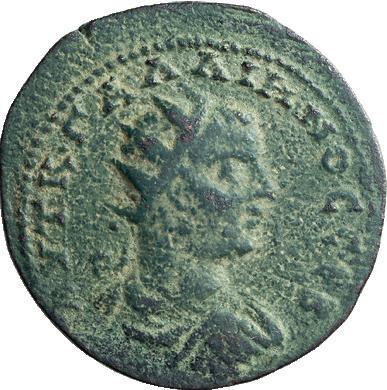

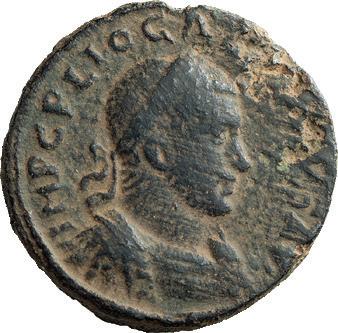
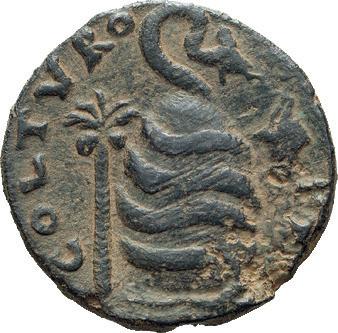
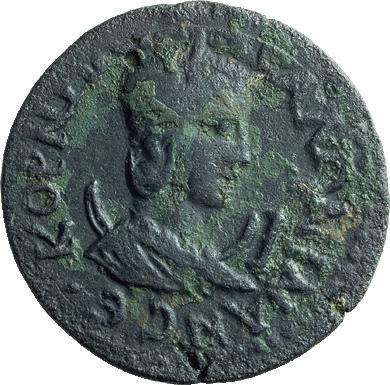


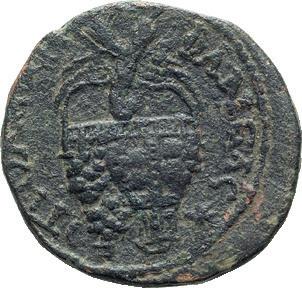


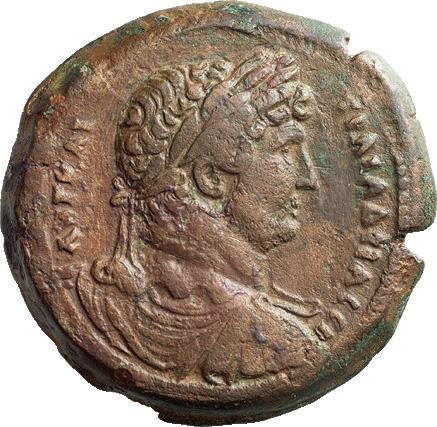
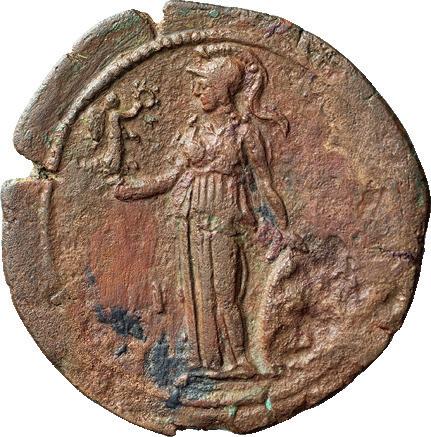
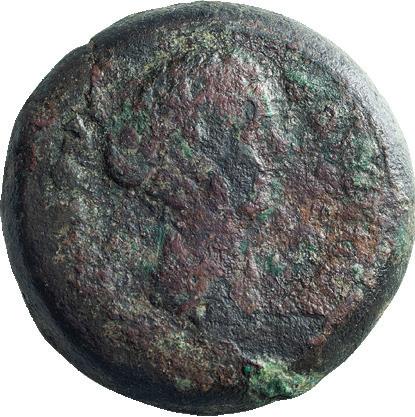
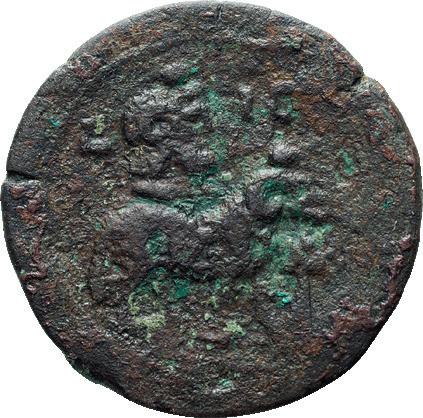

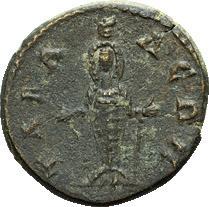


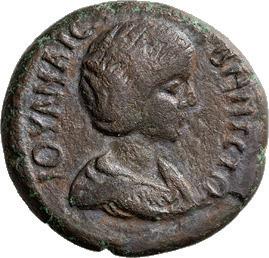
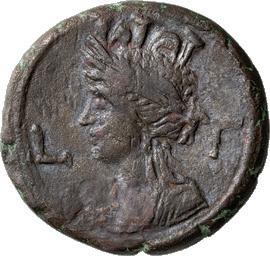
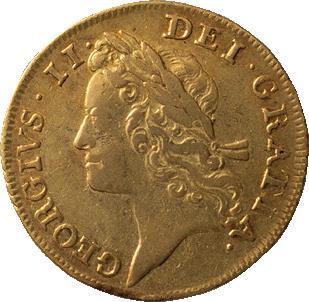
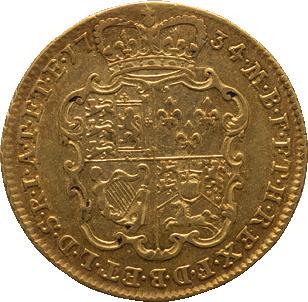

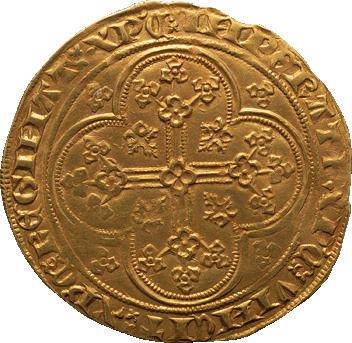


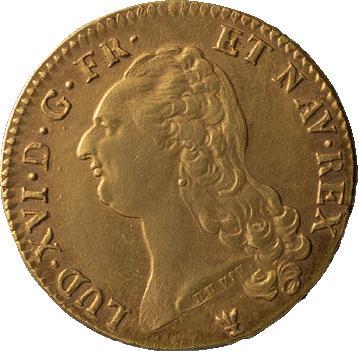
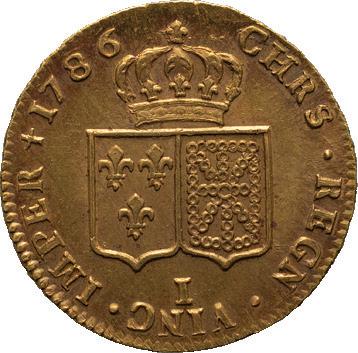
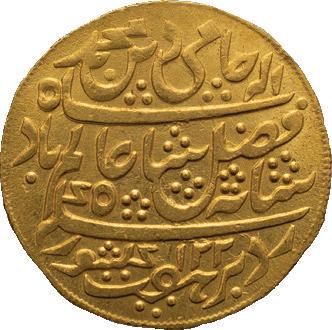
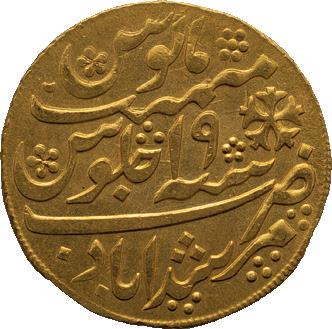
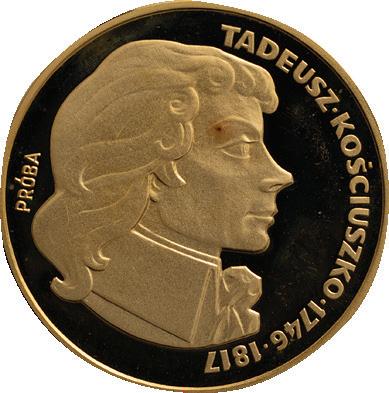


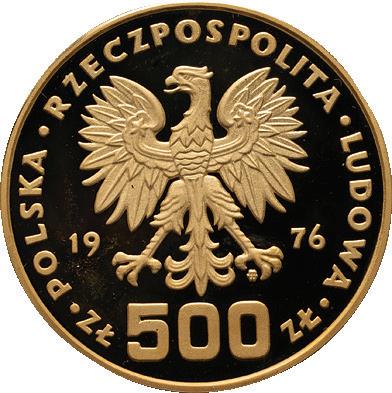
408 406 400 399 413 415 403 401 414 411 417 410 407 409 402 405 404 416 412 418

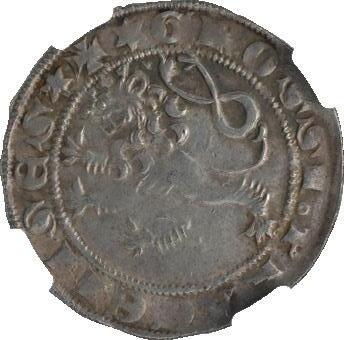



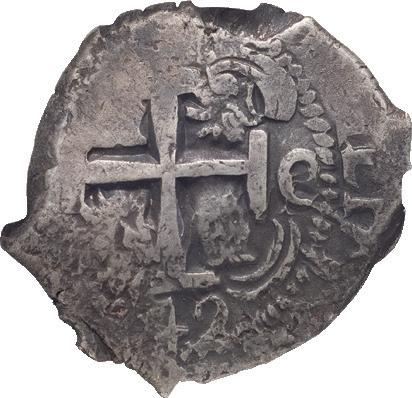


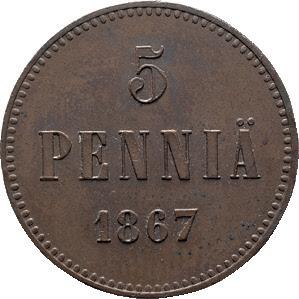


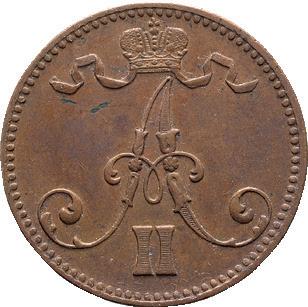

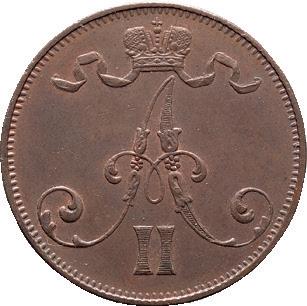
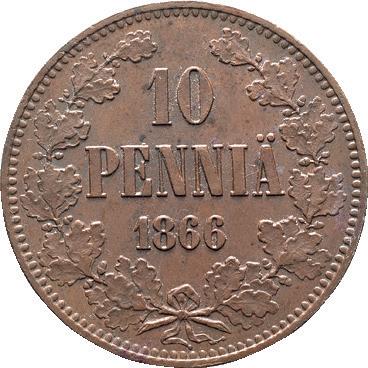


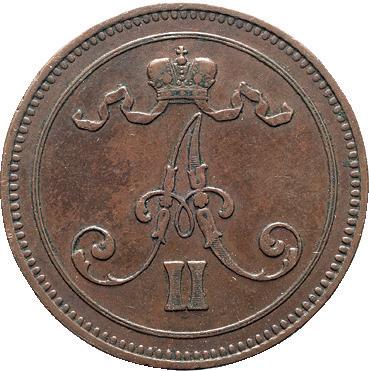

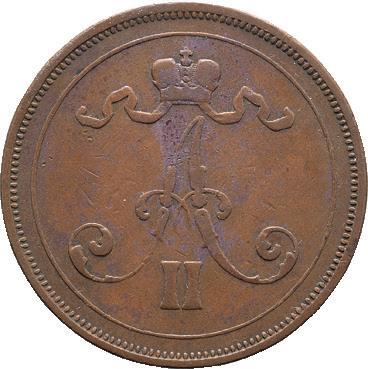
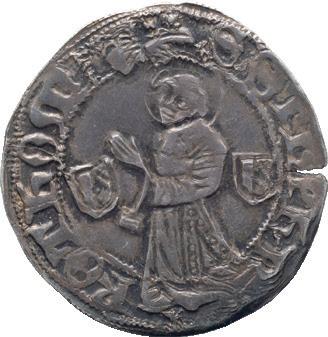
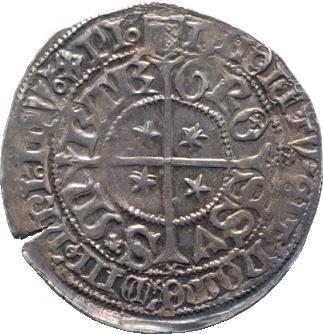


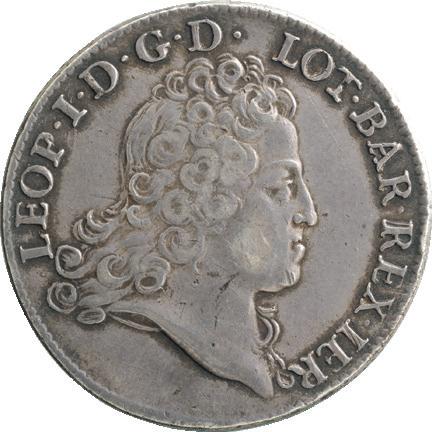


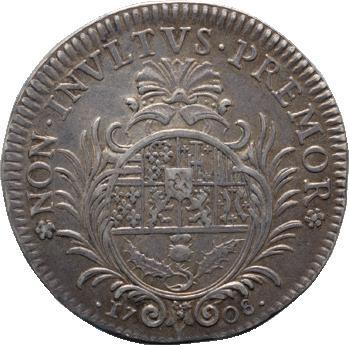
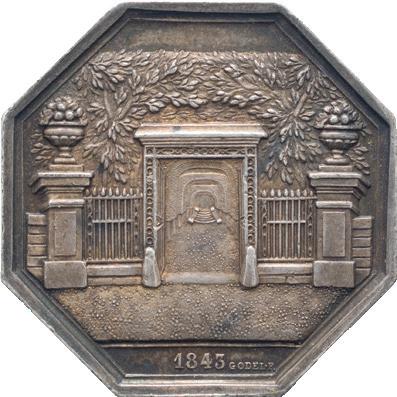
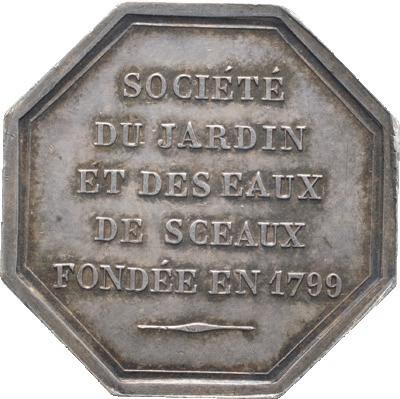
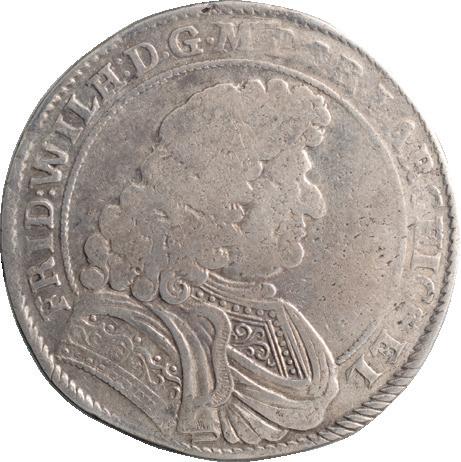

426 427 428 419 421 423 420 422 429 424 425 430 432 431 433 434

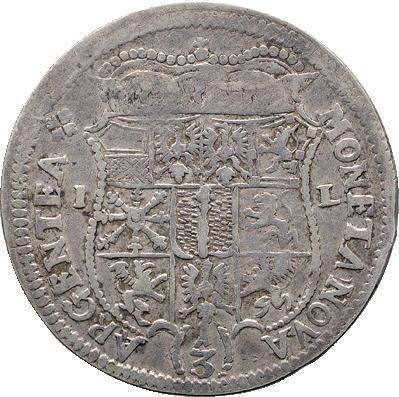

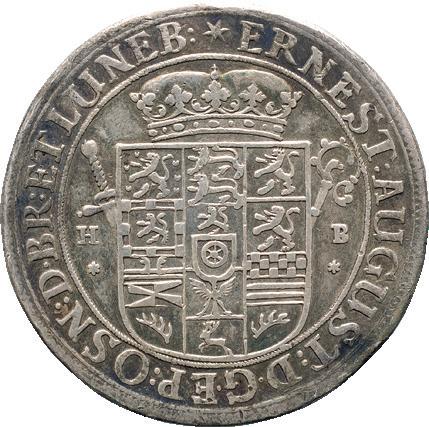

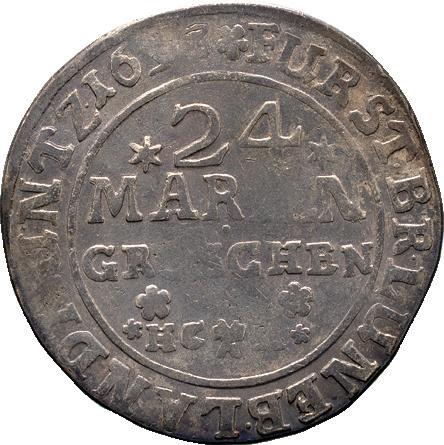
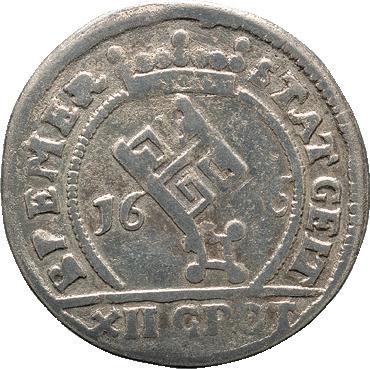
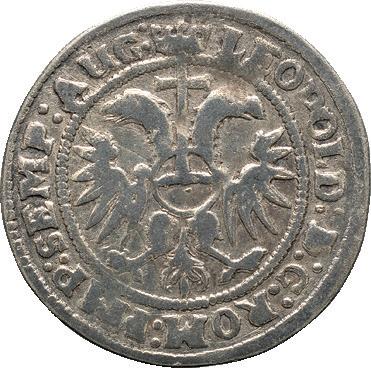





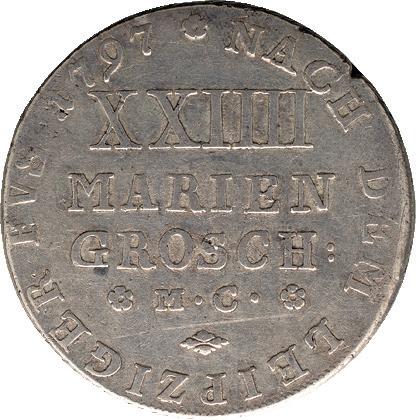
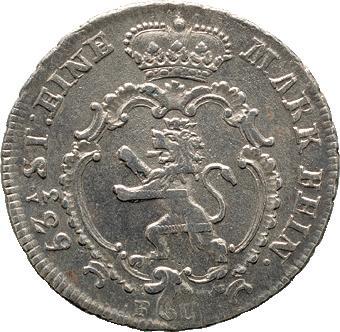
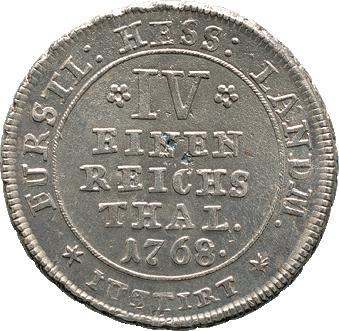
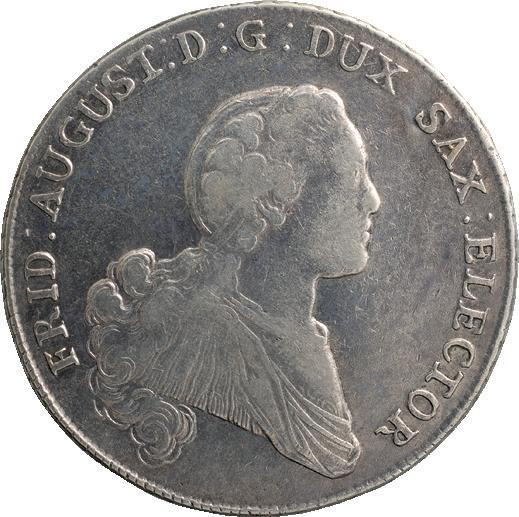

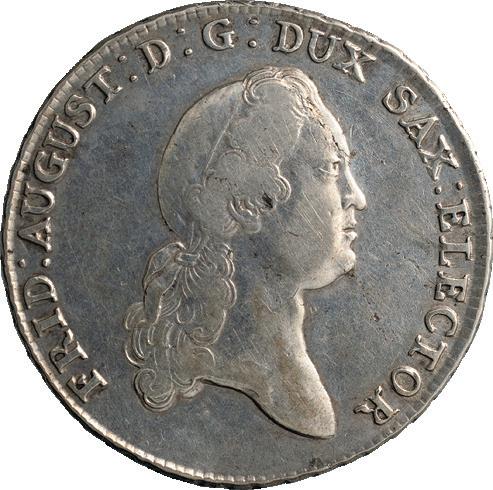



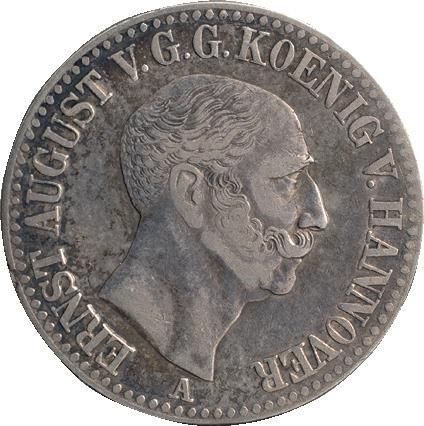



440 442 439 437 435 436 438 447 441 444 446 445 443

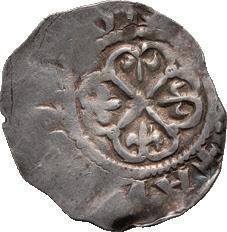
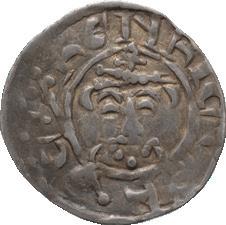
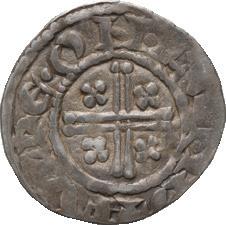



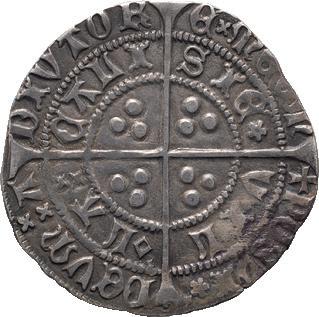

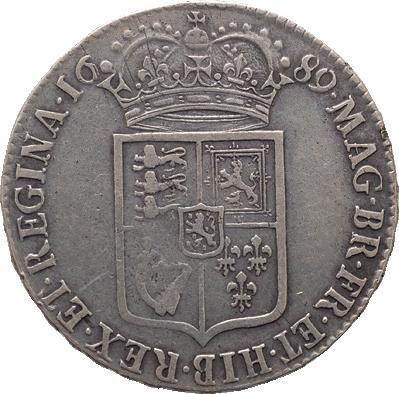
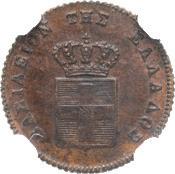
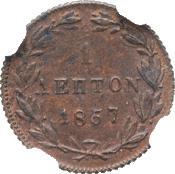
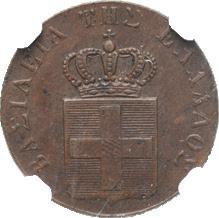



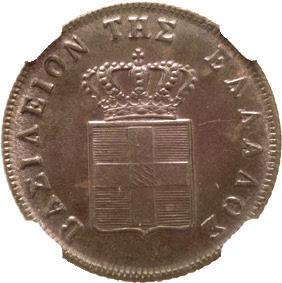
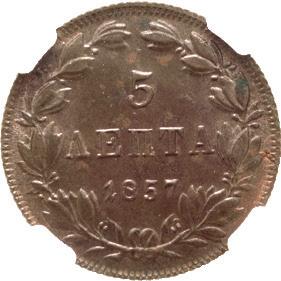

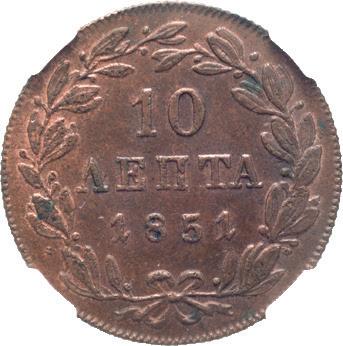




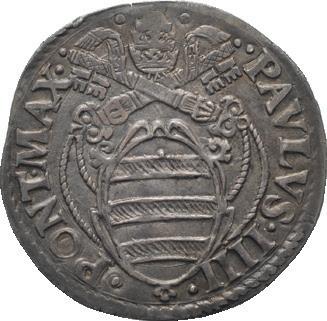

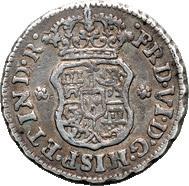

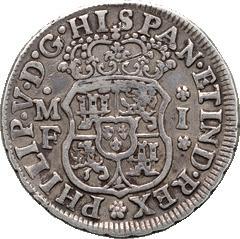

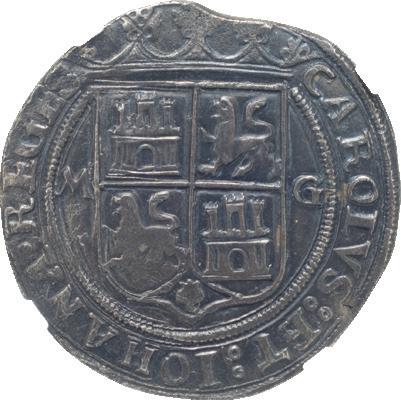
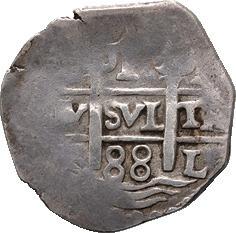





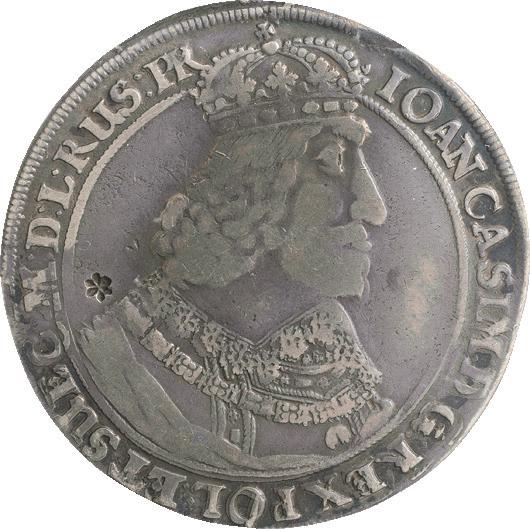
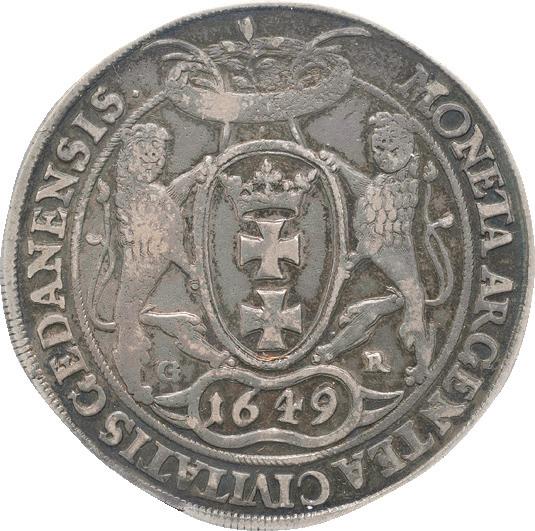
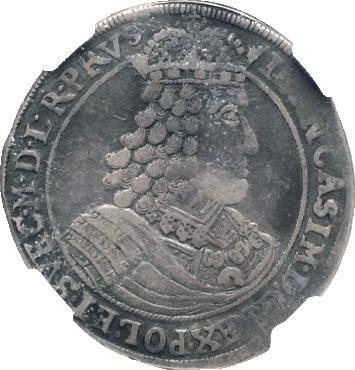
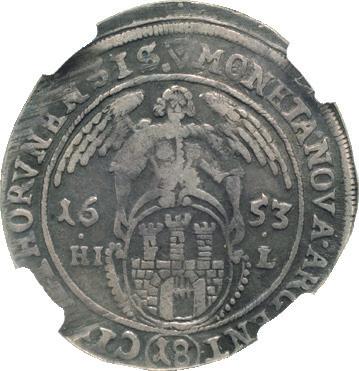
448 467 456 452 457 451 450 455 449 461 458 454 453 464 462 459 468 465 460 466 463
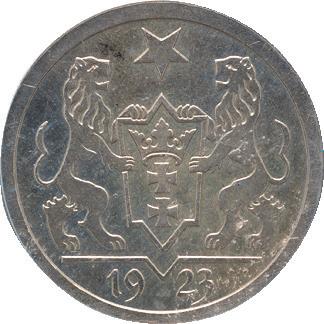
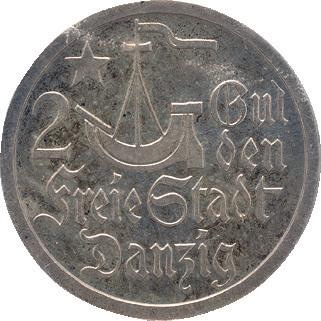
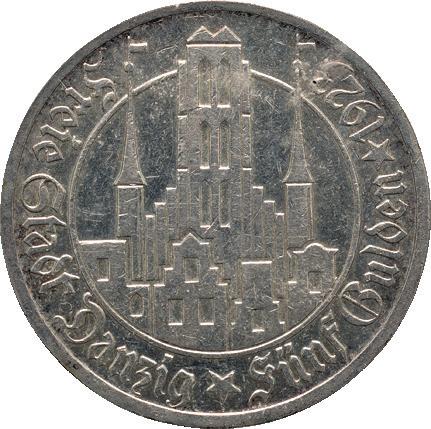

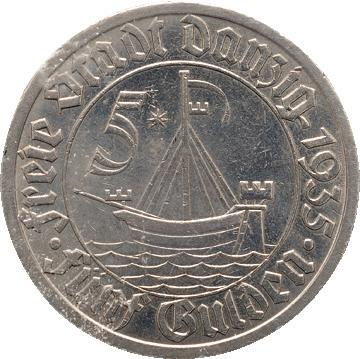
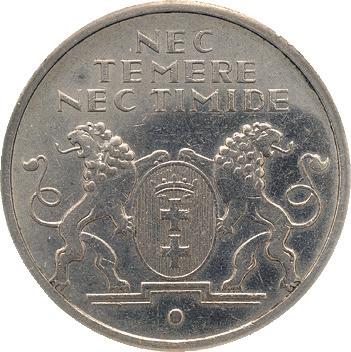
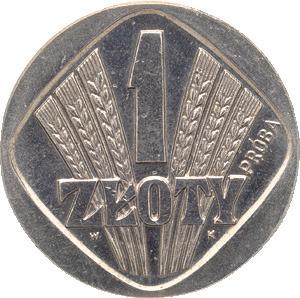


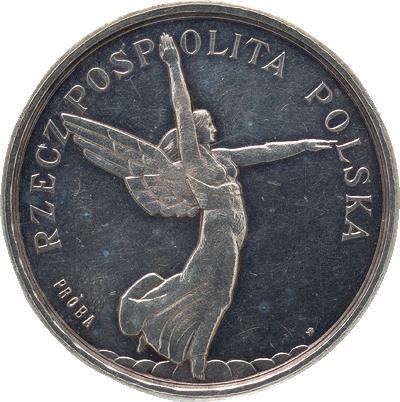
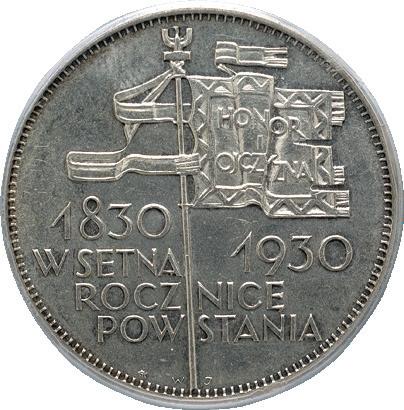
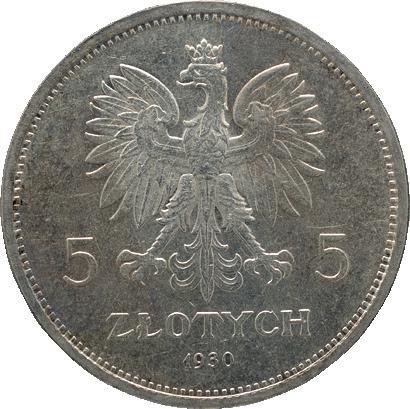
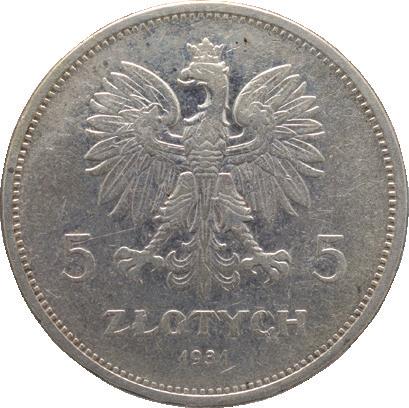
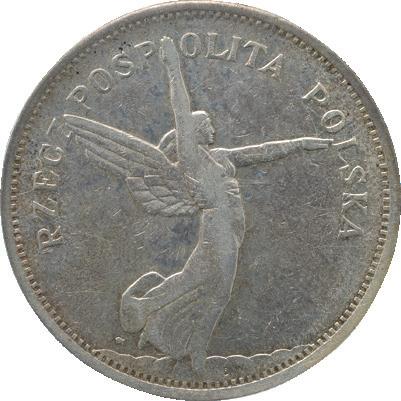



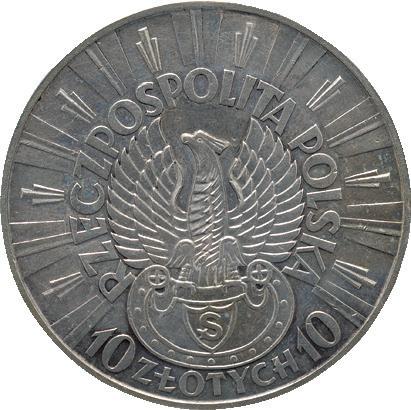

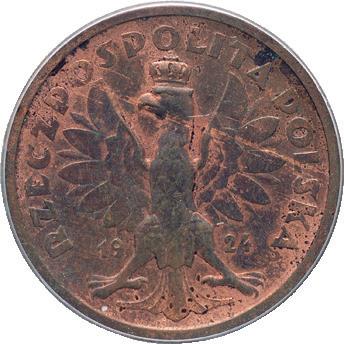
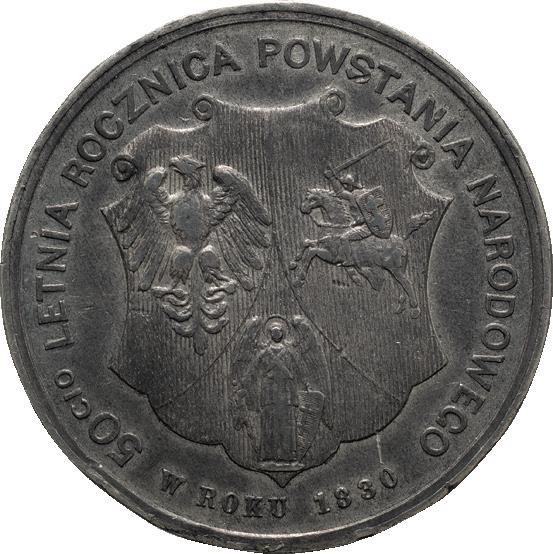
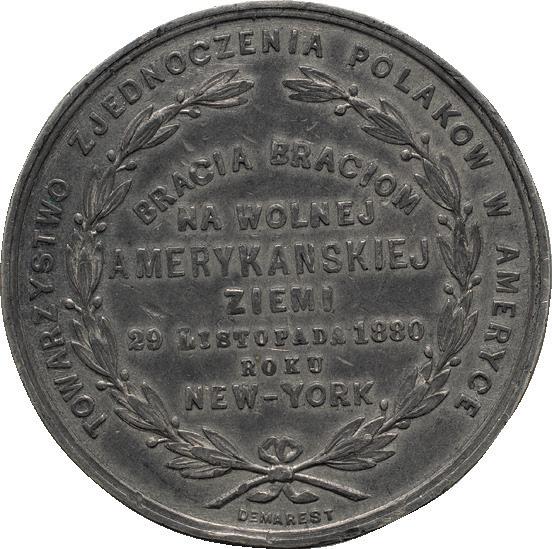
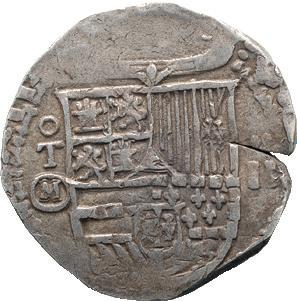
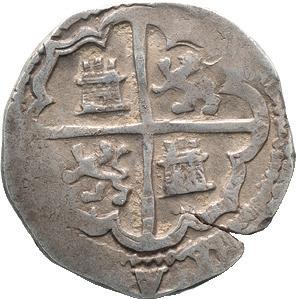
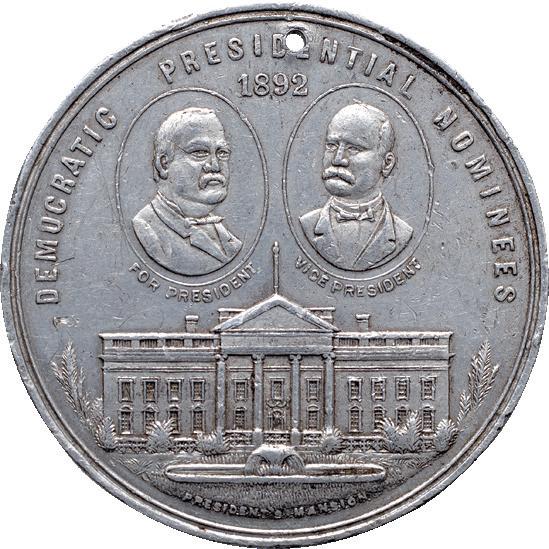

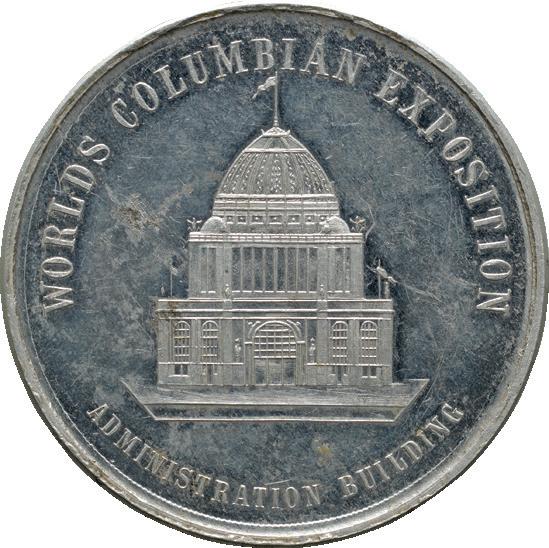

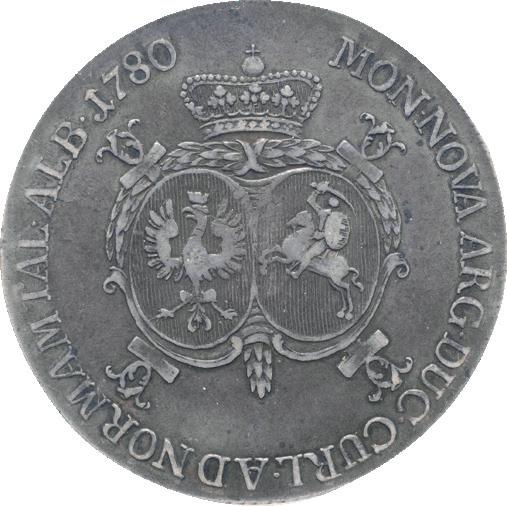
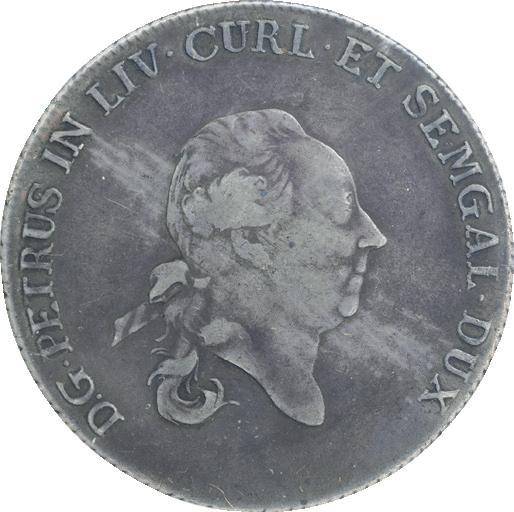
473 478 472 483 471 475 477 469 470 481 474 476 482 480 479
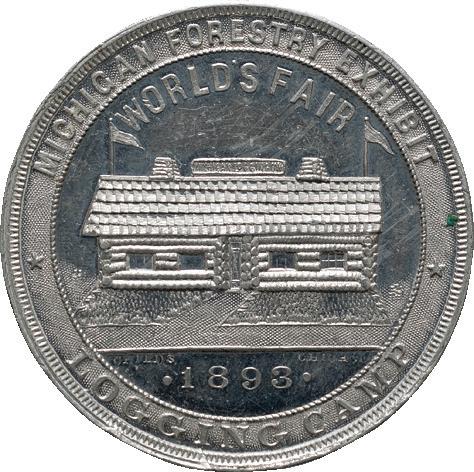
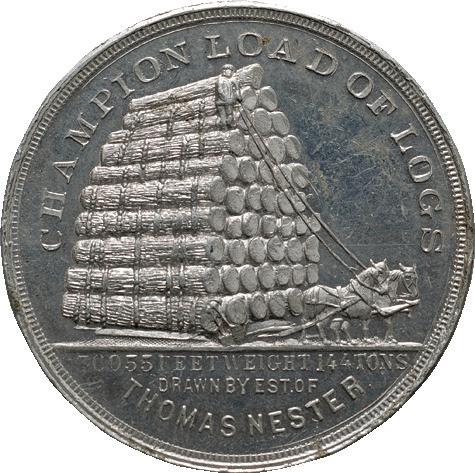

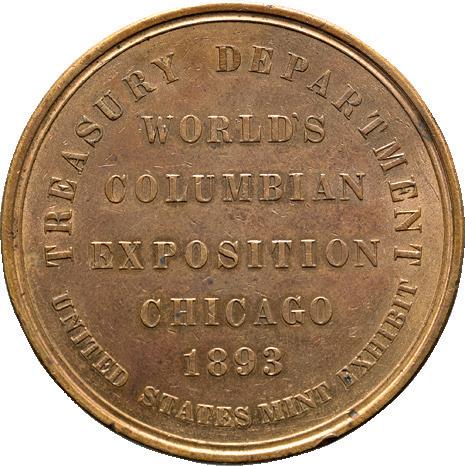
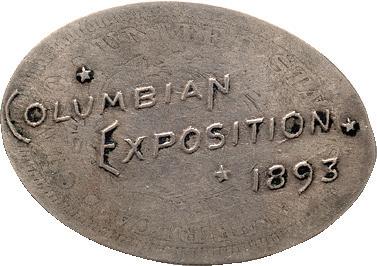
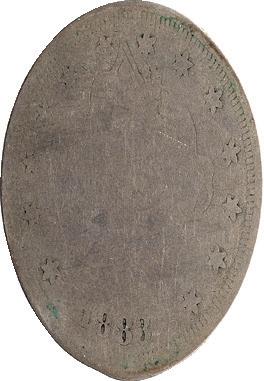
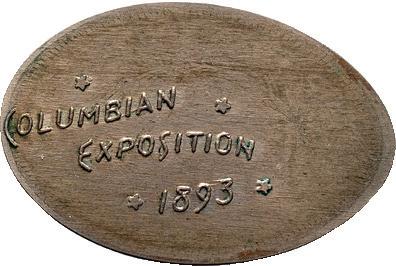


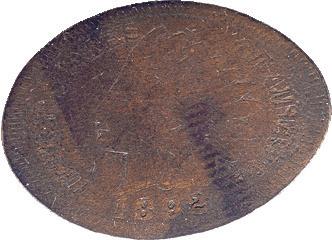
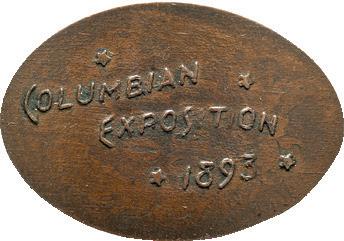

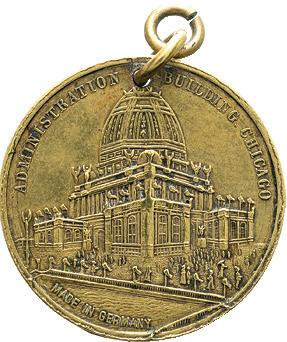


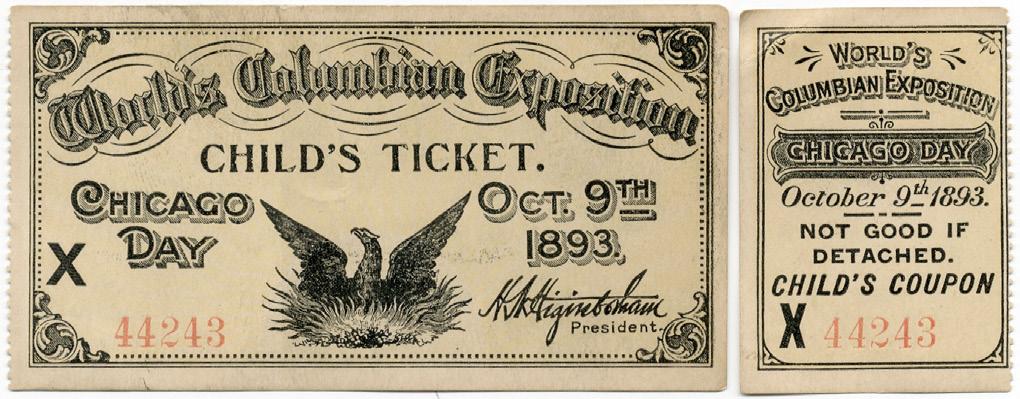
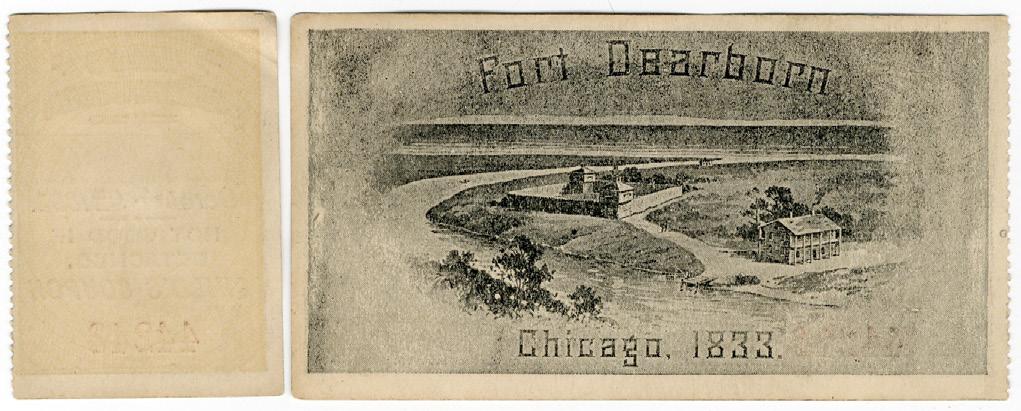
486 491 489 492 485 487 484 488 490

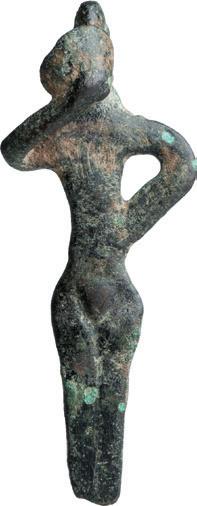





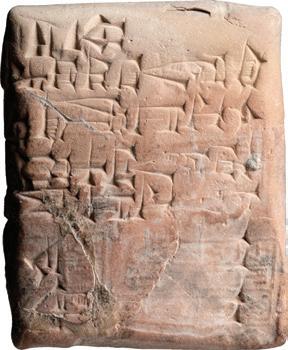


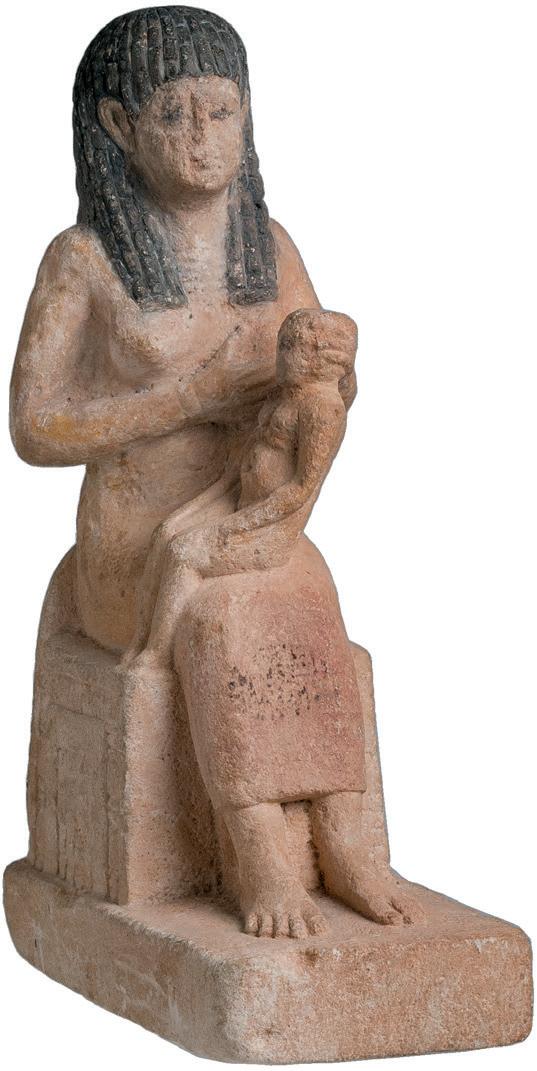





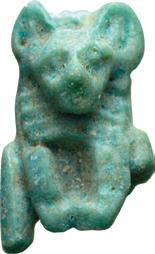


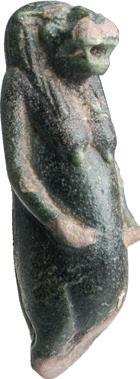

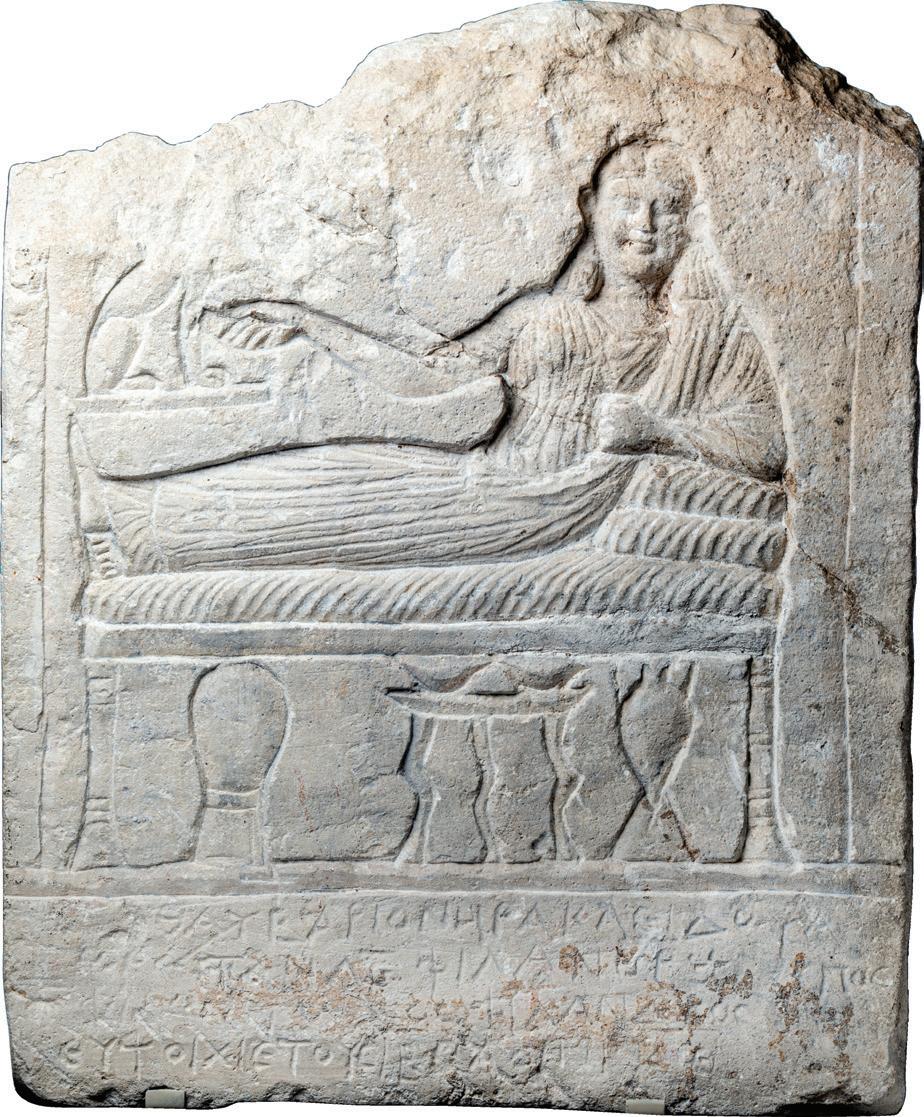




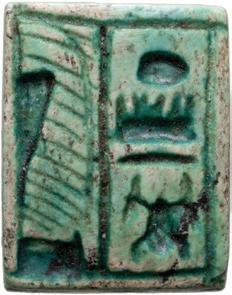


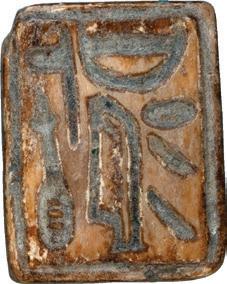
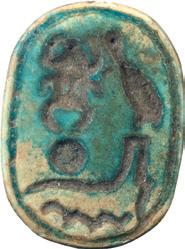
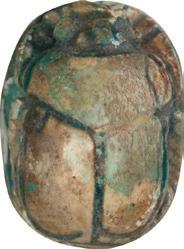


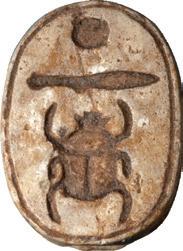
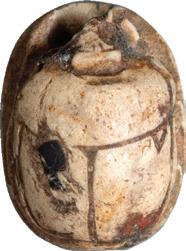

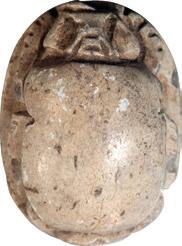

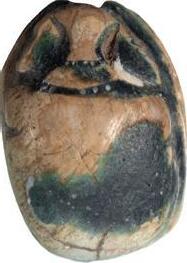
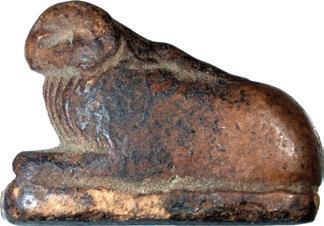




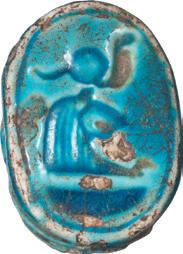
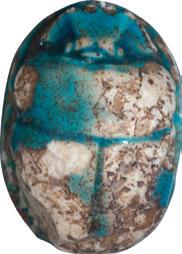
504 514 505 528 507 518 509 503 506 495 497 525 499 494 498 521 501 513 500 496 493 519 510 515 508 502 527 511 520 512 516 526 523 524 522 517

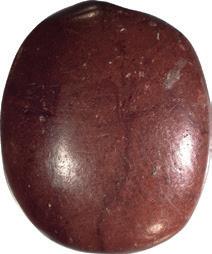
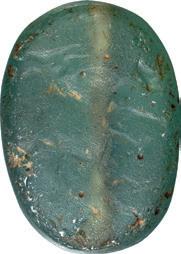

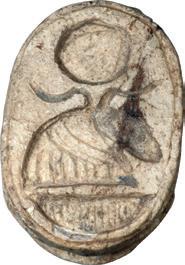
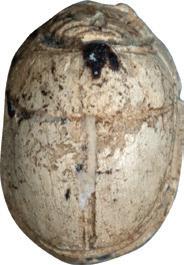

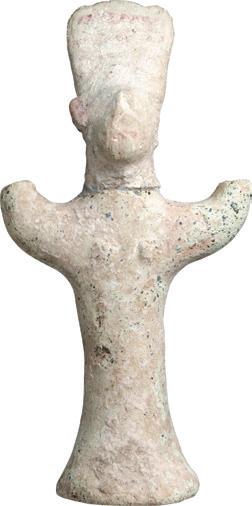

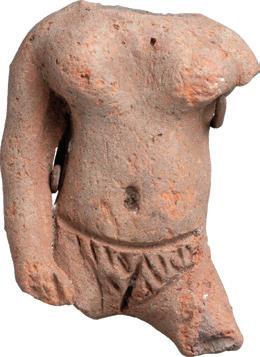

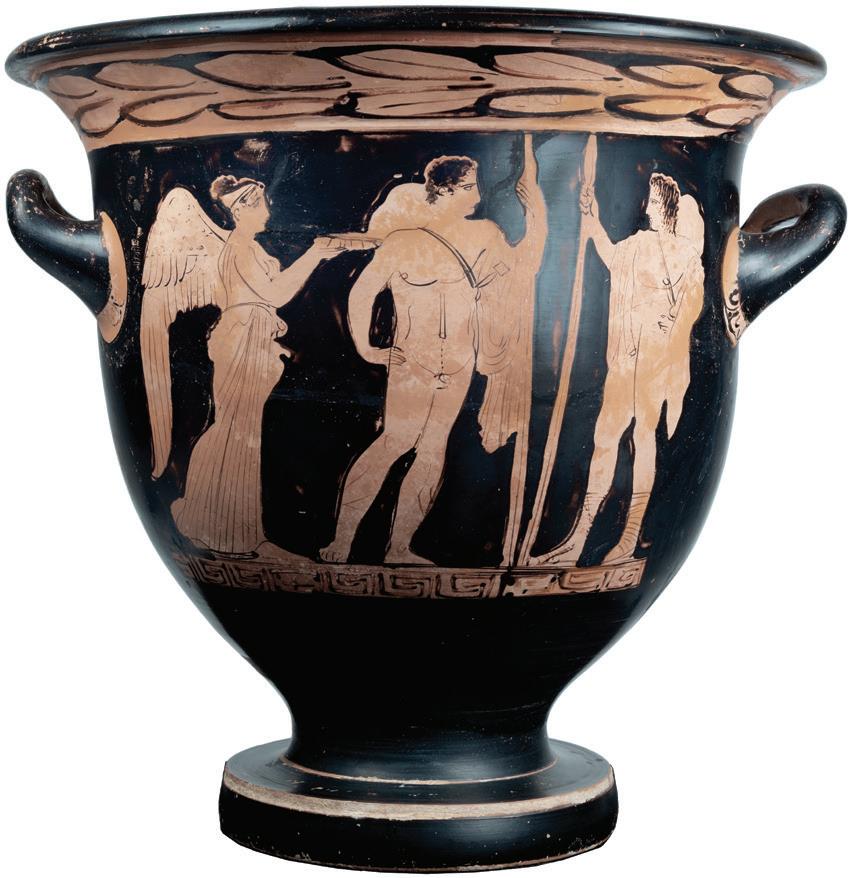

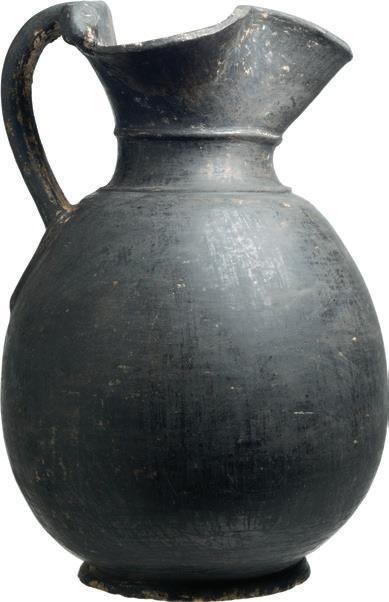
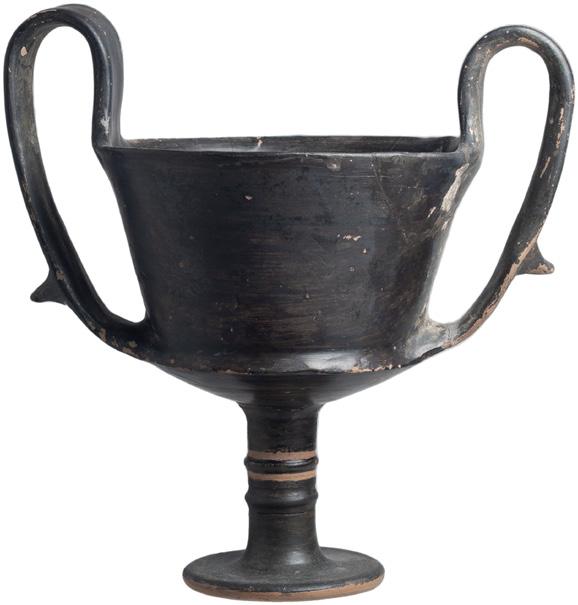


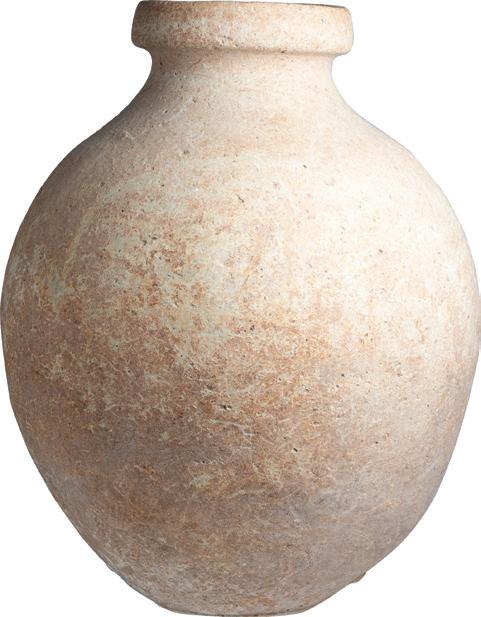

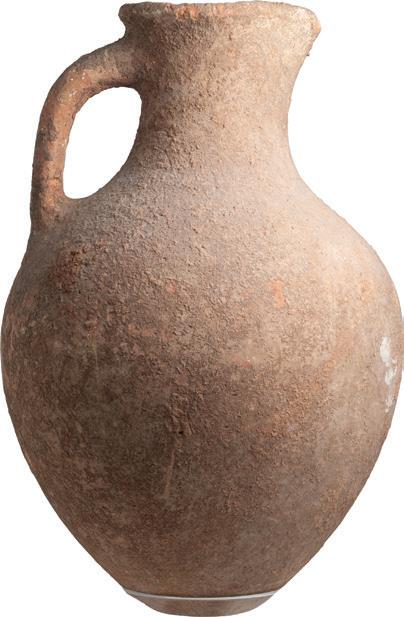

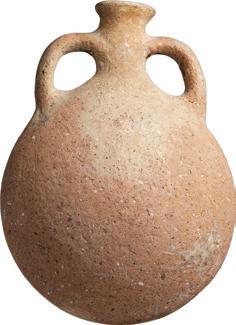
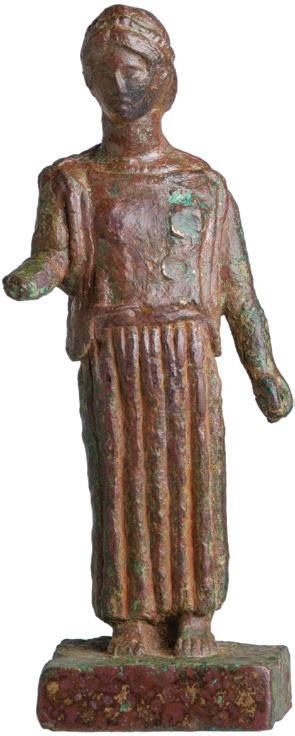
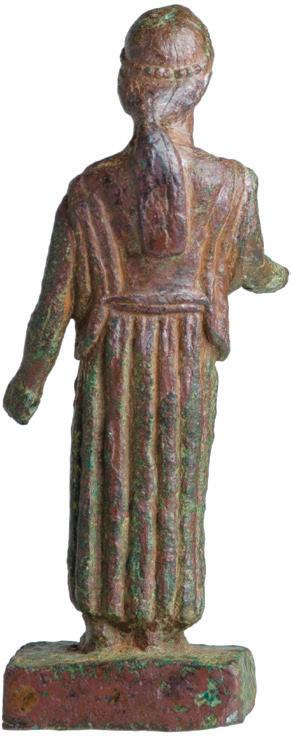




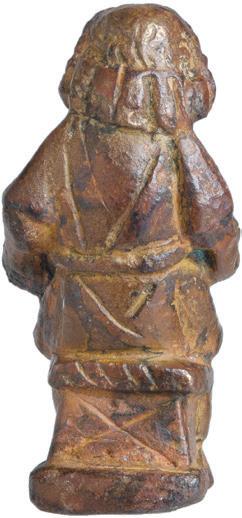
533 537 538 532 531 534 530 535 529 536 542 545 541 544 546 551 547 540 543 550 539 548
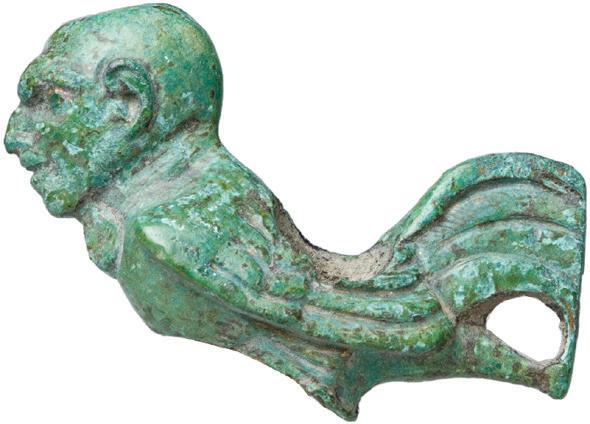

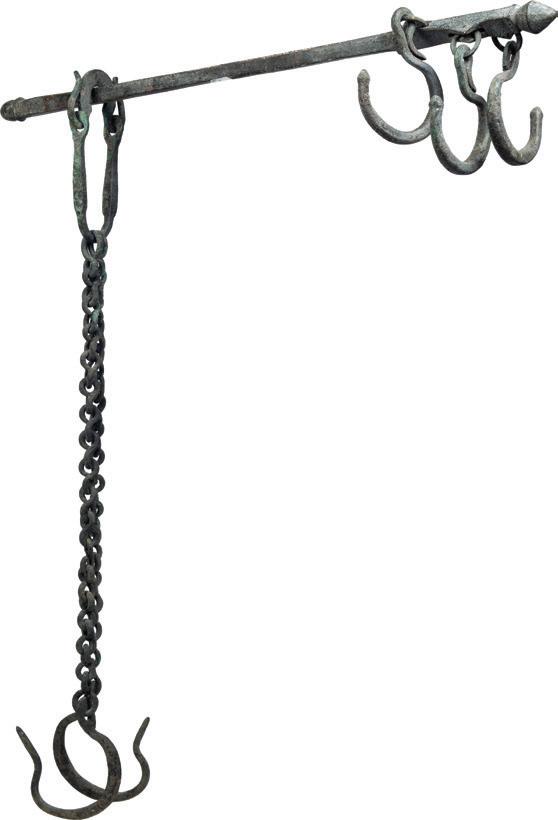


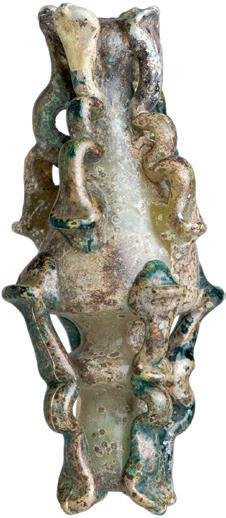

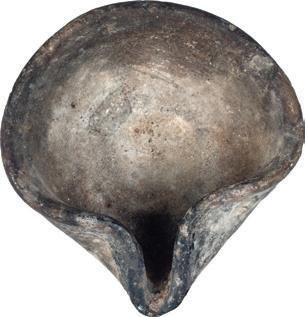

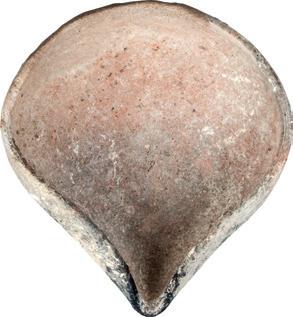

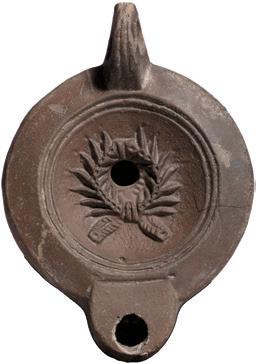



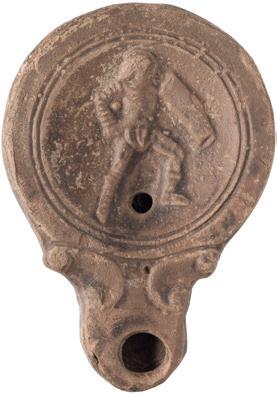
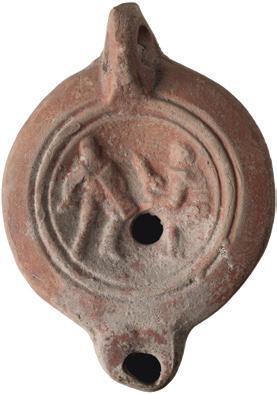



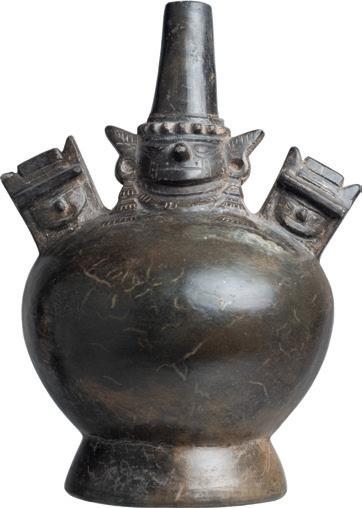
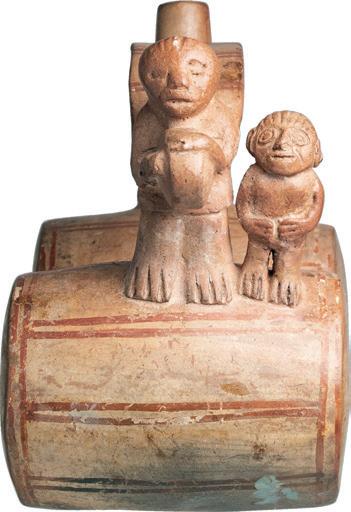
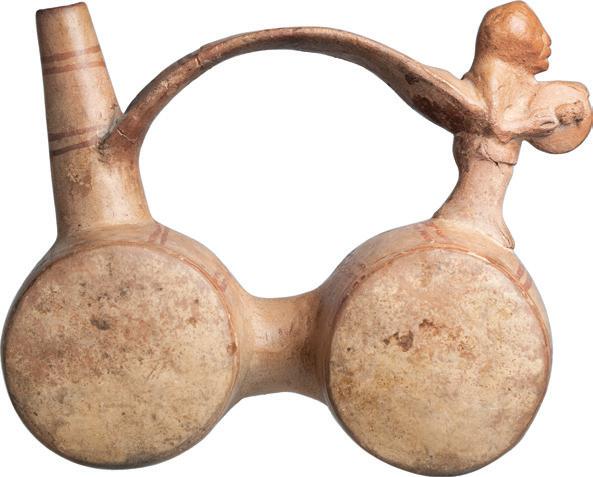
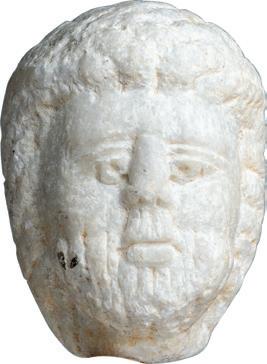
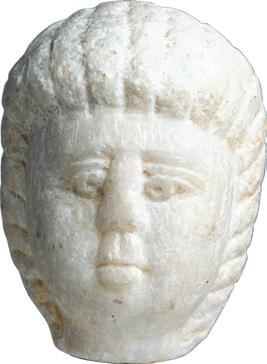


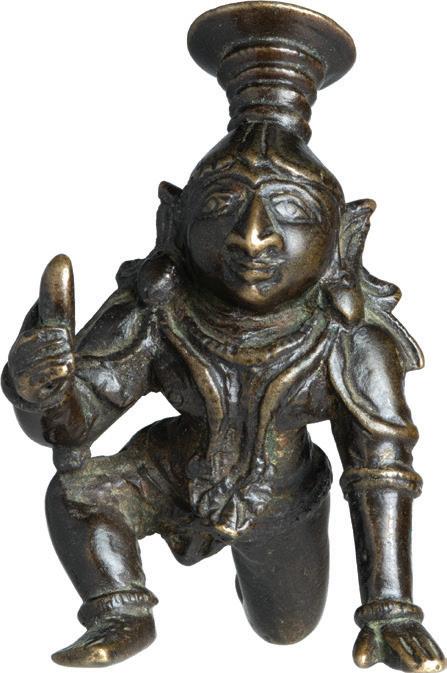
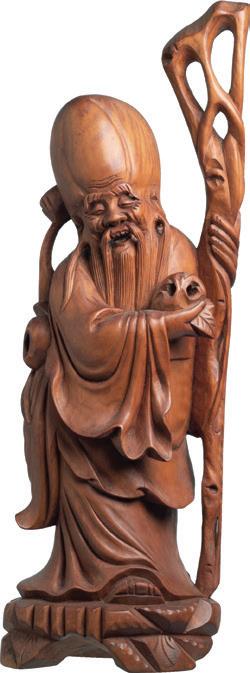
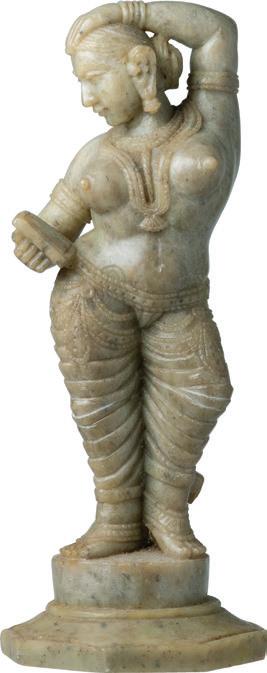
557 561 580 574 549 552 573 567 578 577 566 554 556 563 568 565 579 559 572 564 560 558 553 570 571 576 555 569 562 575
hand. Roman copy after a Hellenistic original. With STS Enterprises, San Rafael, California, 1999; California collection acquired from the above 1999; San Francisco Antiques Show Catalogue no. 14, 2000; Ex Christie’s New York, 11 December 2014, lot 137.
Century. Cup-like lamp with simple basin and handle in the shape of an animal. L. 4 1/4” (10.8 cm). 500
569. LATE ROMAN, EARLY BYZANTINE BRONZE OIL LAMP, ca. 5th-7th Century AD. The lamp with decorative handle, simple round body with flat top and round tipped nozzle. L. 3 7/8” W. 1 1/2” (9.8 cm x 3.8 cm). 450
18500
See W. Zschietschmann, “Hellas and Rome, The Classical World in Pictures,” pages 270-271. H. 3 3/4” (9.5 cm) , 4” (10.2 cm) with base.
551. ROMAN BRONZE COMEDIC ACTOR, ca. 1st Century AD. Seated on an incised integral stand, wearing a long sleeve tunic and laced boots. The facial features of the mask deep and exaggerated, the mouth of the mask gaping. H. 1 7/8” (4.8 cm).
570. BYZANTINE BRONZE HANGING OIL LAMP, ca. 7th-11th Century AD. Decorative handle, channeled nozzle, the bottom register with cut-outs. L. 7” W. 4 1/8” (17.8 cm x 10.5 cm). 750
SCULPTURE
1200
552. ROMAN BRONZE BUCKLE WITH HUNTING SCENE, ca. 1st-3rd Century AD. A fine bronze buckle with a hunting scene with two dogs and a boar running. L. 2” W. 1 5/8” (5 cm x 4 cm).
475
475
553. ROMAN BRONZE PATERA HANDLE, ca. 2nd Century AD. Wonderful bright green patina. L. 4 1/2” (11.4 cm)
571. ROMAN MARBLE JANIFORM HEAD, ca. 3rd Century AD. Janus was an ancient Roman god who represented the concept of beginning and end, presiding over entrance and departure, gates and transitions. The small marble head depicts a bearded older man on one side and a cherubic youth on the other. Custom mount. H. 3 1/8” (8 cm) H. 6 1/8” with mount. 1250
JEWELRY
554. ROMAN BRONZE STEELYARD, ca. 2nd-4th Century AD. The balance with long square-sectioned beam with rounded onion-knob finials with a large collar hangar from which two sizeable chains and hooks suspend. The other end with three attachment hooks. L. 16 3/4”.
GLASS
1250
555. ROMAN SIDONIAN YELLOW GLASS FLASK, ca. 1st-2nd Century AD. Splayed mouth with outward folded rim, attractive ribbed body with iridescence throughout.
Provenance:
Private Estate, Connecticut, acquired in the mid-1980s. H. 2 13/16 inches (7 cm).950
556. ISLAMIC GLASS BOTTLE WITH TRAILINGS, ca. 8th-9th Century AD. With intricate openwork design. Rendered in light green glass with darker green looped coils and handles. Iridescent highlights. Unusual type. Mounted. H. 3 3/4” (9.5 cm). 1250 OIL LAMP
557. BRONZE AGE HOLY LAND/ LEVANT SAUCER SHAPED OIL LAMP, ca. 1500 BC. With pinched spout for placement of the wick.
Provenance:
Harold and Mary Moore, New Jersey; thence by descent to Dr. Harold F. Moore (1947-2015), New York; private collection acquired 1983. W. 3” (7.6 cm). 175
558. BRONZE AGE HOLY LAND/LEVANT SAUCER OIL LAMP, ca. 1500 BC. Sauce lamp with sides pinched to form four wick “spouts” or holders. Provenance: Harold and Mary Moore, New Jersey; thence by descent to Dr. Harold F. Moore (1947-2015), New York; private collection acquired 1983. 4 5/8” x 4 3/4” (11.7 cm x 12.1 cm). 450
559. LATE BRONZE AGE HOLY LAND/LEVANT SAUCER OIL LAMP, Pinched on one side to form the wick hole.
Provenance:
Harold and Mary Moore, New Jersey; thence by descent to Dr. Harold F. Moore (1947-2015), New York; private collection acquired 1983. W. 4 3/4” (12.1 cm). 250
560. LATE BRONZE AGE HOLY LAND/LEVANT LARGE SAUCER LAMP, ca. 1200 BC. A large lamp with deep basin to contain the oil, single pinched side to form the wick holder. Provenance:
Harold and Mary Moore, New Jersey; thence by descent to Dr. Harold F. Moore (1947-2015), New York; private collection acquired 1983. W. 5 5/8” (14.3 cm). 150
561. SYRIAN PALMYRA OIL LAMP WITH INSCRIPTION, ca. 100-150 AD. Two small raised circles on sides of wick hole and a line of raised circles separating the shoulder from nozzle. Rosette and Aramaic inscription around the shoulder reading “aglbol v’mlkbl” or Aglibol and Malakbel. Aglibol was a lunar deity in the ancient Syrian city of Palmyra. The name means “Calf of Bel” (Calf of the Lord). He is linked with a sun god, Malakbel. The cult continued into Hellenic time and was later extended to Rome. L. 3 1/8” (7.9 cm). 4250
562. ROMAN TERRACOTTA OIL LAMP WITH WREATH, ca. 50-200 AD. The discus bears the image of a triumphal wreath. Smooth rim with a double groove. The underside of the lamp has a slightly raised foot inscribed with the potter’s name, MNOVIVST, as well as the artist’s mark, a small impressed circular design. Ex Harlan J. Berk, Ltd. BBS 137 lot 648. L. 4 1/4” (10.8 cm). 475
572. GRECO-ROMAN SHEET GOLD DIADEM, ca.1st Century BC. Sheet gold diadem, perforated at both ends for attachment. Repousse decorated with a rectangular panel in the center with highly stylized abstract figures, flanked on both sides with three roundels also depicting stylized floral vines and various geometric elements. Overall normal wrinkling and folds with minor imperfections. Contained in a plexiglass slab holder. Provenance: The Hanita and Aaron Dechter Collection, Los Angeles. acquired before 1989. Published but not photographed; K. Hamma, ed., The Dechter Collection of Greek Vases, San Bernardino, 1989, p. 85, no. 62, (not illustrated). Exhibited: San Bernardino, California State University; and Art Galleries, California State University, Northridge, The Dechter Collection of Greek Vases, 5 May-2 June 1989 and 26 February-30 March 1990. L. 9 3/4” W. 7/8” (24.8 cm x 2.2 cm). 1850
WEAPONS
573. LURISTAN BRONZE DAGGER, ca. 1200-1000 BC. Recessed handle for inlay, vibrant green patina. L. 17 1/2” (44.5 cm). 950
PRE-COLUMBIAN
574. MOCHE DOUBLE BARREL STIRRUP SPOUT VESSEL, Peru, ca. 500-700 AD. Two figures seated atop one of the barrels, strap handle joining the two drum-like chambers, elongated spout for pouring.
Provenance: Private Collection (T.O.), California, acquired on the South American Art Market in the 1970s-1980s; thence by descent. L. 6 3/8” H. 5” (16.2 cm x 12.7 cm ). 950
575. PERUVIAN SICAN BLACKWARE STIRRUP VESSEL, ca. 700-900 AD. Spouted stirrup jar with upper body adorned with figural motif. The Sican lord Naylamp’s head and headdress are displayed beneath the conical spout while his attendants’ heads project from the shoulder of the vessel. Naylamp was the mythical hero founder of the Lambayeque (aka Sican) civilization.
Provenance:
Private Collection, Maryland, acquired in the early 2000s. University Collection. H. 7 1/2” W. 5 1/4” (19 cm x 13.3 cm). 350
ASIAN ART
576. CHINESE MING BRONZE CENSER, Ming Dynasty Late 16th Century. This is a classic late Ming to early Qing type bronze censor. Modeled on an ancient vessel type, this body design originated in the Shang or Zhou periods. Similarly inspired archaizing ornament adorns its sides. The piece has four tubular legs and a rectangular body with an openwork lid topped by a classically Chinese Ming foo dog (lion of Buddha). The piece has typical Ming repair work in lead on one side to cover up casting flaws. This suggests the piece was originally lacquered. A rare period piece. H. 13” W. 8” D. 6 1/2”
2200
577. CHINESE QING CARVED PHOENIX GILT LACQUER PANEL, Qing Dynasty Late 18th Century. This delicately carved phoenix bird or pheasant floats across swirling clouds in an openwork design painted in high quality and well preserved gilt lacquer. The piece was originally an architectural element. Excellent example and condition for age. L. 10 3/8” W. 4” 400
578. CHINESE CARVED BOXWOOD STATUE OF SHOU LAO, 20th century. One of the most popular of the numerous Chinese gods, the high-headed Shou Lao with his large wooden walking stick and holding the peach of immortality symbolizes a long and happy life. While a newer piece this representation is nicely modeled in a large piece of the increasingly rare boxwood - a wood coveted by sculptures for its hardness, even color and grain. H. 12” (30.5 cm) 200
375
563. ROMAN TERRACOTTA OIL LAMP WITH DEER, ca. 30-150 AD. The discus bears the image of a stag jumping right, a tree to the left. Disc offset by a groove, rounded voluted nozzle. Ex Harlan J. Berk, Ltd. BBS 140, 27 October 2004, lot 619. L. 3 7/8” W. 2 3/4” (9.8 cm x 7 cm).
564. ROMAN OIL LAMP WITH CRANES, ca. 1st Century AD. A beautiful example with depiction of two cranes within tall plants, filling hole at center. The disc distinguished from the shoulder with three fine grooves. The nozzle angular and voluted. L. 4 1/8” W. 3” (10.5 cm x 7.6 cm).
775
579. INDIAN BRONZE BABY KRISHNA, Circa 17th to 18th Centuries. A nice older piece, this is the child Krishna as the butter thief. Renowned for his mischief as a youth, this image of Krishna is very popular representation in India. Krishna is one of the seven incarnations of Vishnu and the star of the Bhagavad Gita epic. The sculpture has a generally brown to black patina with years of devotional wear. H. 3” W. 1 3/4”
350
950
565. ROMAN OIL LAMP WITH GLADIATOR, ca. 1st-2nd Century AD. On the discus, a Roman gladiator with shield upheld. Filling hole bottom center. Round tip voluted nozzle. L. 3 3/4” W. 2 1/2” (9.5 cm x 6.4 cm).
566. ROMAN OIL LAMP WITH GLADIATORS, ca. 2nd Century AD. The discus with two confronting gladiators, unmarked shoulder distinguished by concentric grooves the nozzle tip rounded and slightly misshapen. Ringed handle. On the underside: maker’s mark indistinguishable. L. 4 1/2” W. 3 1/4” (11.4 cm x 8.3 cm)
650
580. INDIAN MARBLE STATUE OF A GODDESS, British Period, Early 20th Century. The voluptuous earth goddess or Devi stands in tribhanga, (triple bend), her left hand on her head and holding a mirror in her right. H. 7 5/8”. 150

